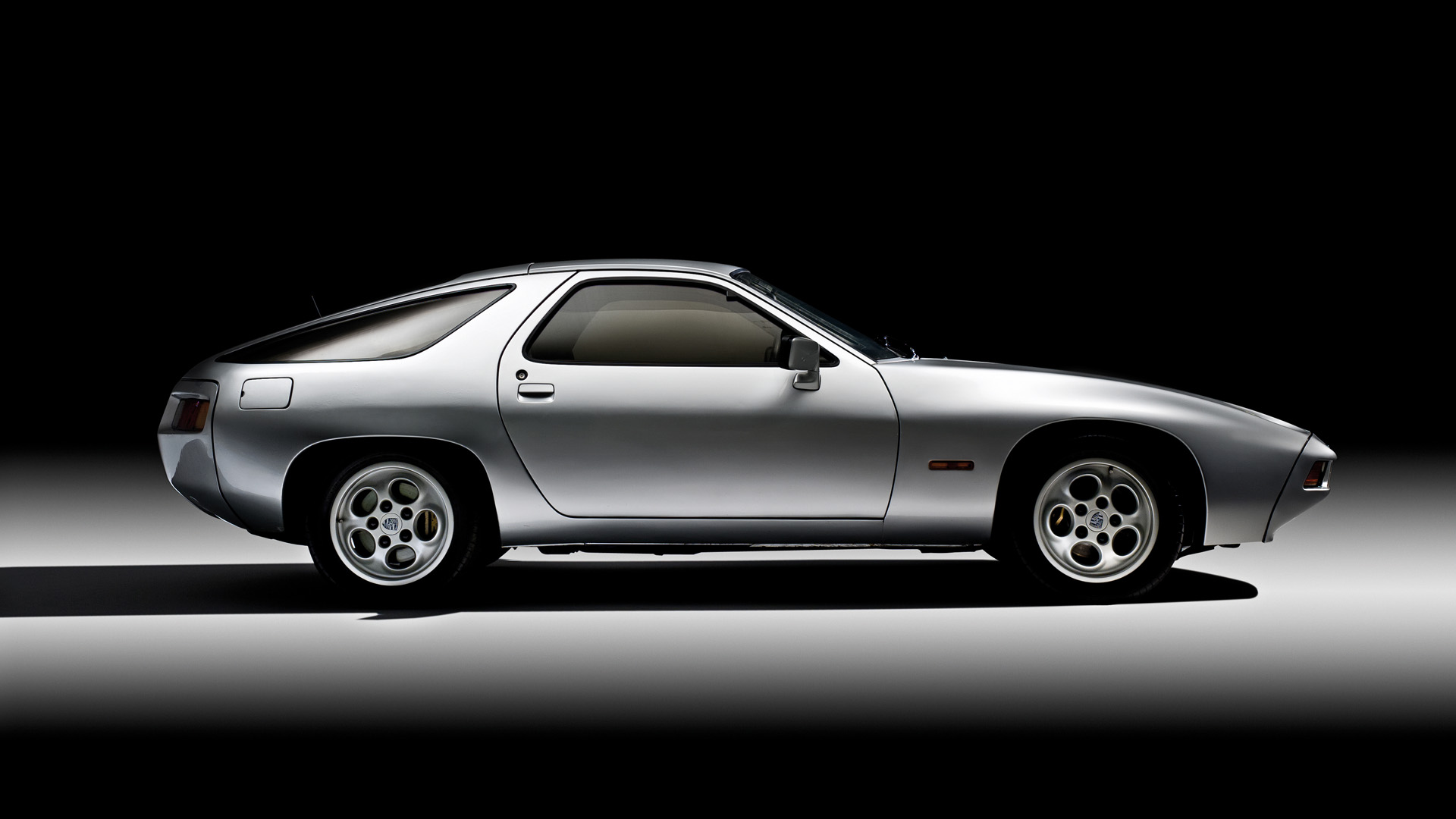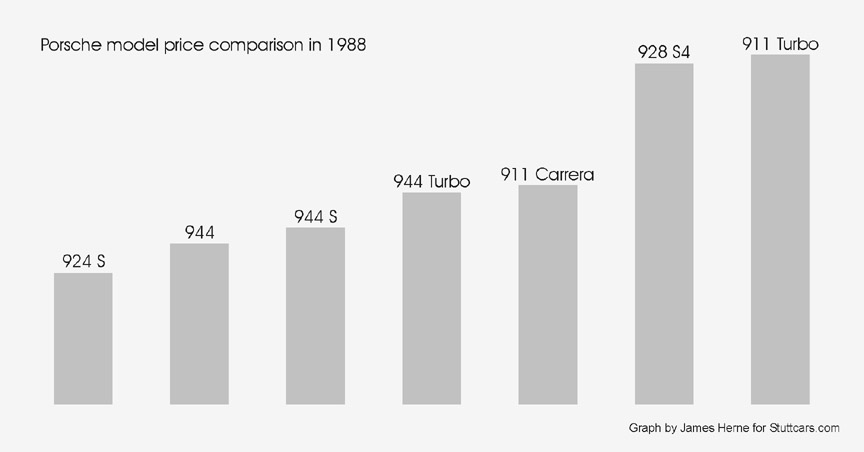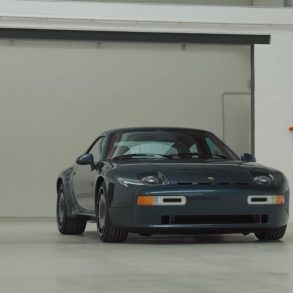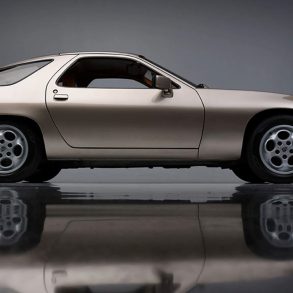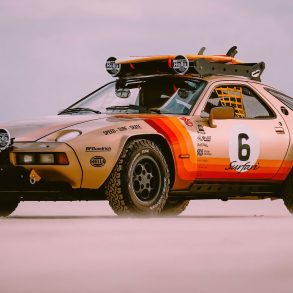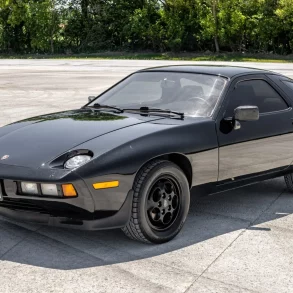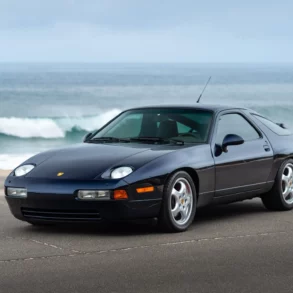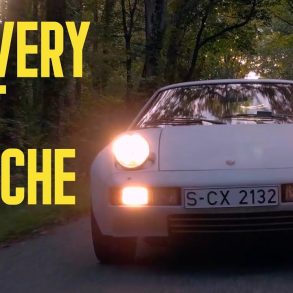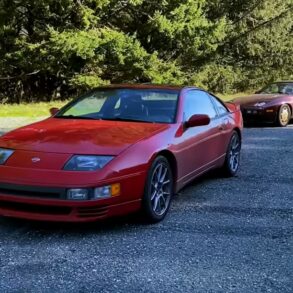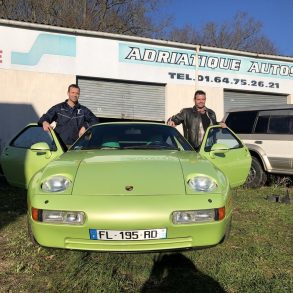The Porsche 328 Story
“A driver’s car built for passengers”
In 1971, the design work started on the end-of-the-seventies 911 H-model (that would come after the 911 G-model which was to be launched in 1973). The first plan was to create a wedge-shaped slantnose coupé with a rear-mounted V8 with five to six litre capacity.
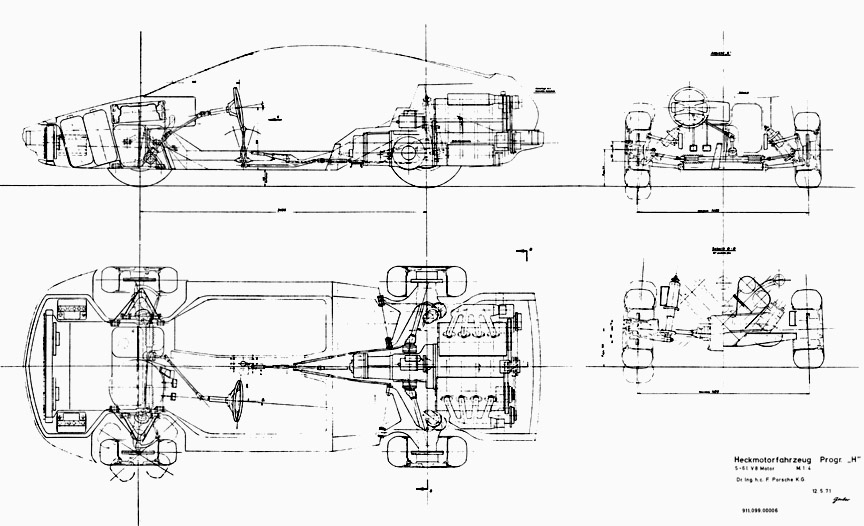
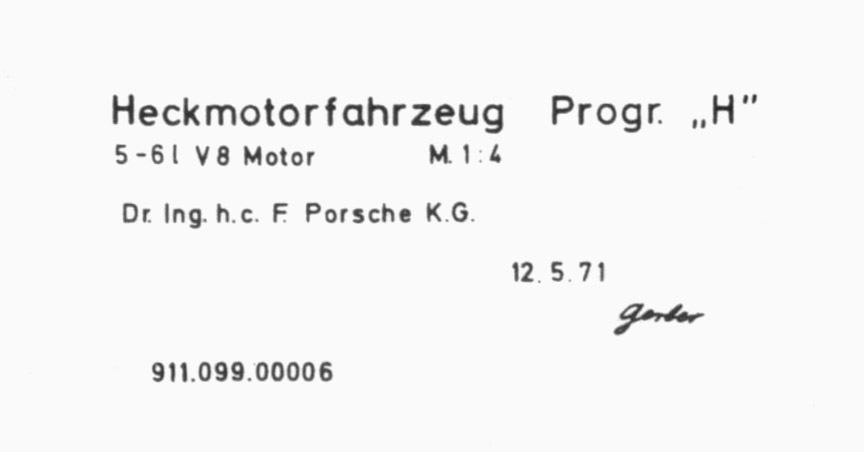
By 1972 it was decided that the engine will be at the front and the new name for the 911 H project was 928.
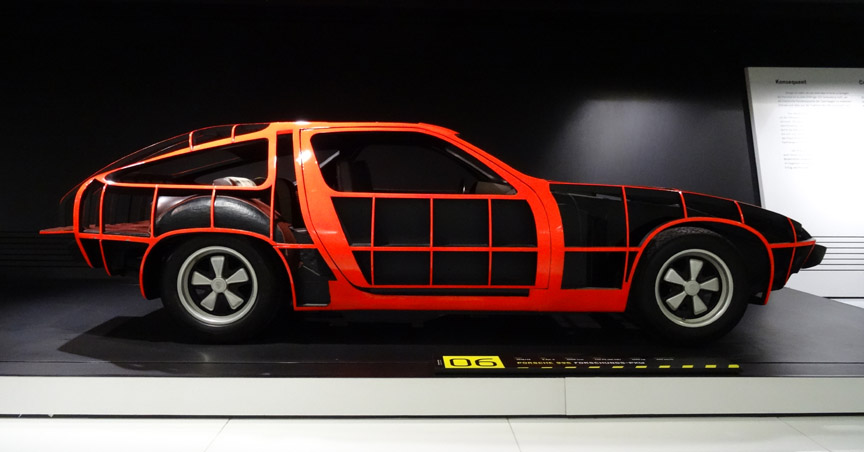
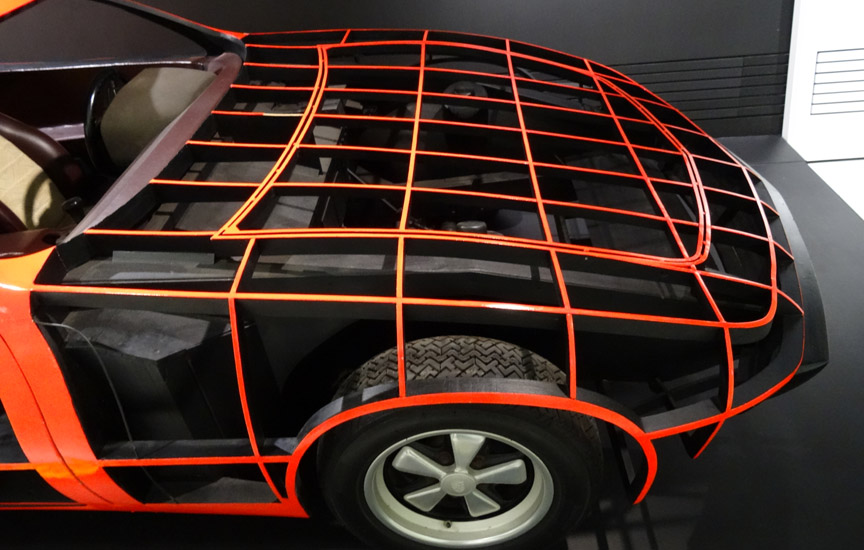
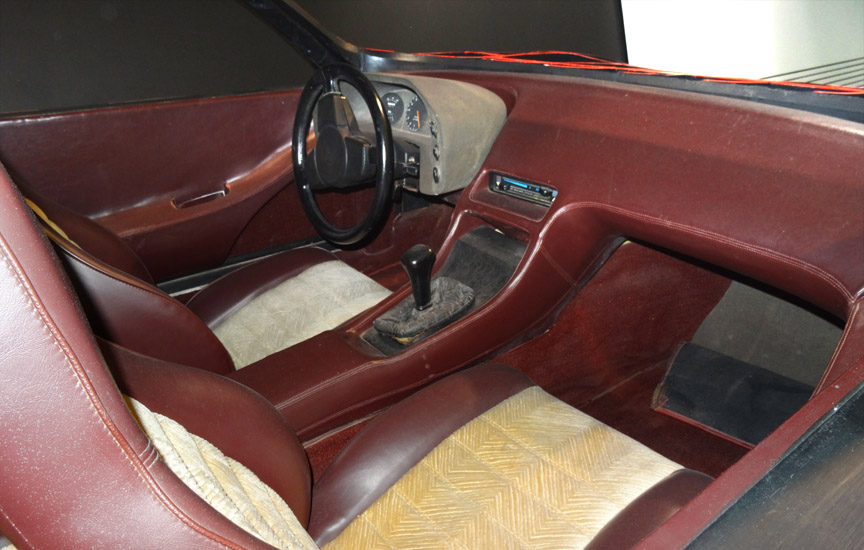
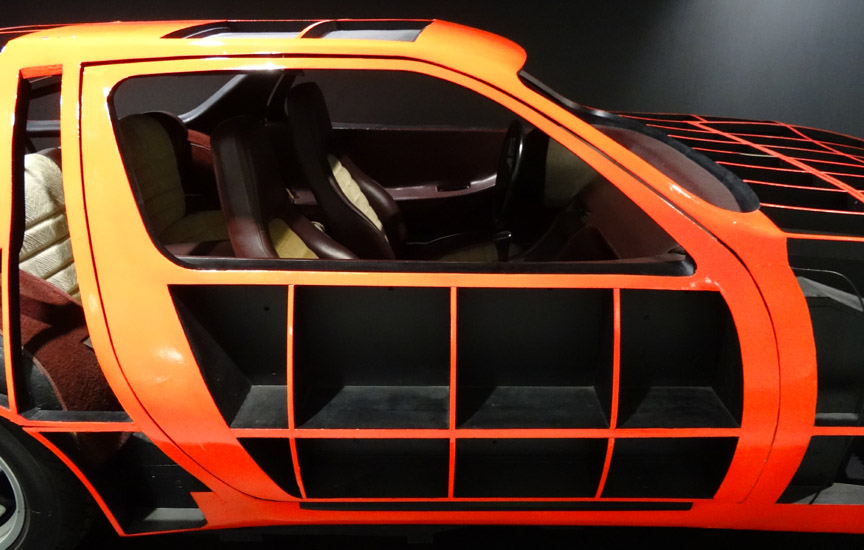
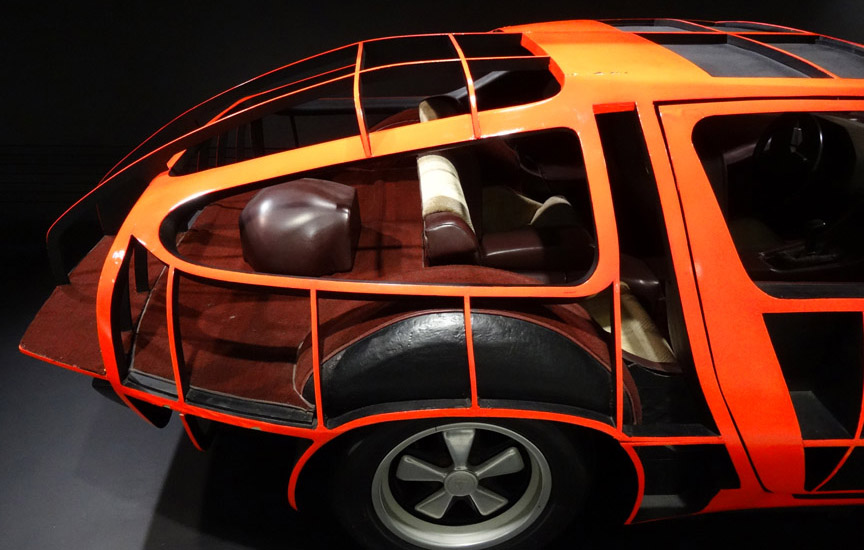
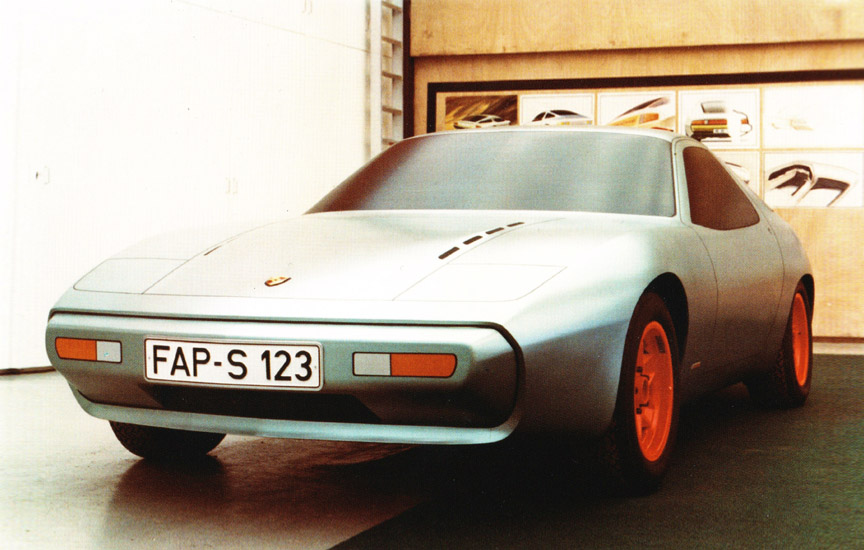
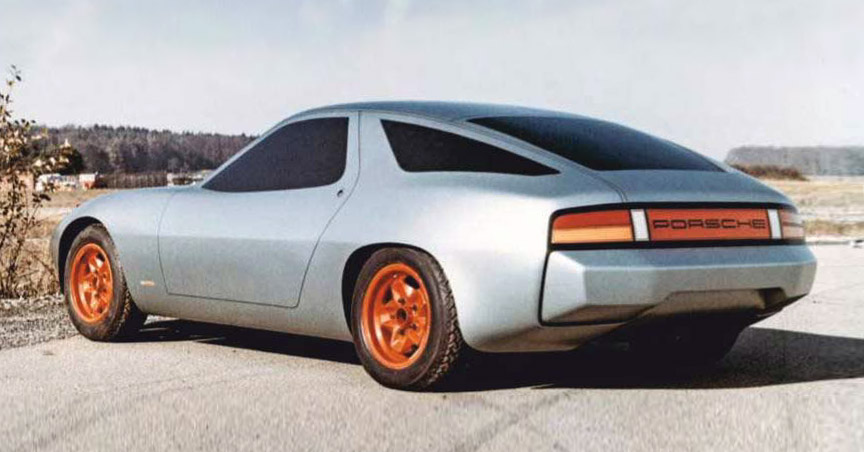
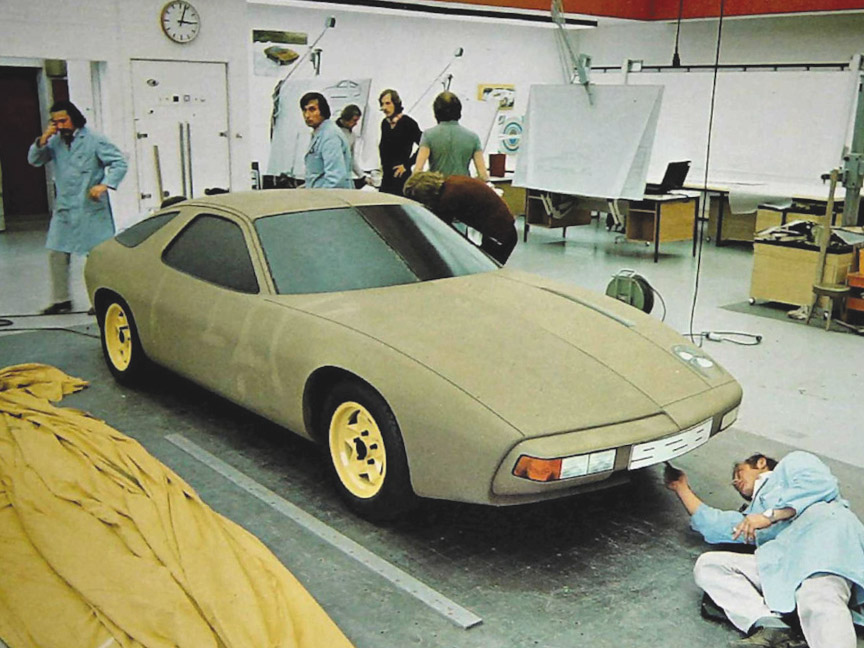

The then futuristic and later iconic looks of the 928 were created under the supervision of head of design, Anatole Lapine. To streamline the car, it got flush-mounted bumpers and special headlights. The headlights were positioned high for better night visibility, but were lowered into the body during the day. The 180-degree reversed pop-up headlamp construction allowed to wash the lenses even when the lamps were stowed away into their sockets.
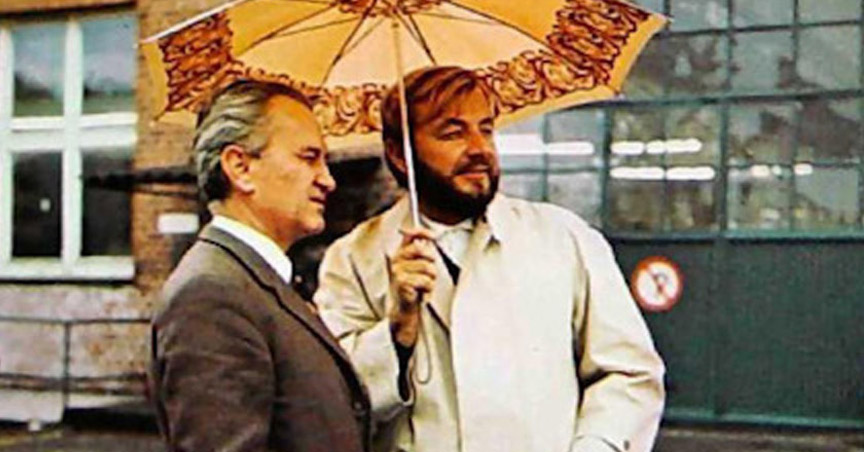

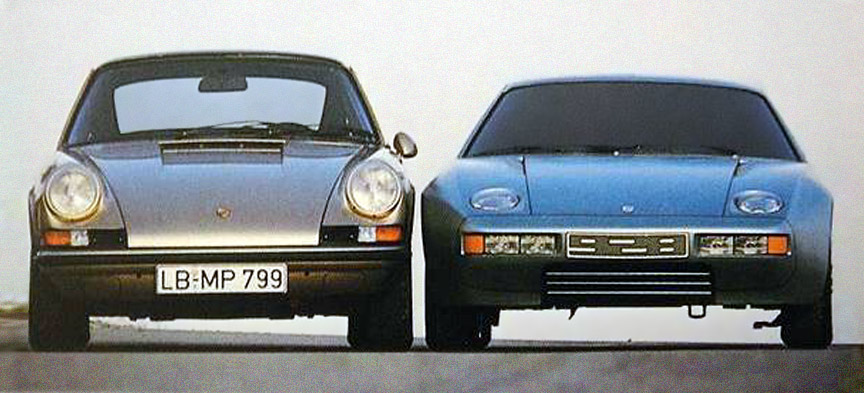

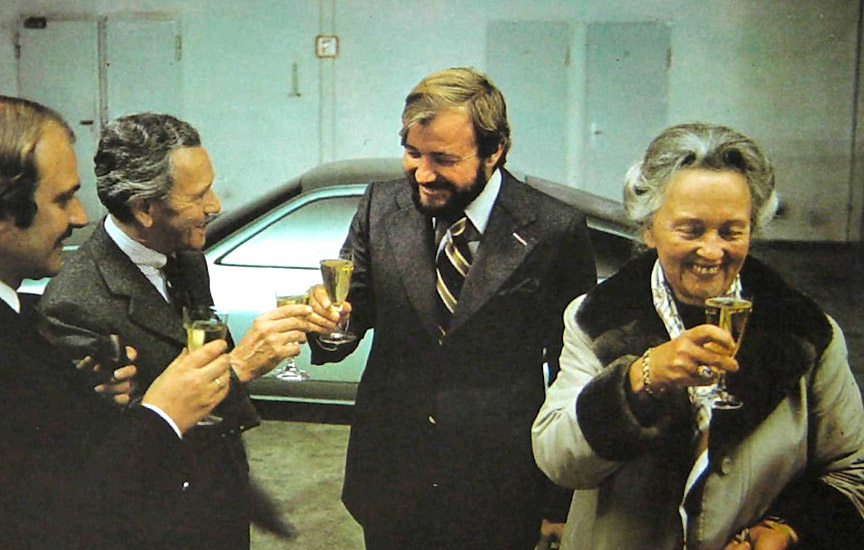
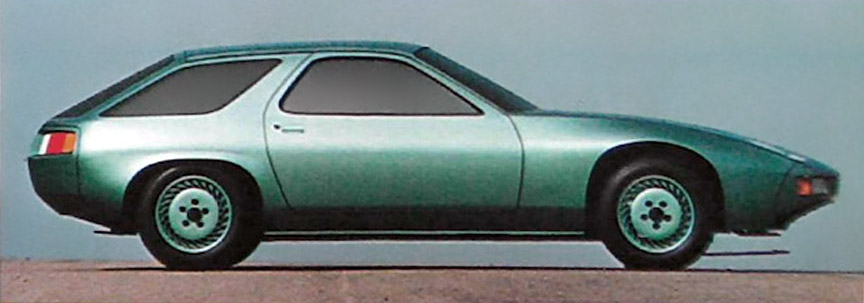
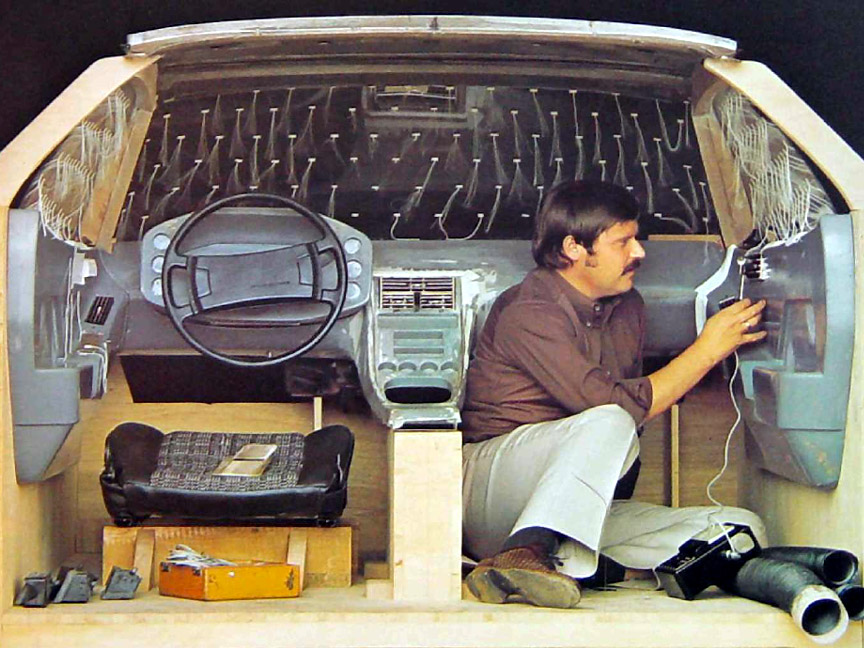
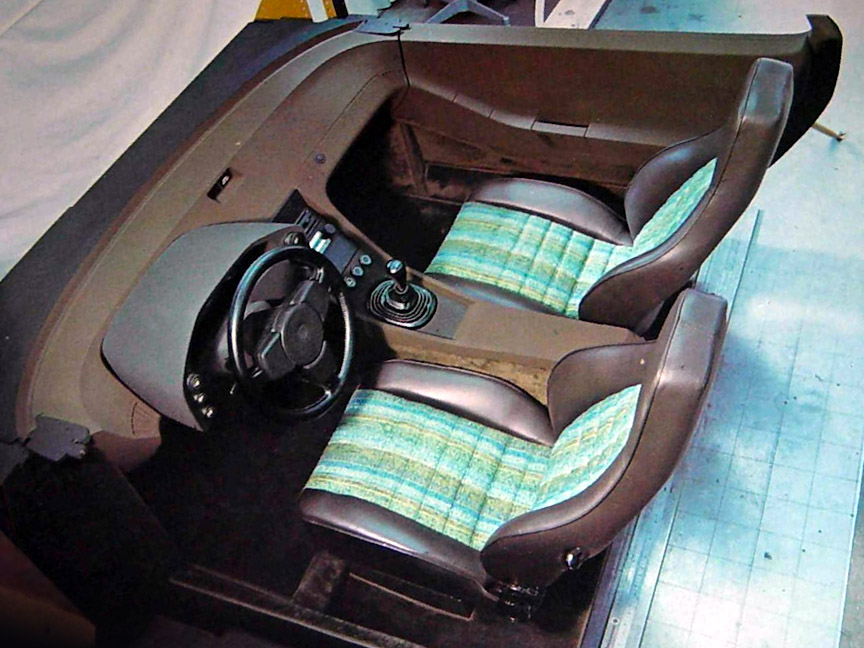
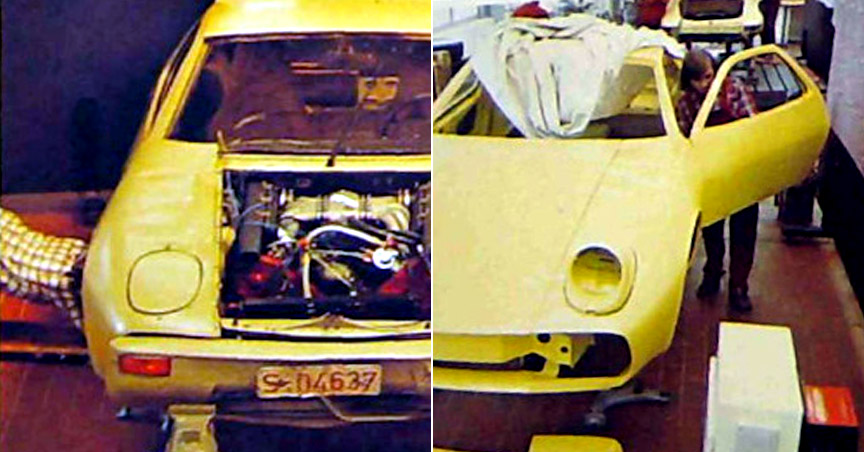
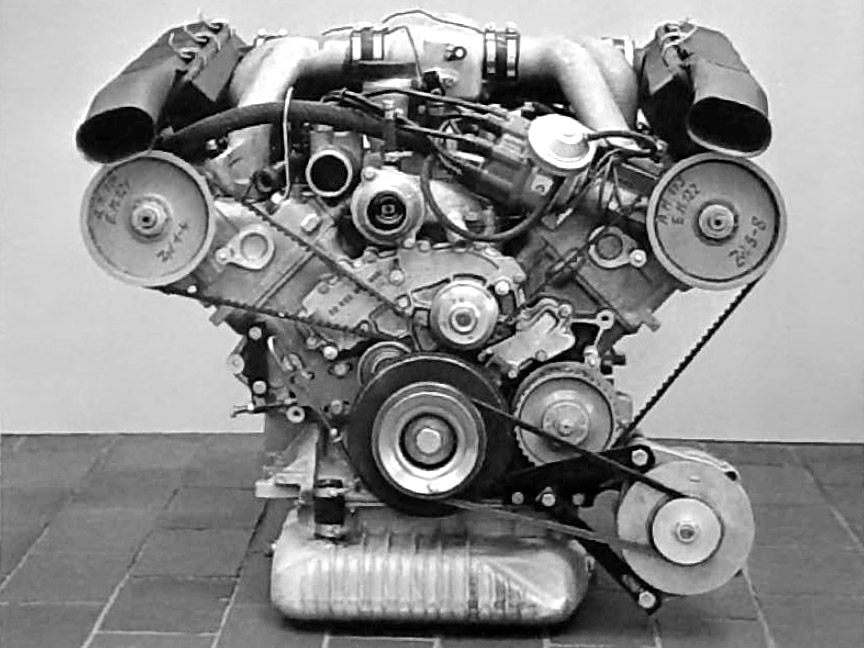
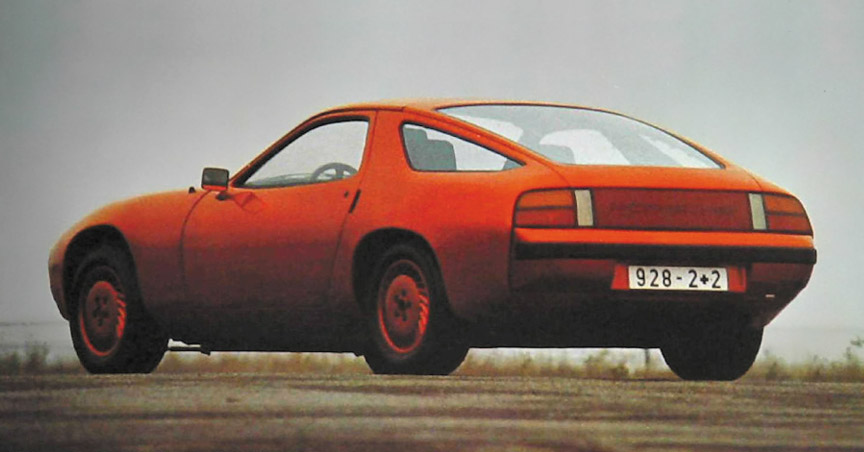
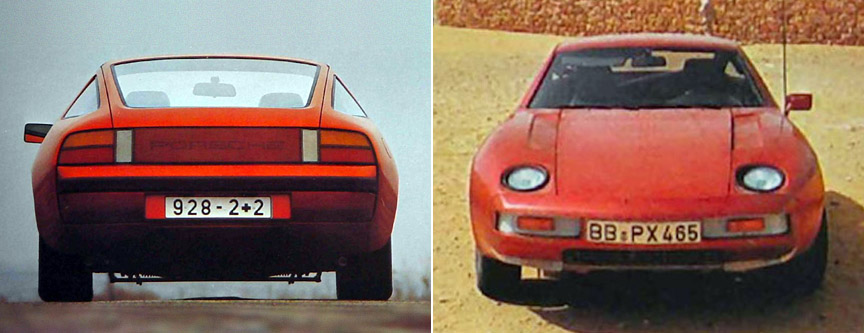
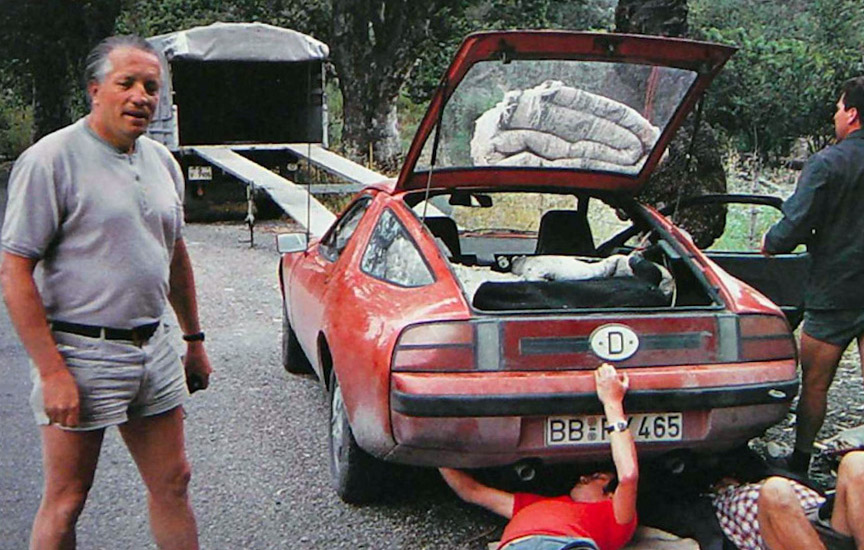
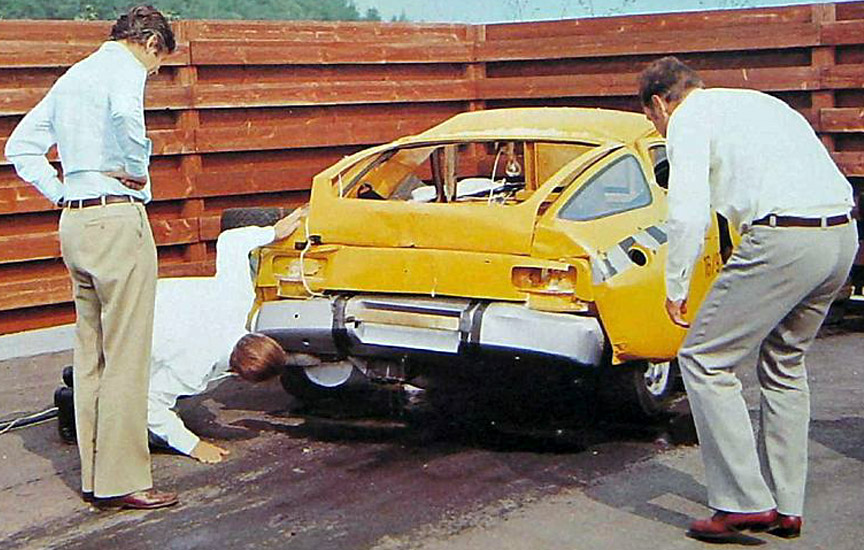
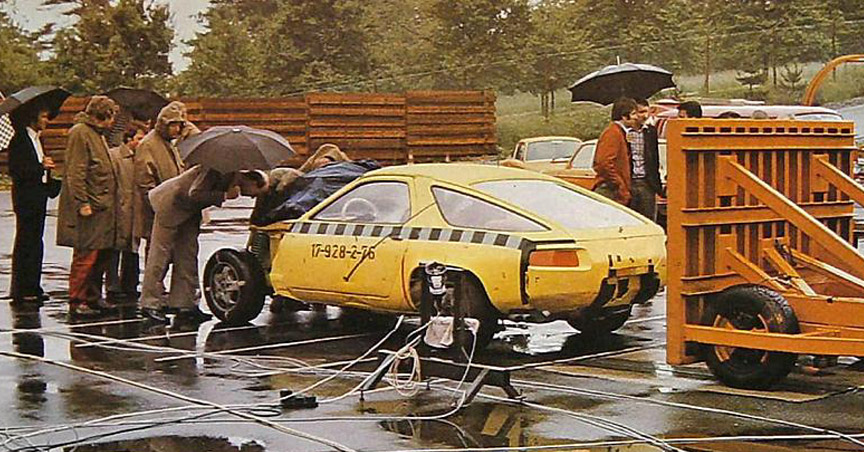
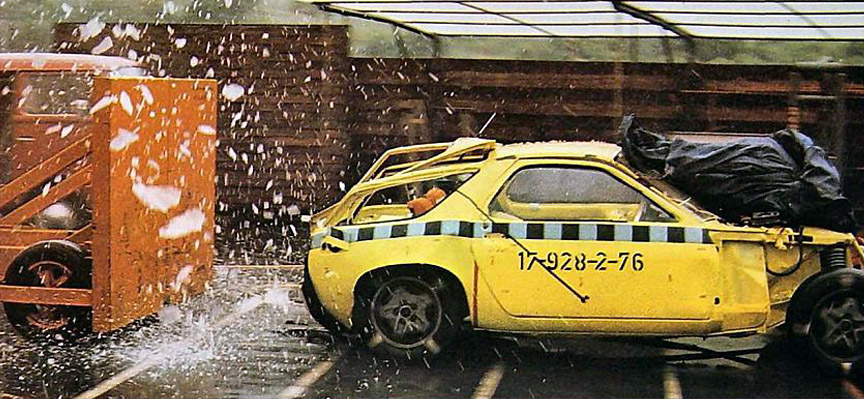
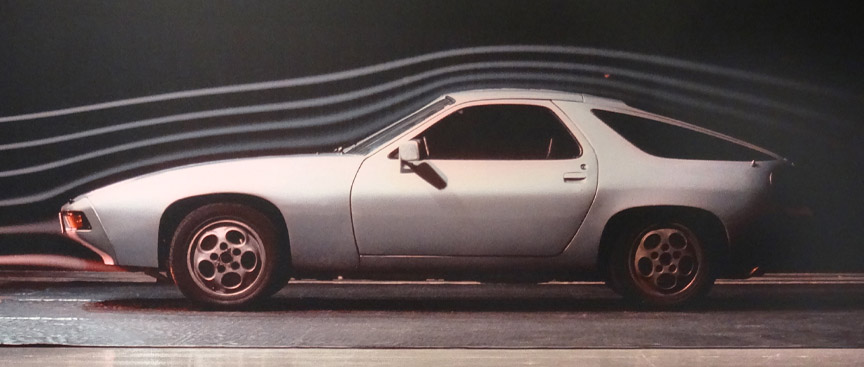
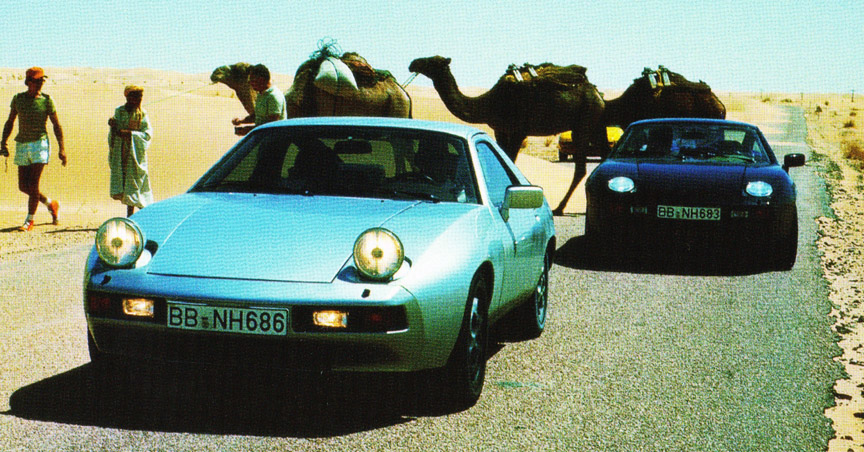
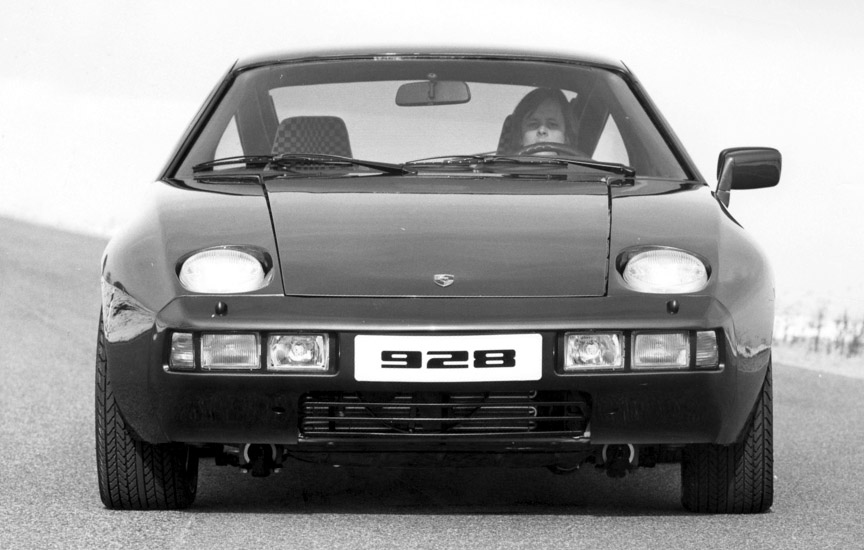
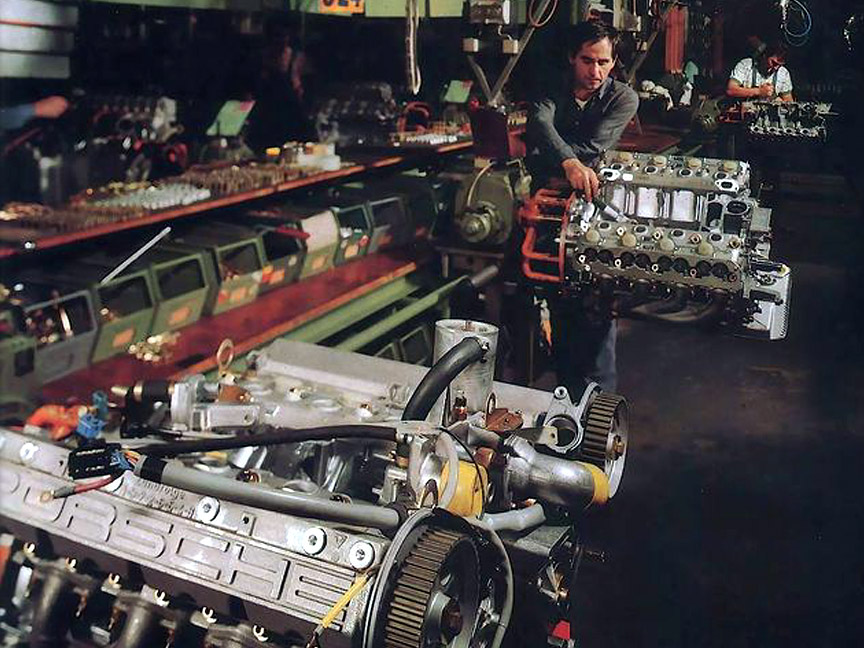
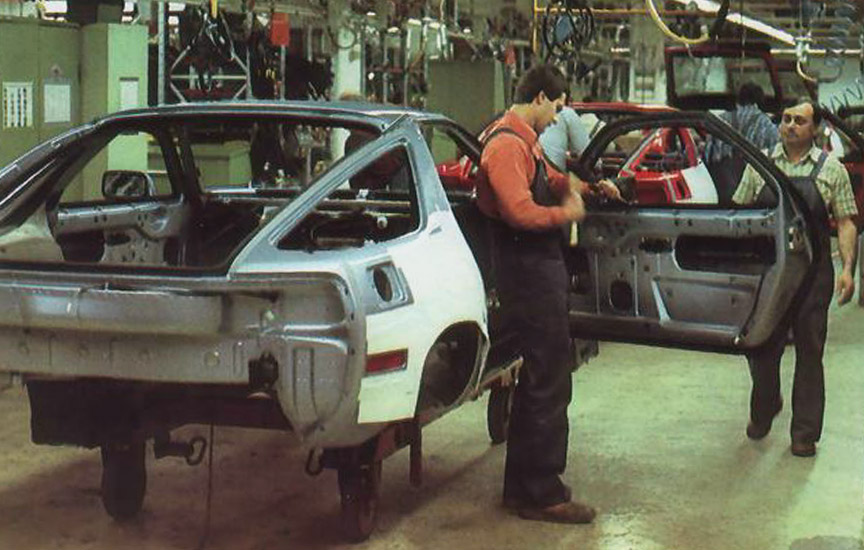
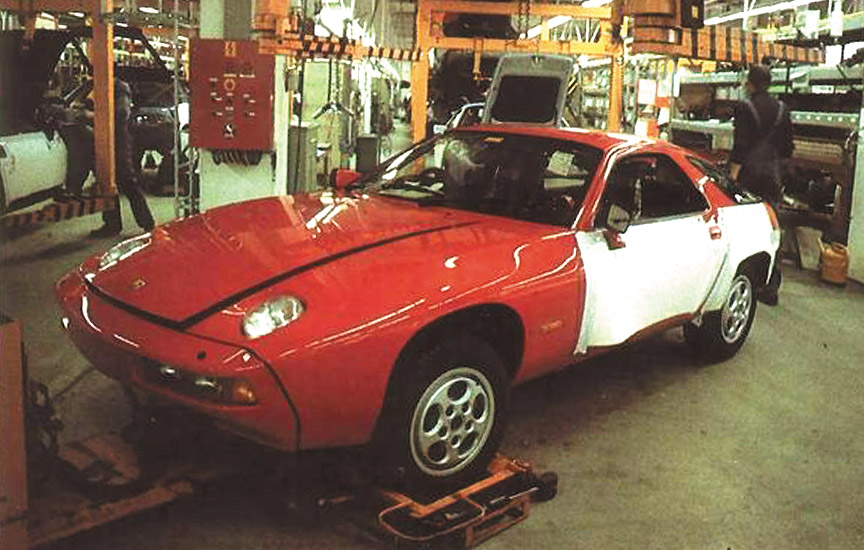
The 928 press kits were unveiled in the beginning of 1977 and the car was publicly shown at the Geneva motor show in March. These were the days when Porsche company itself was still really active in marketing – for example, one of the Porsche AG ads said “Write numbers 9 2 8 on your business card and send it to us to have a 928 sales catalogue mailed to you”.
The 1977 Frankfurt IAA (International Motor Show Germany) was the second public showing of the new Porsche 928. It took place in September following the Geneva Auto Salon held earlier in March. The 928 appeared at the dealerships in the summer of 1977 as a 1978 model. The internal code for the right-hand-drive versions started with 927.
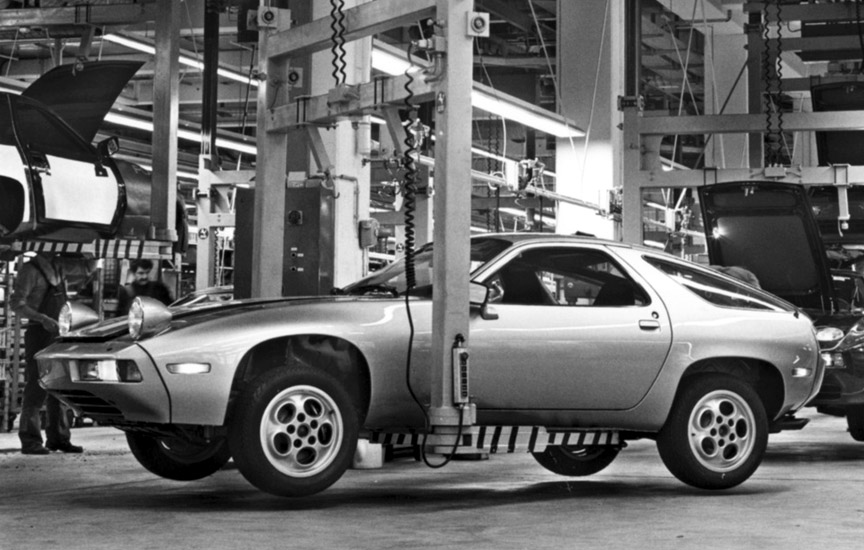
Thanks to front engine and rear transmission, the car was ideally balanced. The engine lid, front fenders and doors were made of aluminium, saving 35 kg/77 lb. The steel body was zinc-galvanized. The equipment of the luxurious grand tourer included steering wheel height adjustment and an instrument cluster that moved together with it, power windows, central locking, cruise control. The car was even engineered to have sun visors for the rear passengers. Optionally available was an additional air cooling for the rear of the car and cooling for the glove compartment.
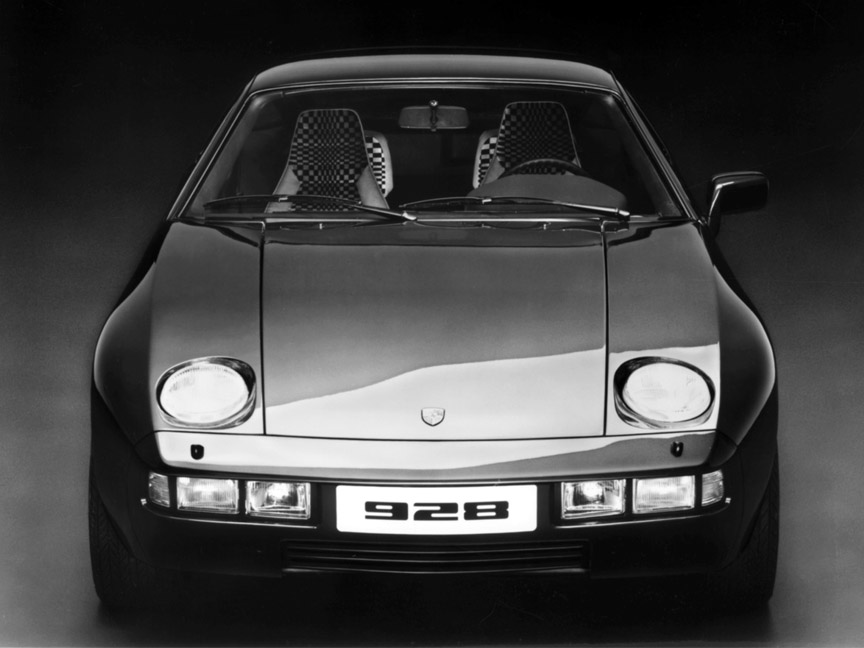
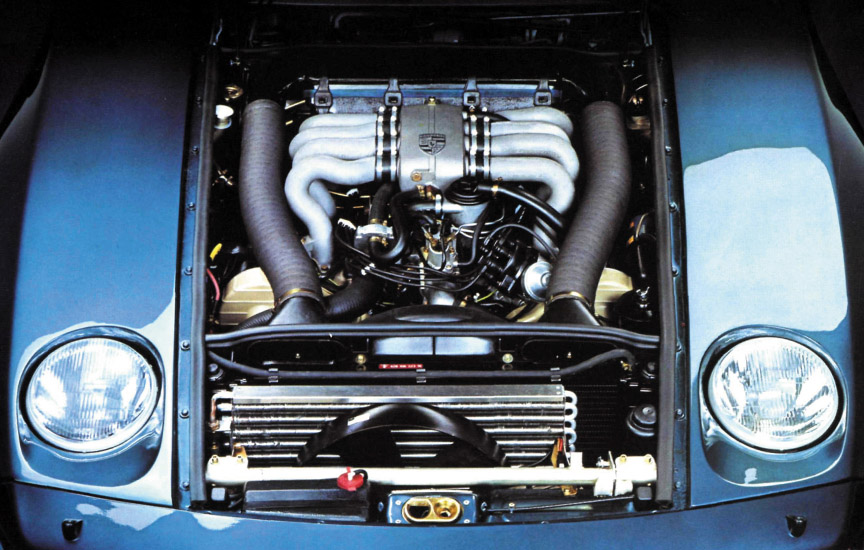
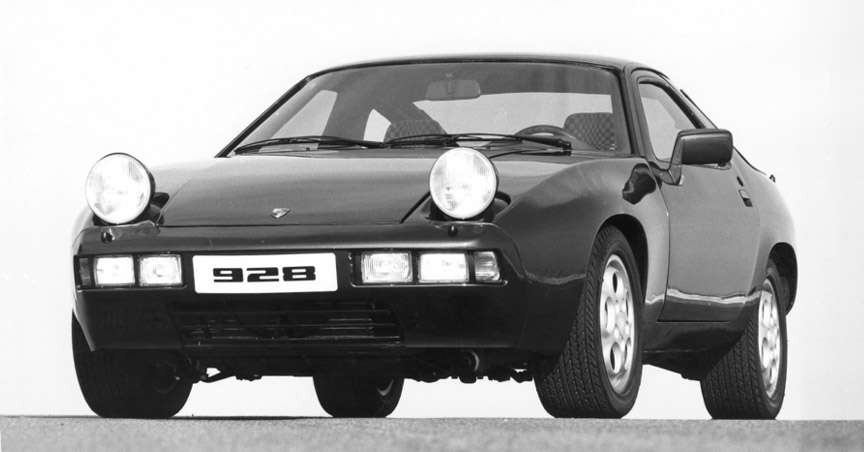
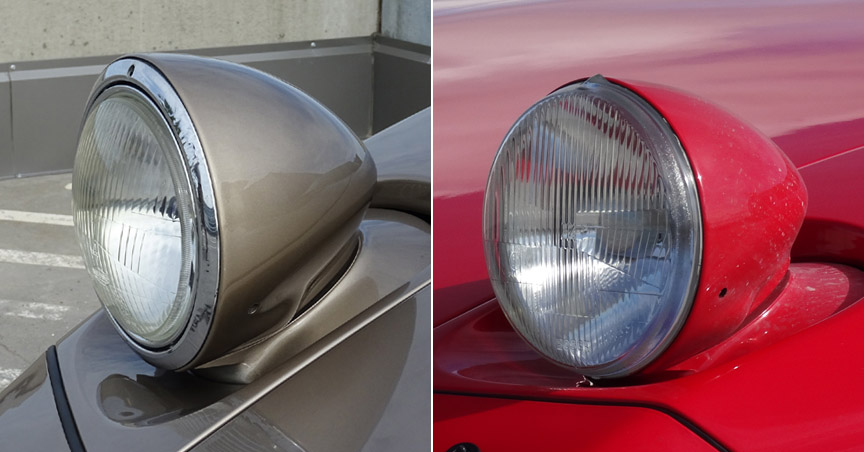
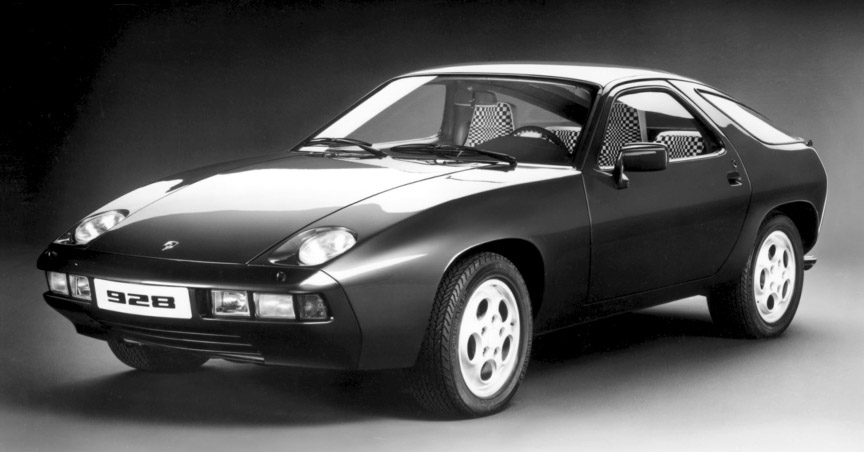
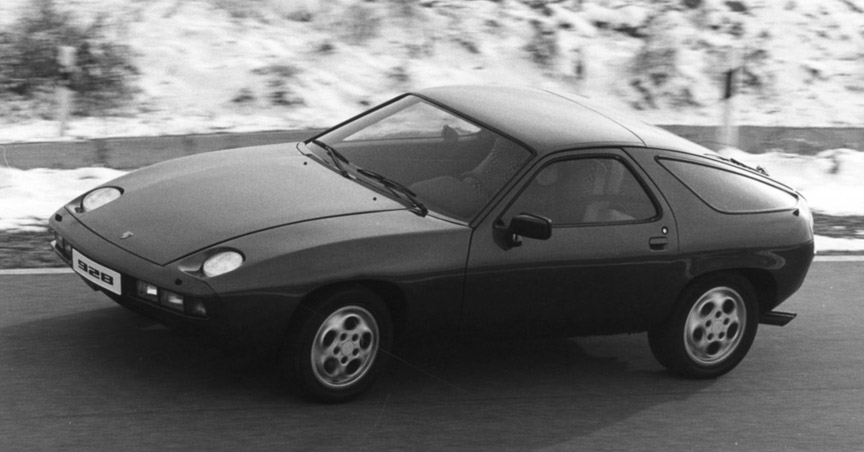
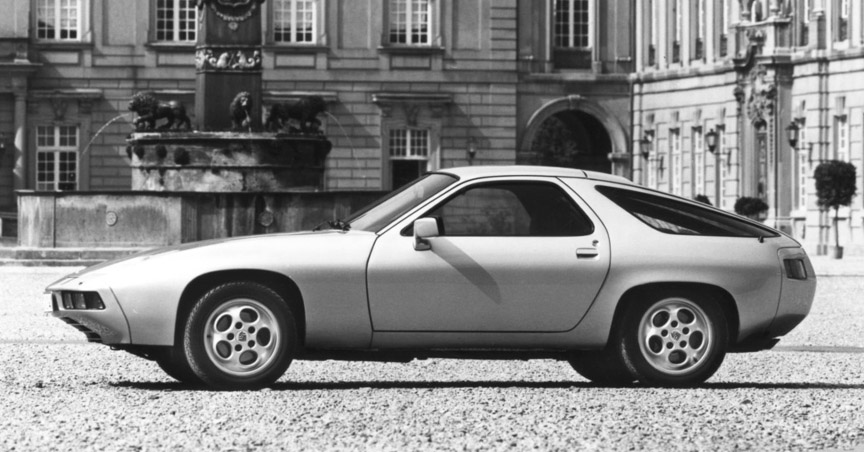
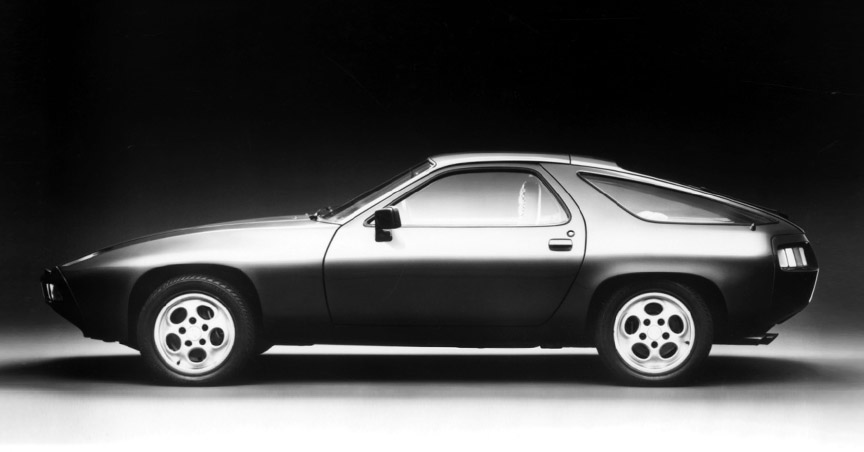
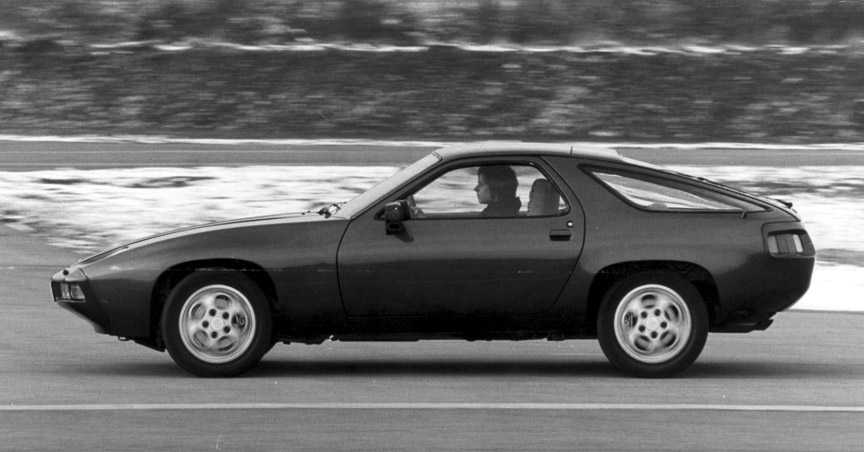
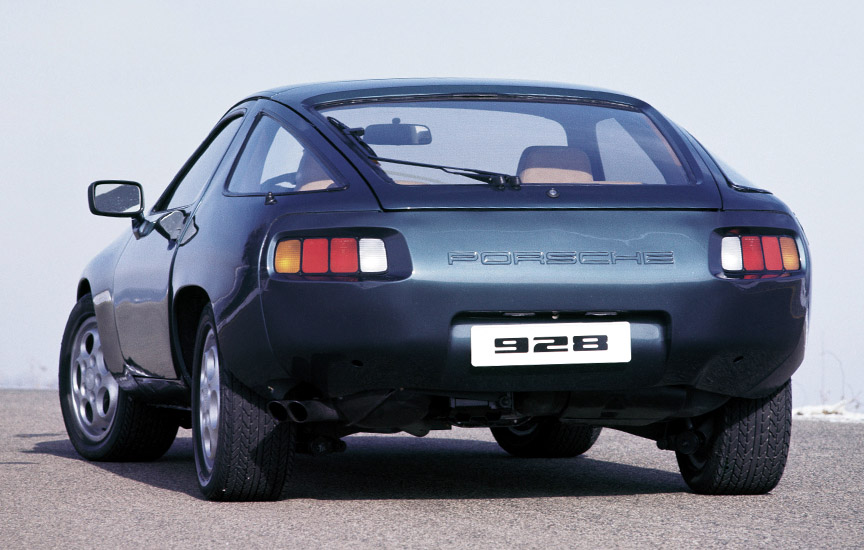
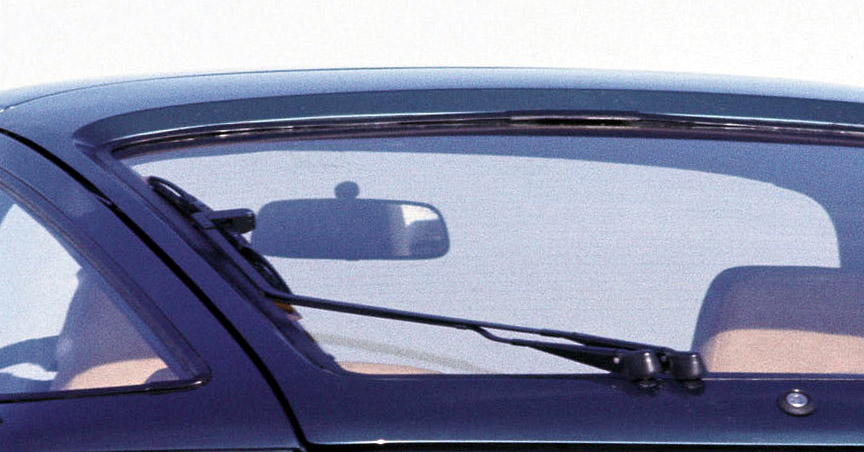
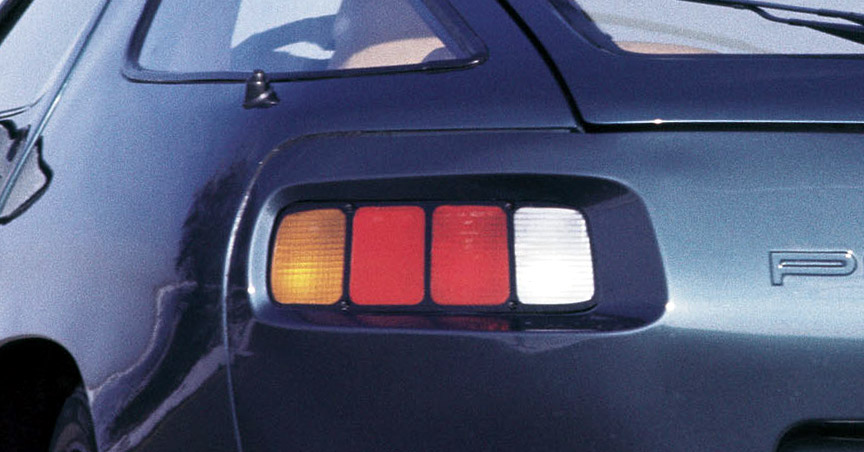
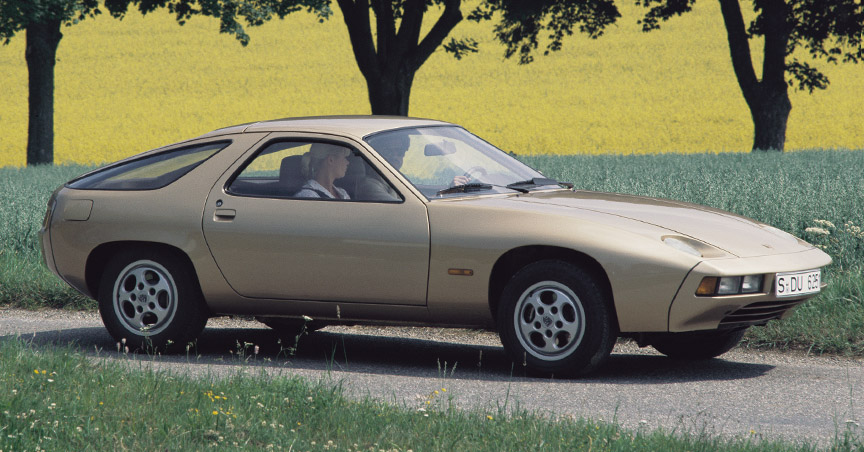
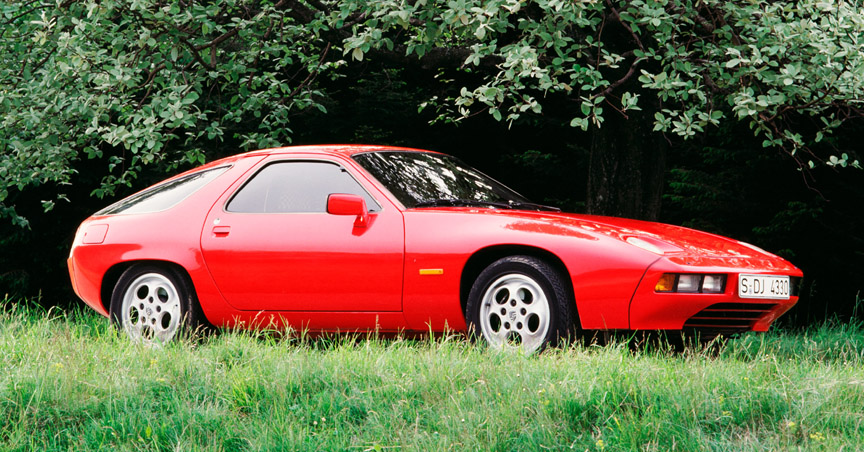
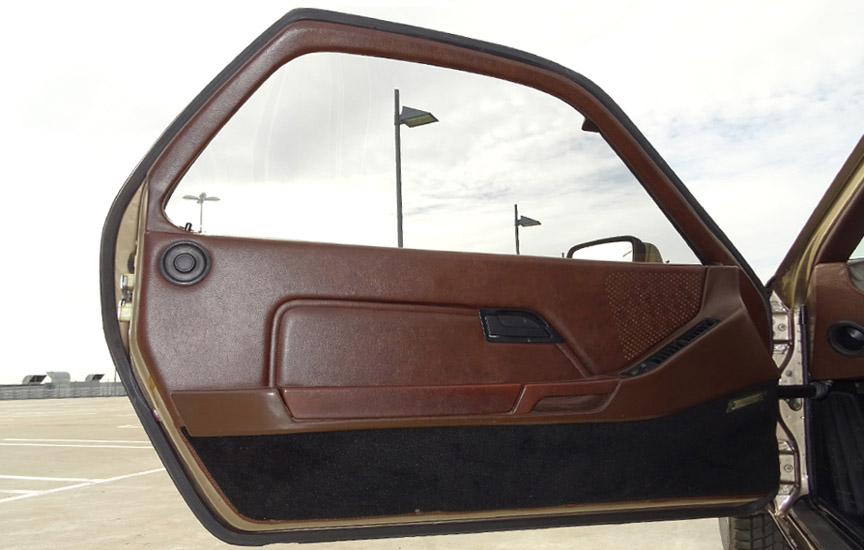
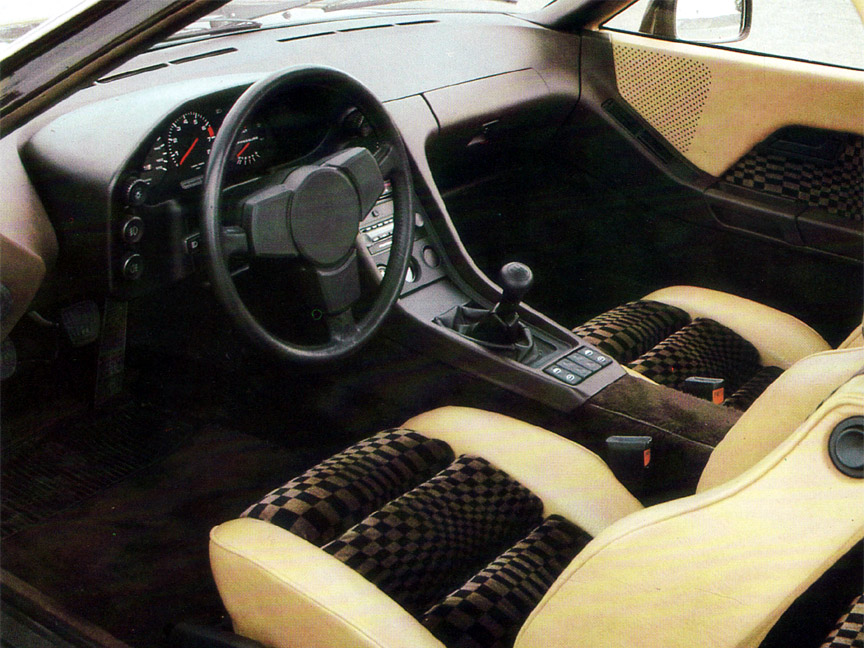
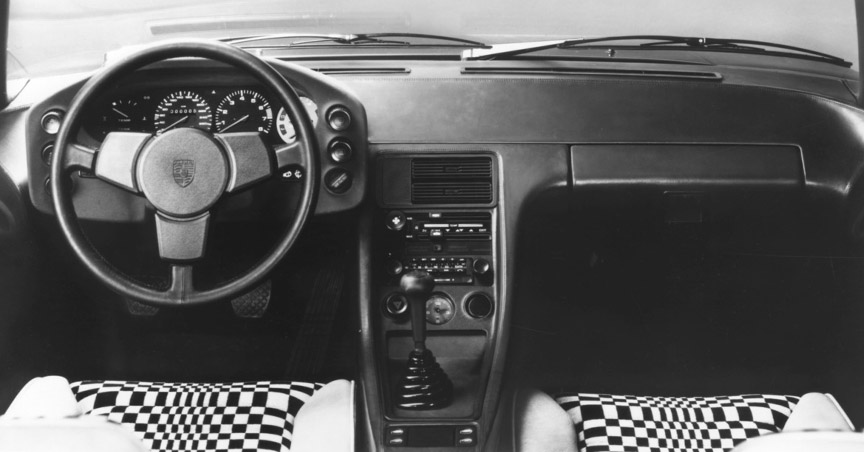
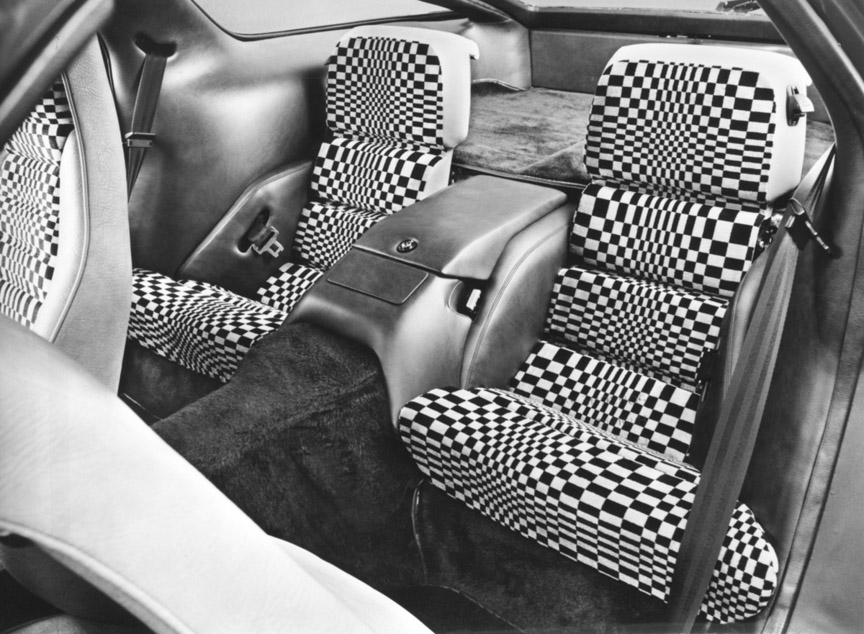
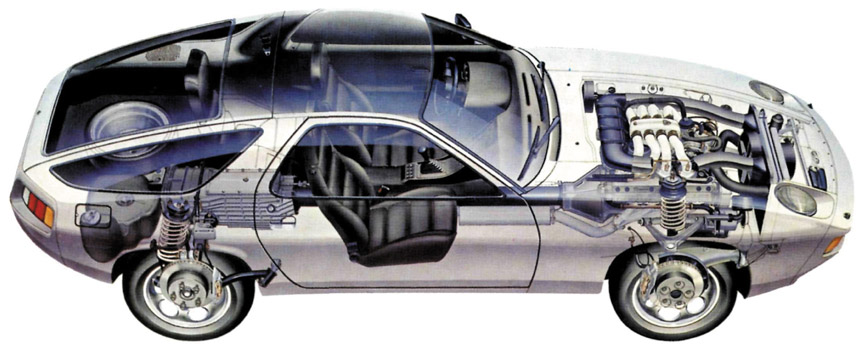
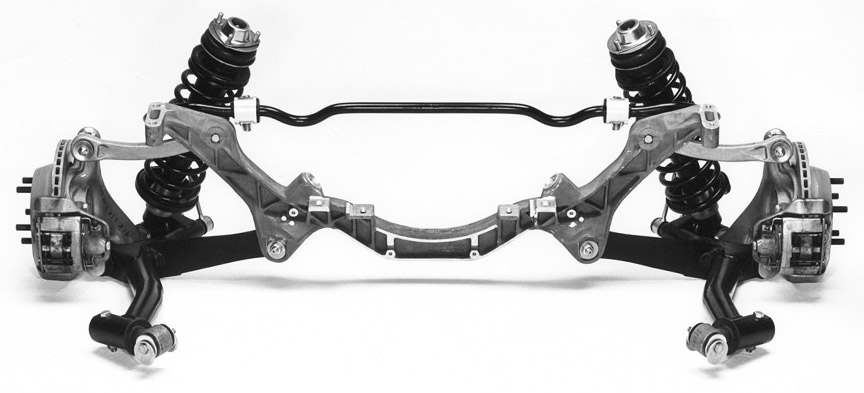
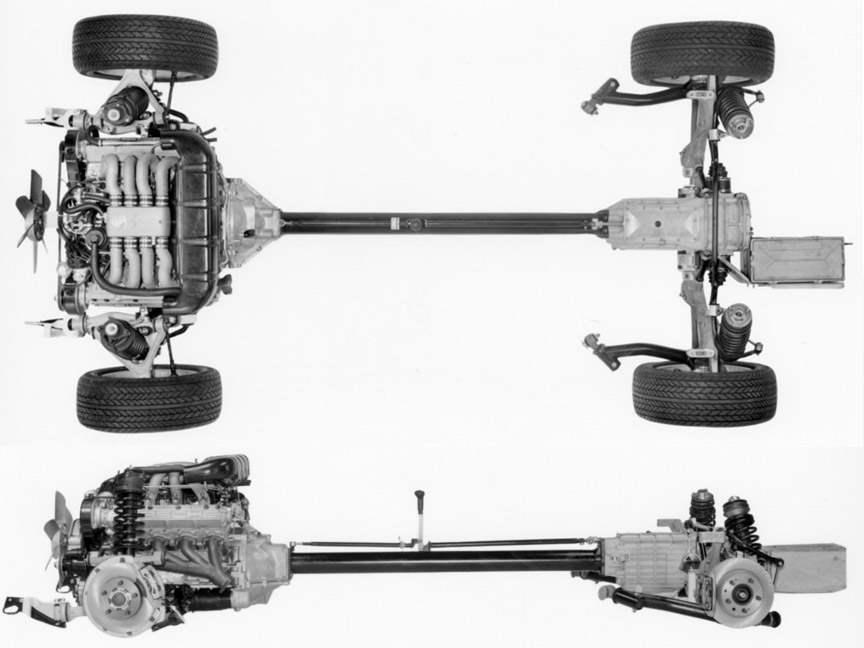
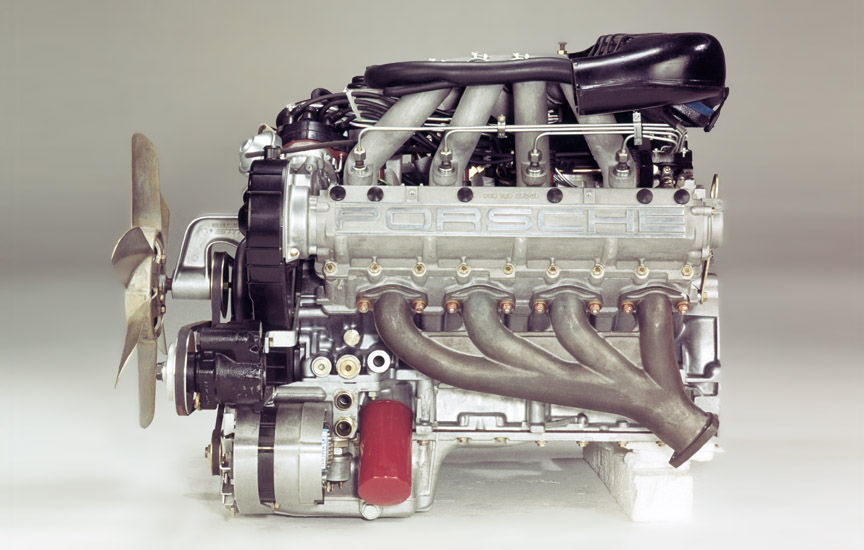
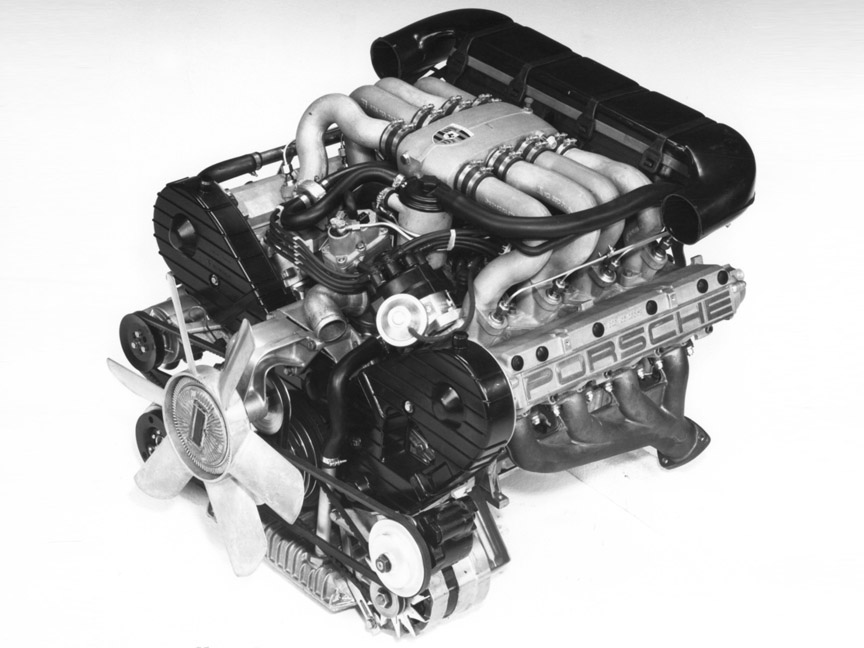
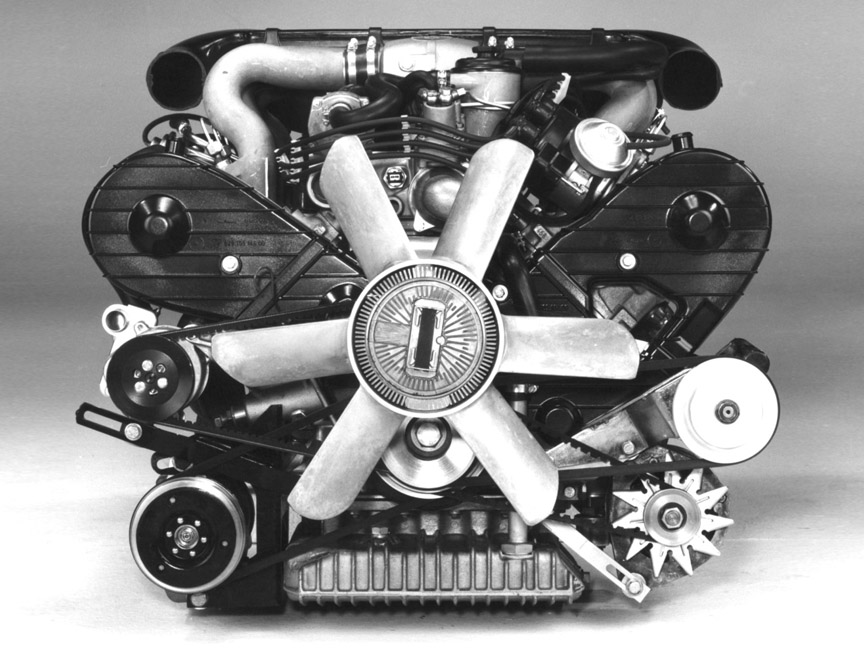
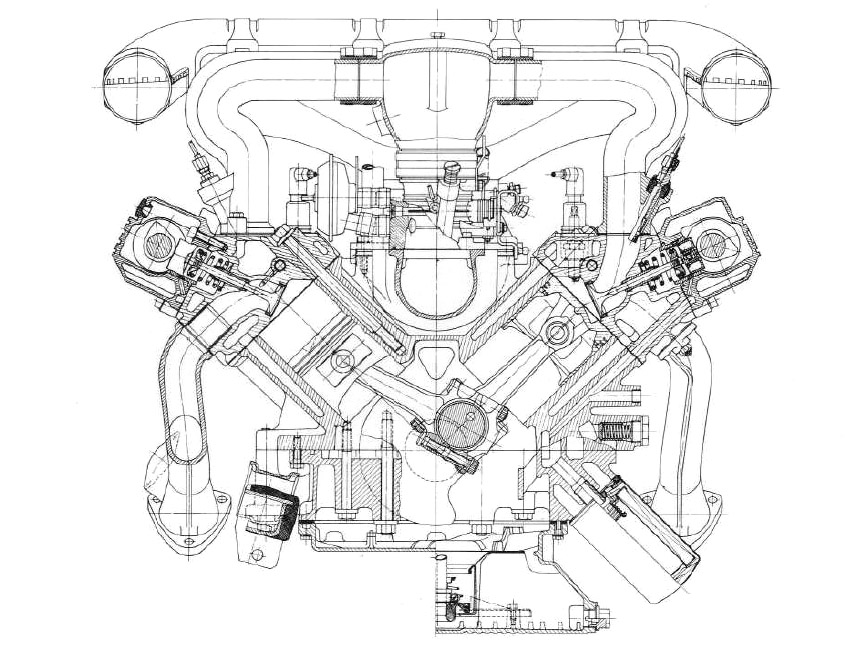
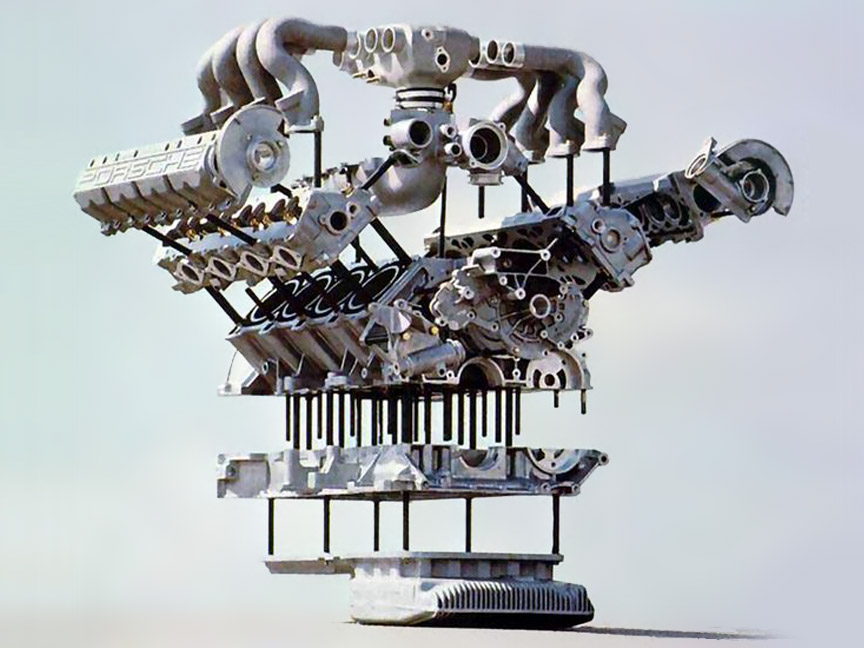
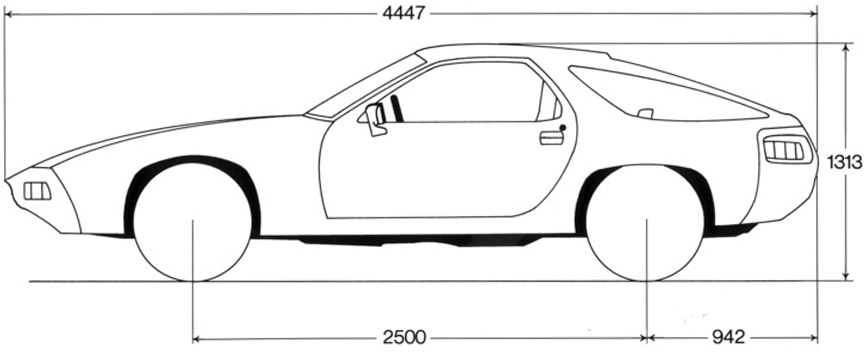
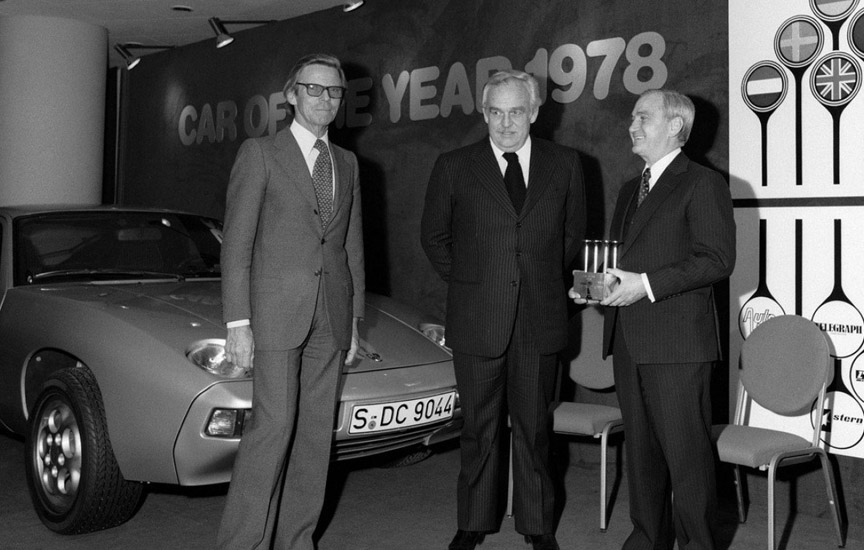
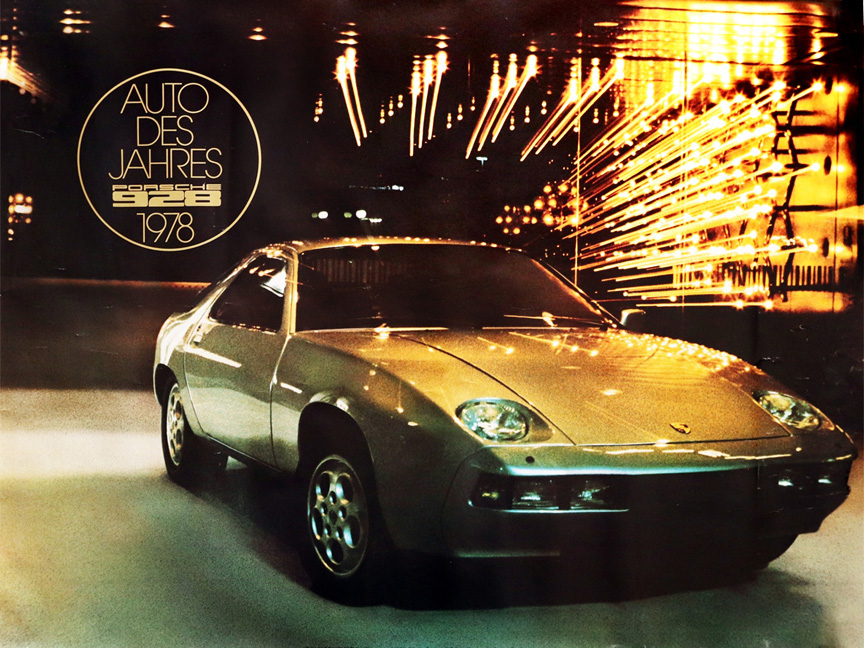
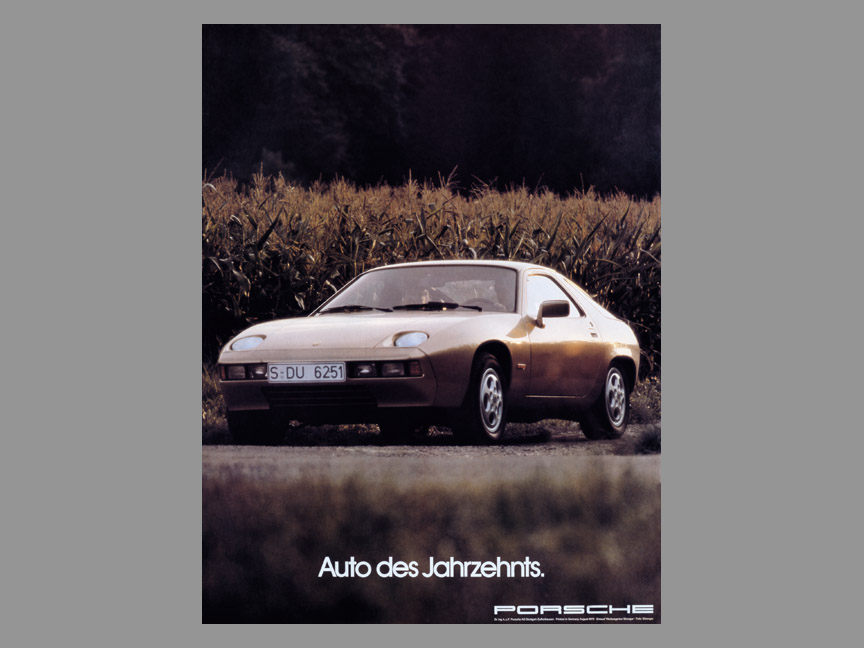
Endurance test driver Gerhard Plattner planned a trip for the new Porsche 928. The car was shipped from port Emden, Germany, to New York. On February 12, 1978, Gerhard Plattner and racing driver Rudi Lins, both Austrians, started their test drive from New York. They drove via Chicago, Salt Lake City, San Francisco, Seattle and Canada to Fairbanks in Alaska.
Then, a 4000+ mile non-stop leg back through the whole of Canada to Montreal. After the 10.000 mile trip in America, the car was flown to Frankfurt in Germany and driven via Stockholm in Sweden to Rovaniemi on the Arctic Circle in northern Finland. The next leg would take the test drivers to Moscow, but as the Soviet Union was afraid of spies, foreigners were allowed to drive only 400 km a day and banned from driving in the night. A special permission was organized, so these restrictions didn’t have to be followed. This 928 might have been the first Porsche car to drive on the soil of Russia, the main state of the Soviet Union.
After Moscow, the route took via Belarus (a state of Soviet Union at that time) to Warsaw in Poland and Berlin in Germany. Although there was another 1000 km to be driven before the finish in Paris, France, it was so close that the drivers felt they had already arrived. The total length of the test drive was around 30.000 km.
As the car was driven at high speeds, 7 litres of oil was consumed by the engine and the average fuel consumption was 15.2 L/100 km. The car was fitted with additional 80 litre fuel tank behind the driver in order to minimize the reliance on refilling and to be able to drive through the nights.
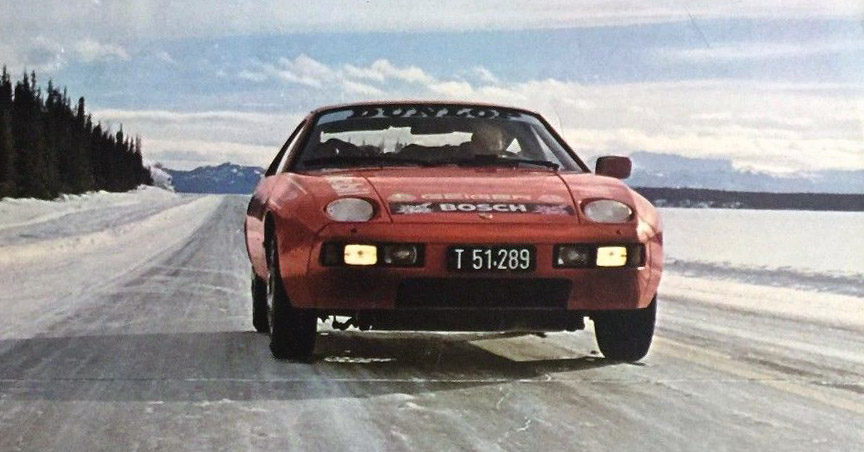
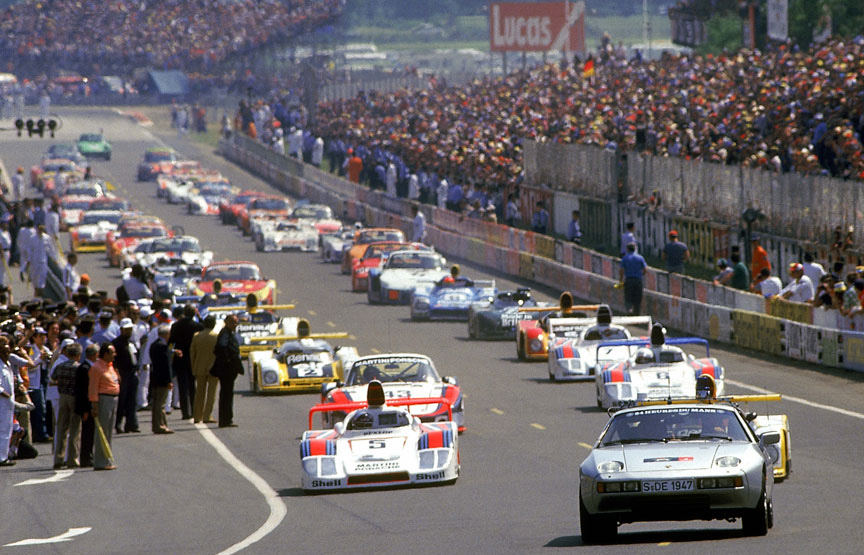
After receiving the Car of the Year title for its innovative product, Porsche carried out a research project for BMFT (Bundesministerium für Forschung und Technologie), German Ministry for Research and Technology between 1978-1979. The focus was on fuel consumption. A low-power 3-litre V8 with cylinder deactivation and a 2.2-litre 4-cylinder 16-valve engine were suggested together with a double-clutch (!) transmission and ABS brakes. This Porsche study, number 995, doesn’t have much to do with the Porsche 928, but on the drawings it shows a car very similar to 928.
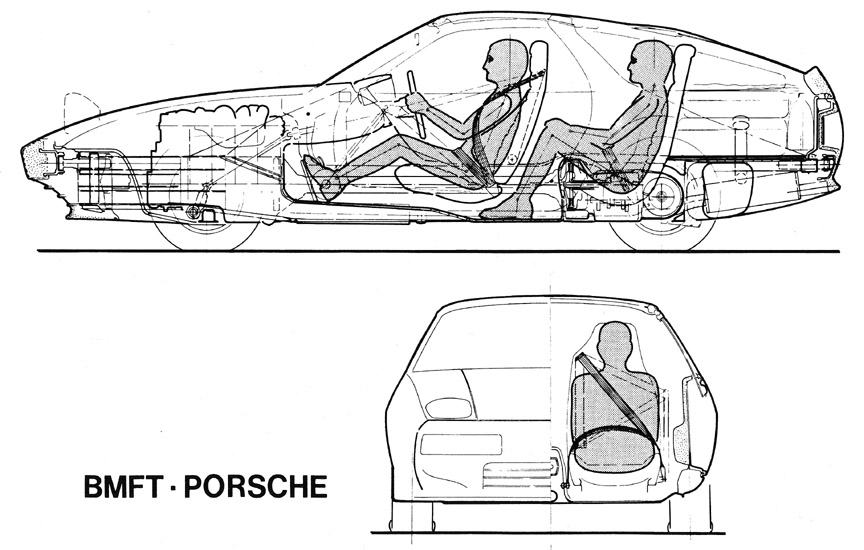
In September 1979, at the IAA Frankfurt motor show, the Porsche 928 S was launched for Europe. The 221 kW (300 DIN hp) 928 S cost 26% more than the 177 kW (240 DIN hp) 928 in Europe.
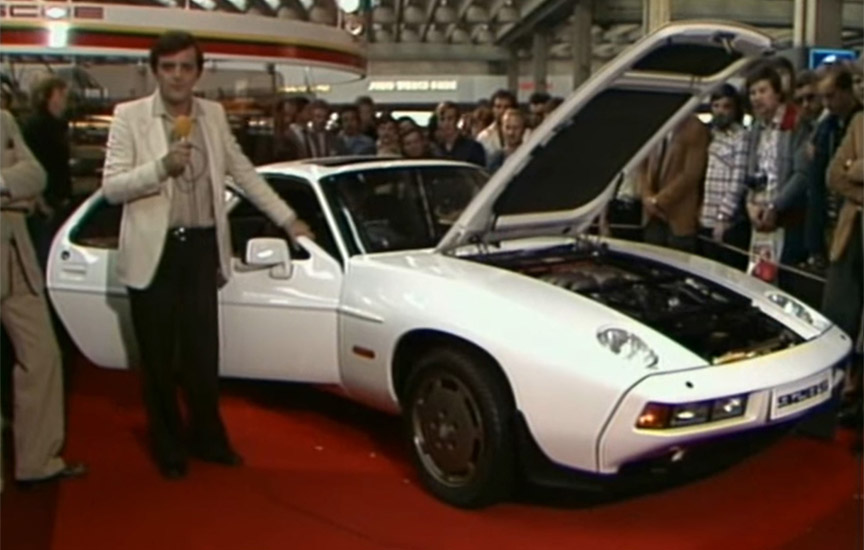
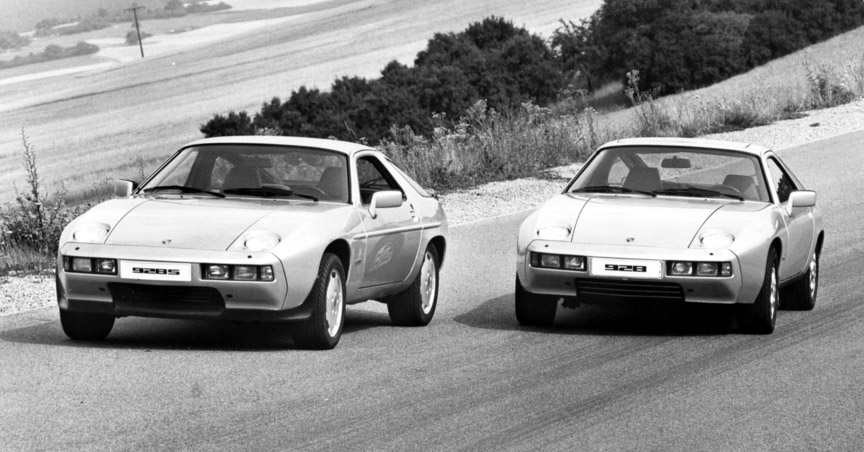
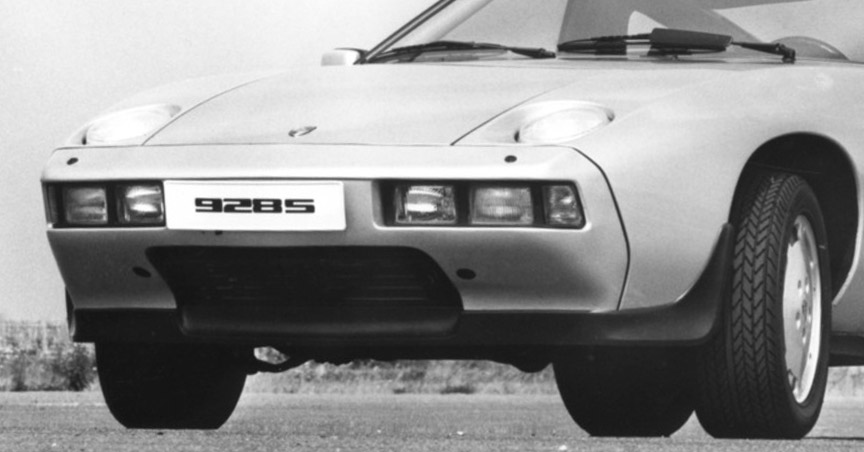
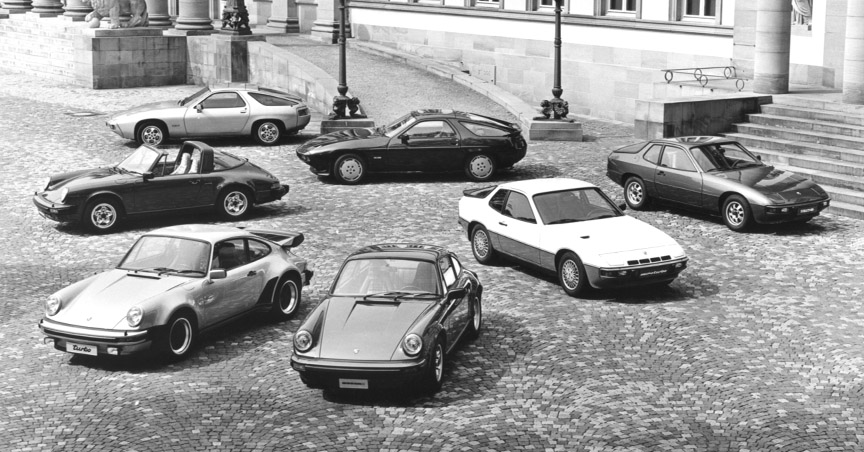
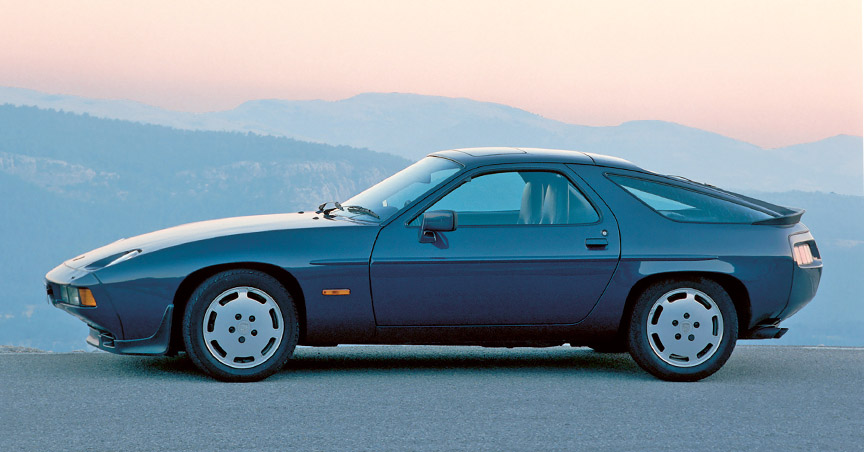
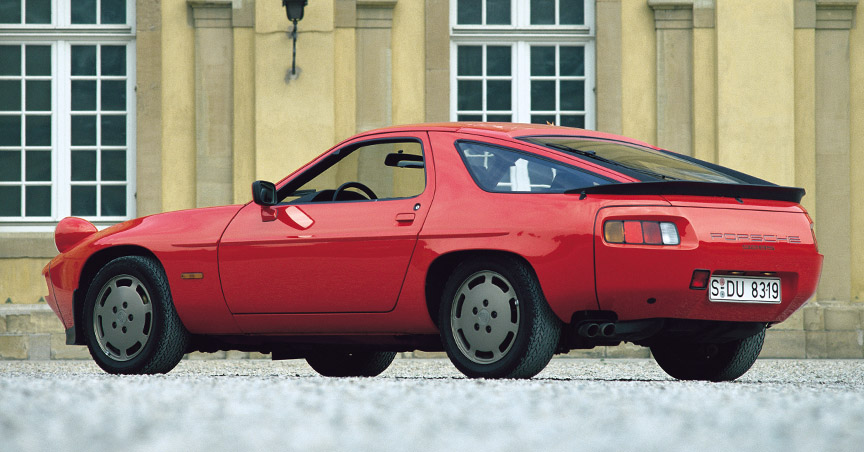
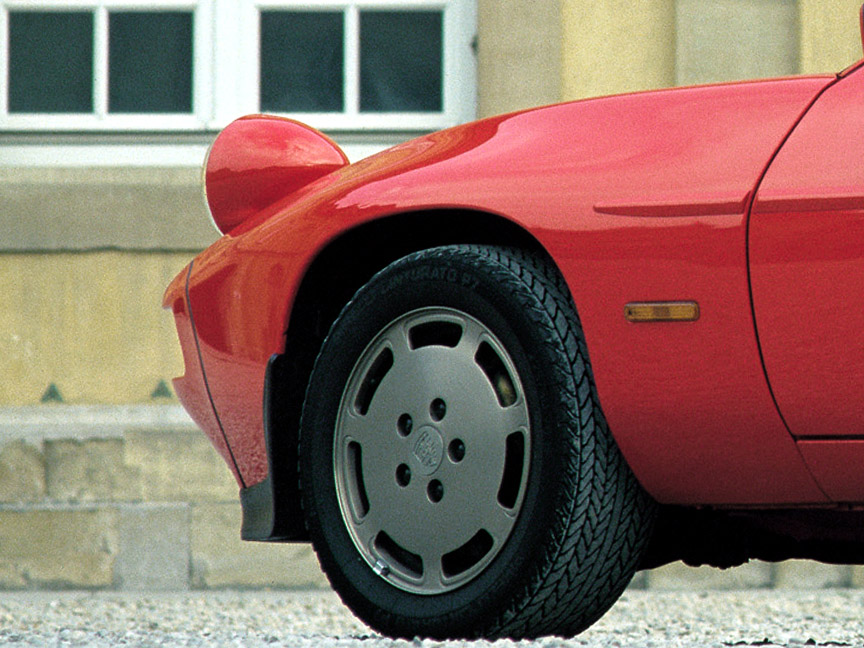
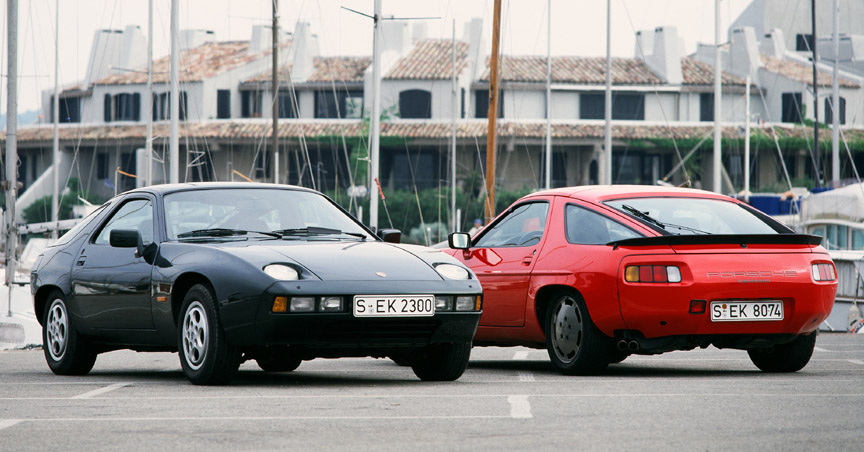
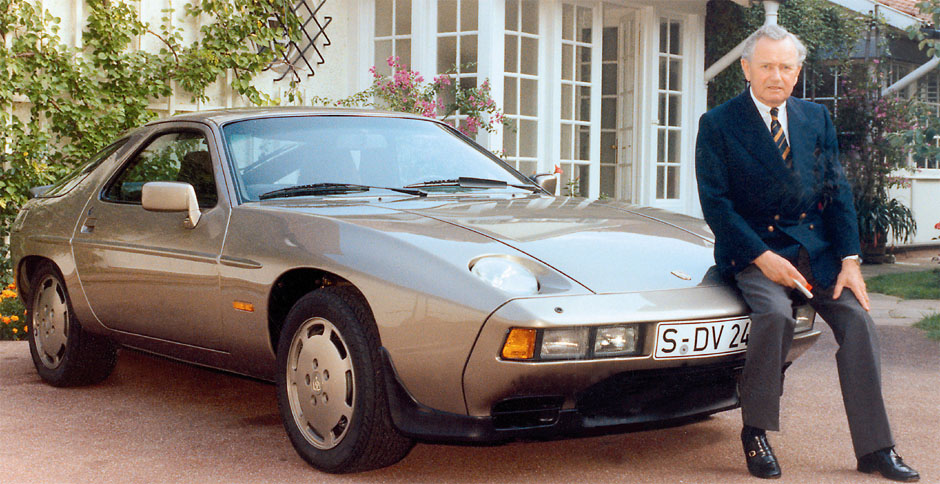

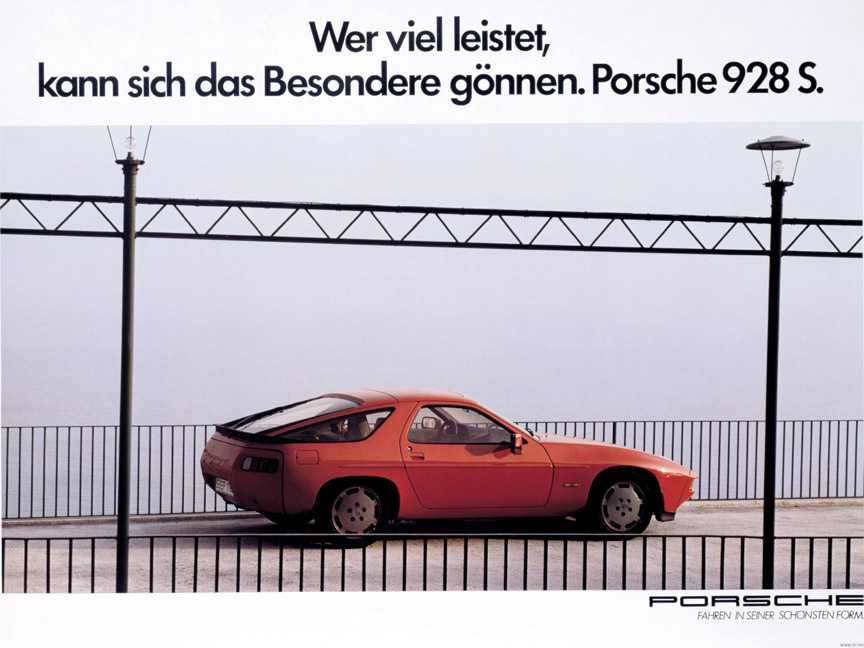
In October 1980, another research study based on the 928 was unveiled. Codenamed “960 PES” (Porsche Experimental Structure), the car was built using high-strength low-alloy (HSLA) steel and a full-aluminium front end (not just the skin).
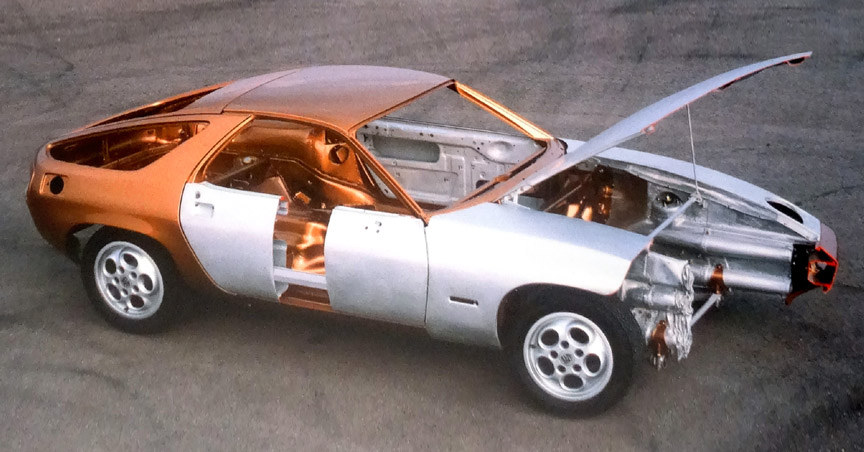
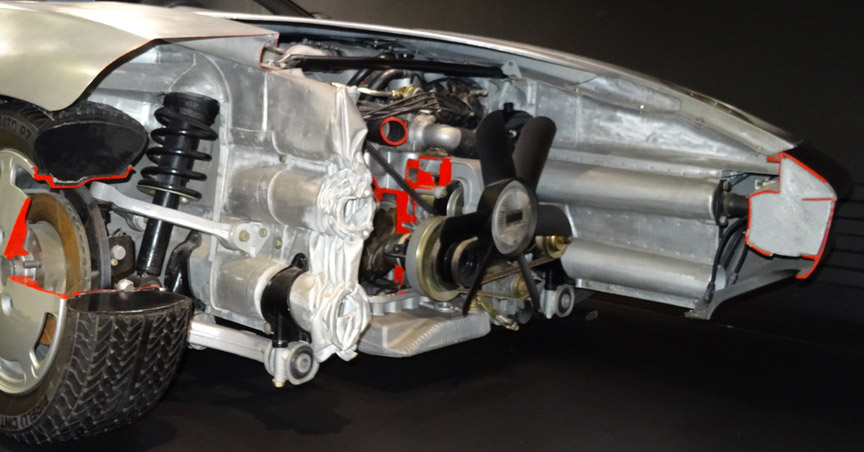
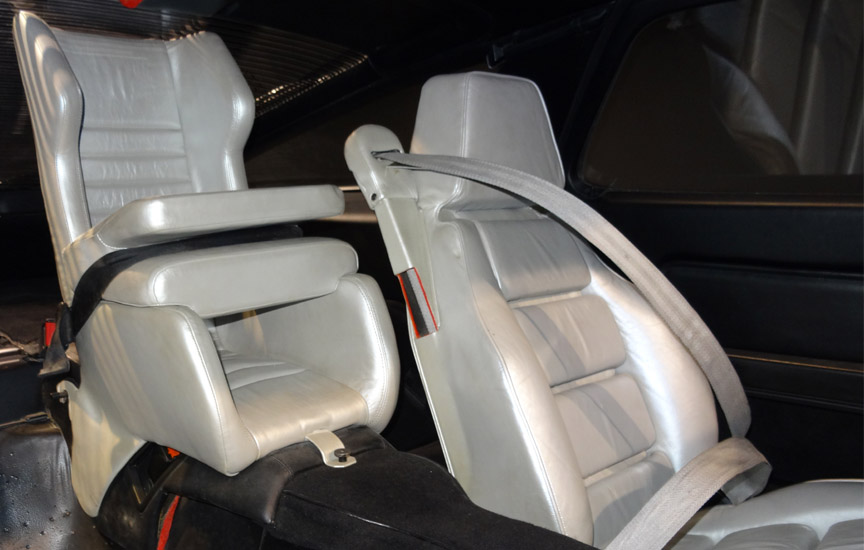
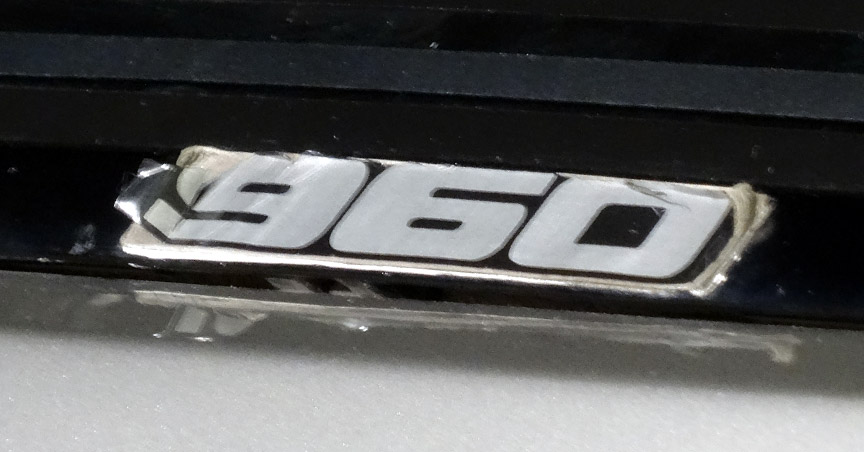
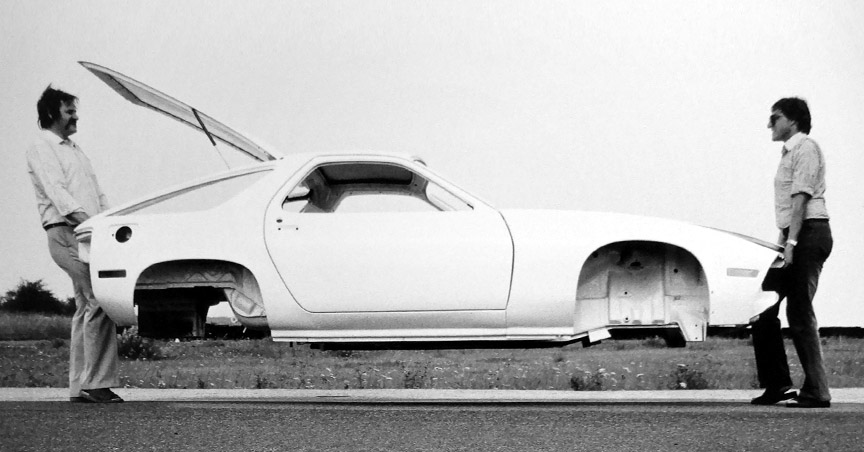
In 1981, “50 years of Porsche company” (1931-1981) anniversary edition Porsches (928 and 928 S among them) were made in Meteor metallic with Wine Red interior. These were 1982 model year cars and their most distinctive feature was Ferry Porsche’s signature stitched on the headrests.
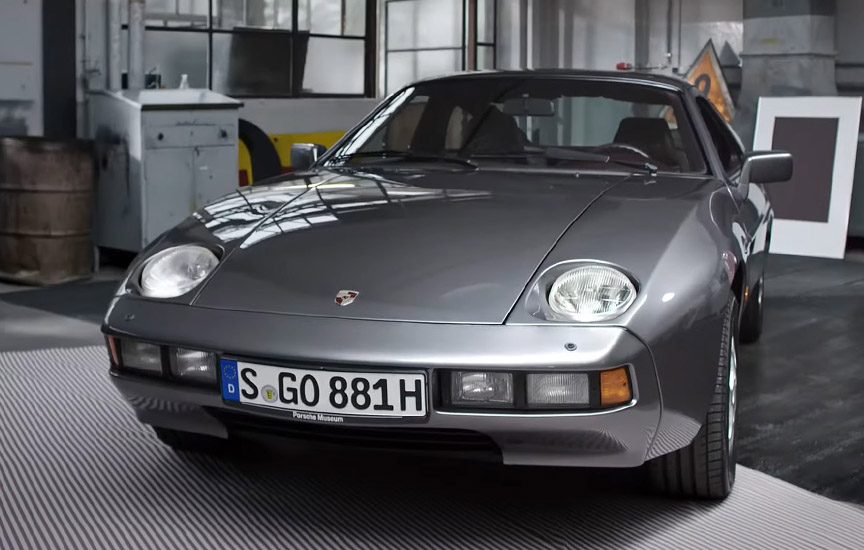
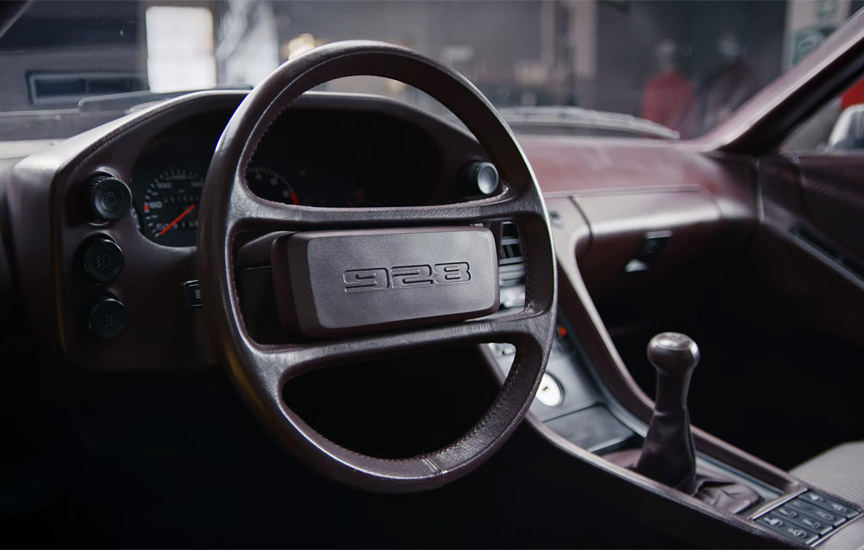
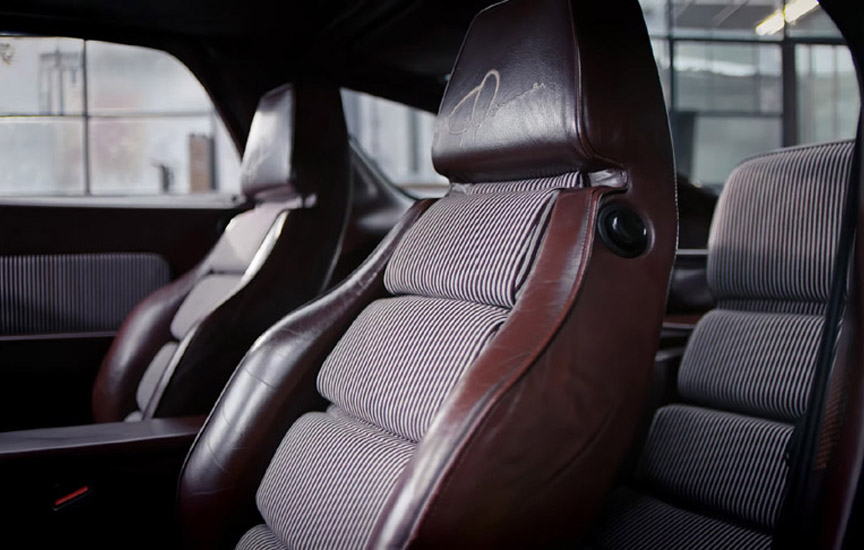
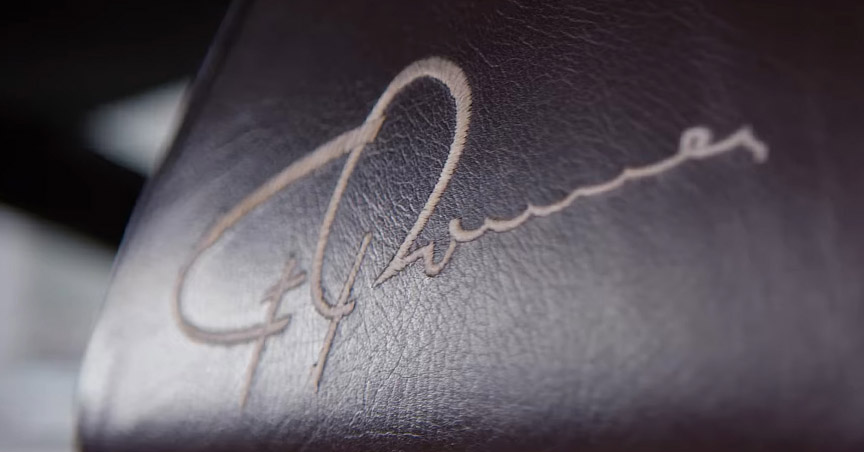
Another 1982 model year edition was the Weissach Edition (M462). These cars were painted in light bronze metallic and had medium brown interior plus a matching luggage set. 1982 model year saw the last 4.5-litre 928 made.
In 1982, a 24 hour world speed record for series production cars was set at Nardo ring in Italy with the 4.7-litre 928 S. Despite the around 30 refueling stops, the achieved average speed was an astonishing 156 mph/251 km/h.
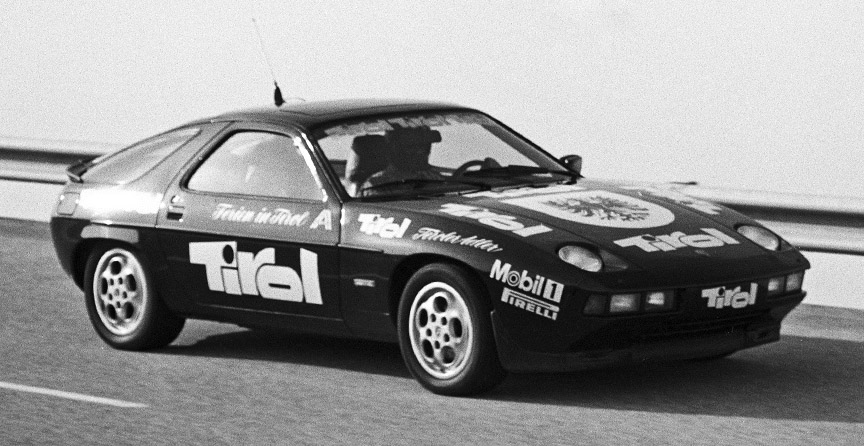
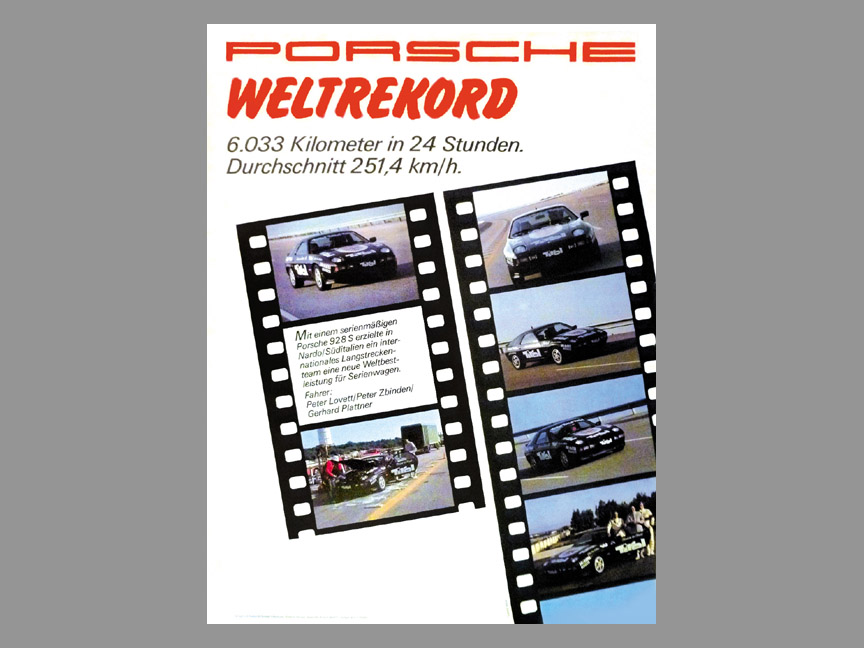
The 928 versions were different for Europe and for USA and Japan. The 928 S version was finally introduced in USA for 1983 model year, three years later than in Europe, but it was again a low-power car compared to the European 928 S. The 4.7-litre American market 928 S had approximately the same amount of power than the discontinued 4.5-litre 928 had had in Europe.
In addition to an aluminium body built by Alusuisse/Alusingen in 1981, Porsche built another body for an experimental all-aluminium 928 in 1983.
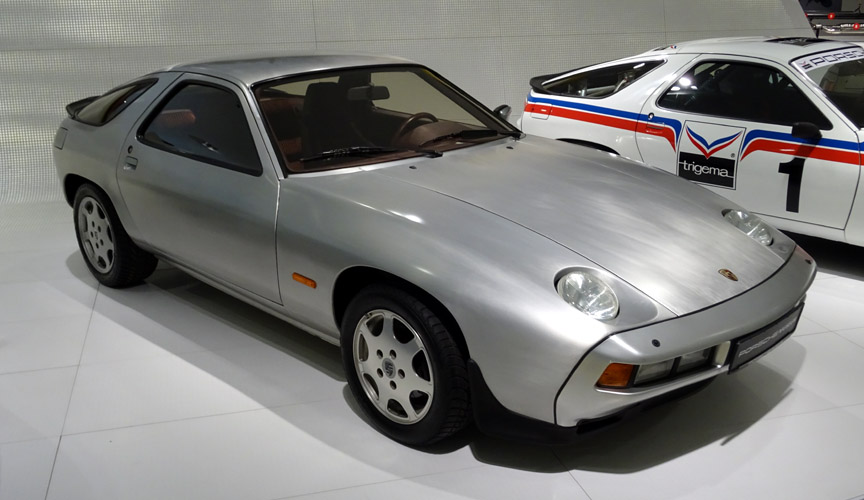
At the initiative of Porsche’s test drivers, one 928 S was converted to a racing car. In addition to the suspension modifications, the engine was tuned from 221 kW (300 DIN hp) to 250 kW (340 DIN hp) and the weight was lowered from 1450 kg (3196 lb) to 1350 kg (2976 lb) – despite the safety cage that adds weight.
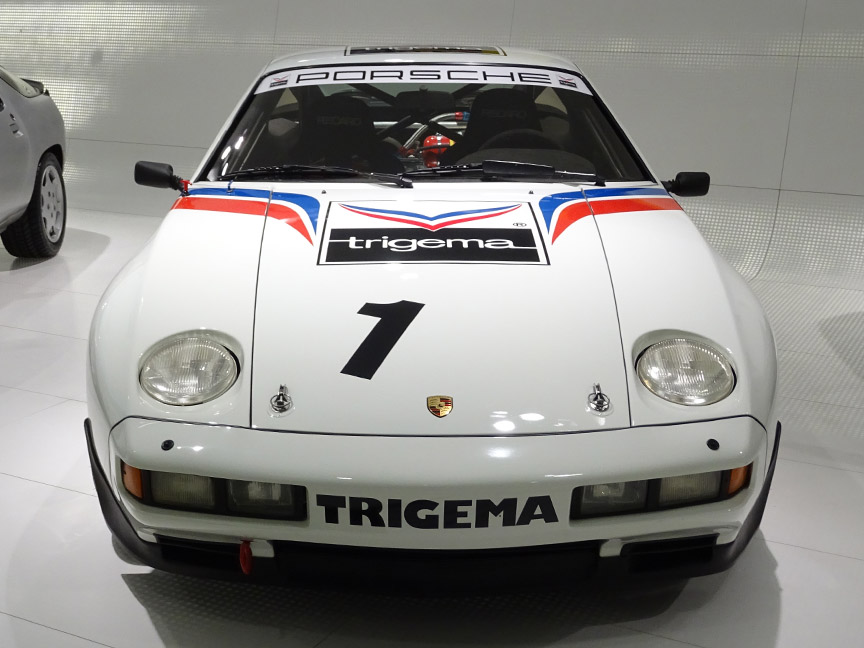
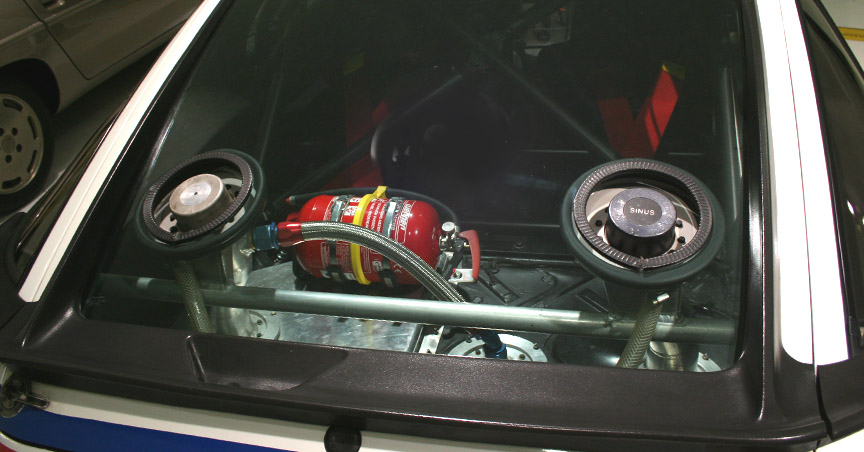
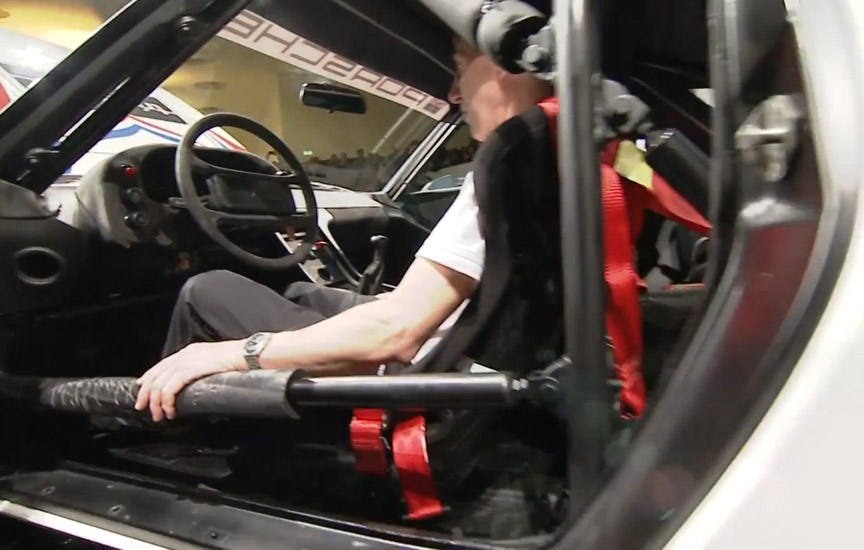
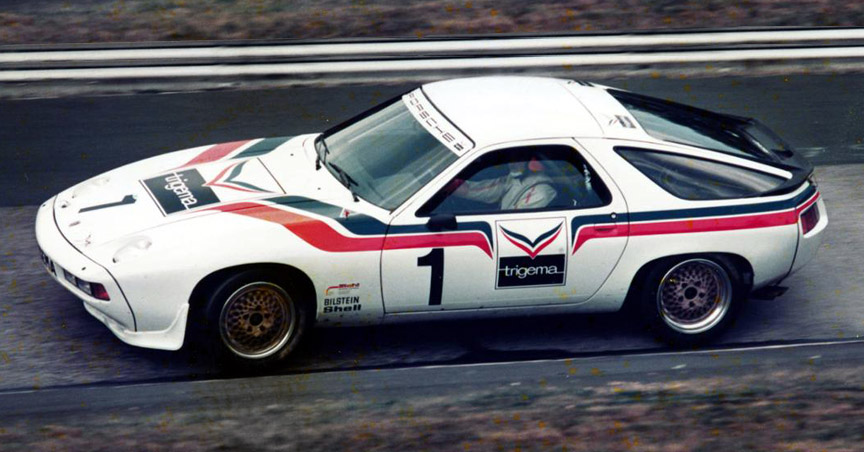
The 928 S racing car was used in a few races, but in 1983 it didn’t meet the European Touring Car Championship requirement of 5000 production cars sold in a year and that meant the 928 could not become an interesting choice for racing use.
There was a 24 hour race held for amateurs in stock cars at the Snetterton race track in England. In June 1983, a 928 S was signed up. Driven by Tony Dron, Win Percy, Andy Rouse and Phil Dowsett, the car won the race.
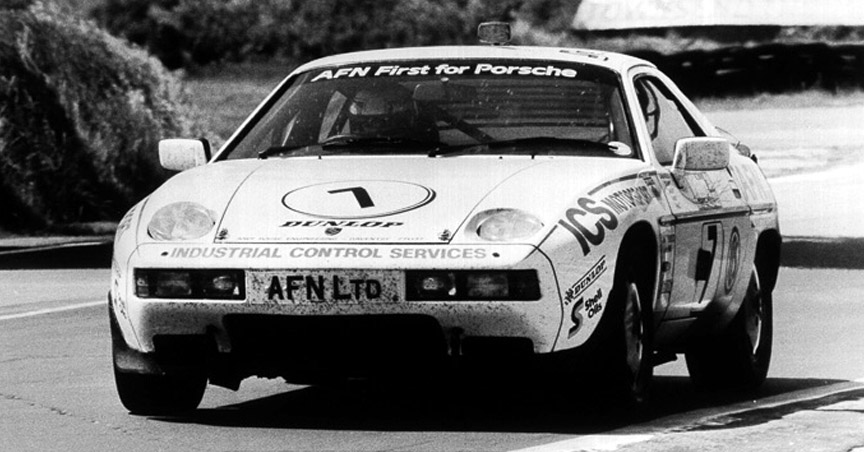
Another 928 S racing car was privately built by Raymond Boutinaud for the 1983 Le Mans 24 hour race. He teamed up with drivers Patrick Gonin and Alain Le Page. After an incident on the track, the car needed a time-consuming solution to get back in the race. It finished the race with 234 laps, but this was not enough to get classified. The winning Porsche 956 had covered 370 laps and for classification 70% of the winners laps – 259 laps – were needed.
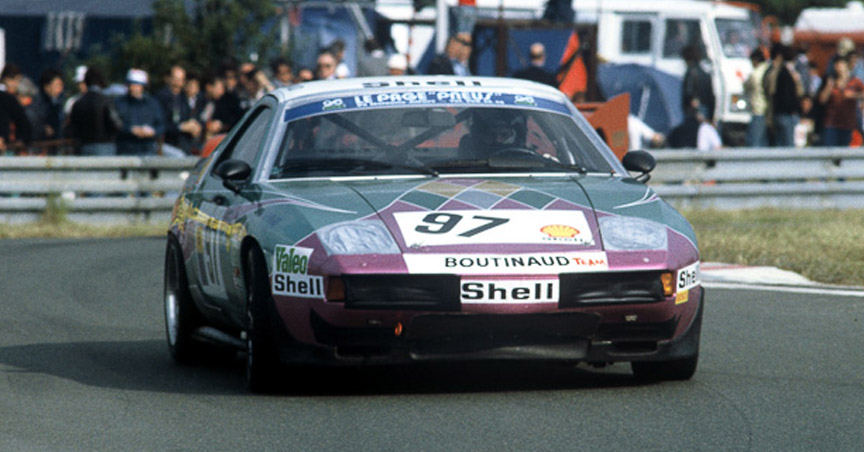
While the 928 engines made for America and Japan had electronic fuel injection (EFI) from 1980 model year, cars sold in Europe were equipped with EFI at last in 1983 for the 1984 model year cars. At the same time, the Anti-lock Braking System (ABS) was made available. The 928 S with EFI was called 928 S2 (928 S Series 2) in the UK.
Raymond Boutinaud entered his 928 S again at the 1984 Le Mans race, but the engine had an issue this time and it was not pushed to the limits. As a result, Boutinaud’s team covered 255 laps, which was 70.8% of the 360 laps of the winning Porsche 956. The 928 placed 22nd overall and 3rd in Group B.
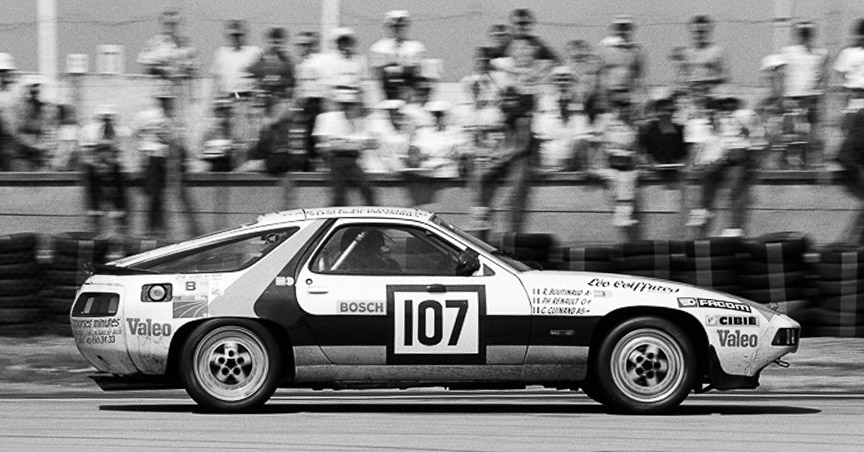
In the beginning of 1984, the making of a special 928 for Ferry Porsche’s 75th birthday began in Weissach. The “928-4” was a stretched long wheelbase (LWB) 928 and it had a longer roof creating more space for the rear occupants. The 928-4 had the front and rear bumper design that the production 928 got two years later.
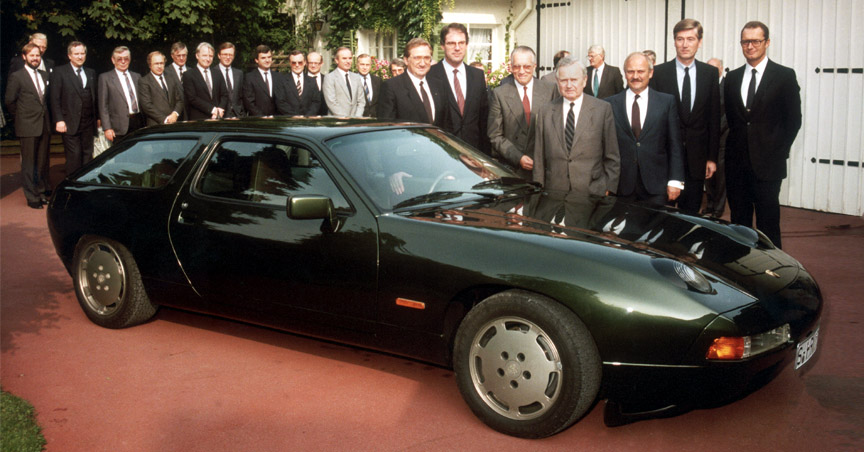
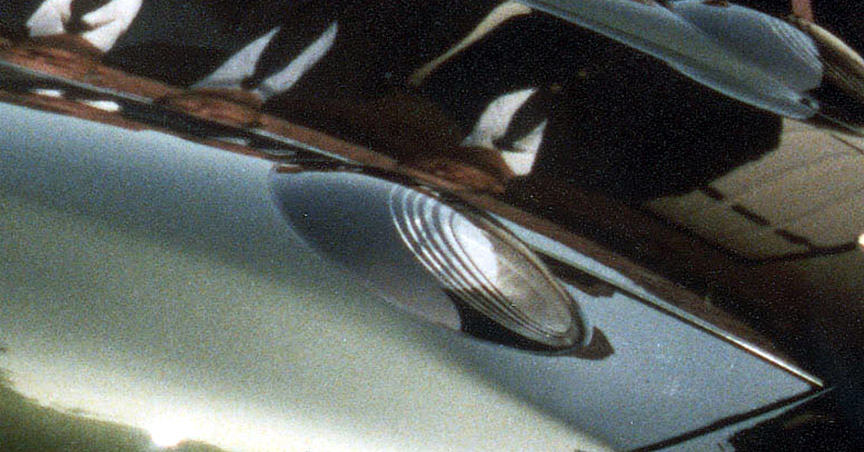
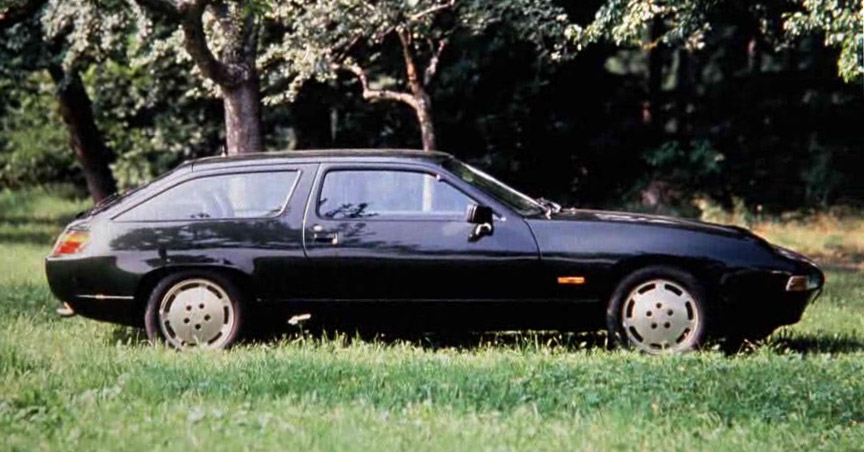
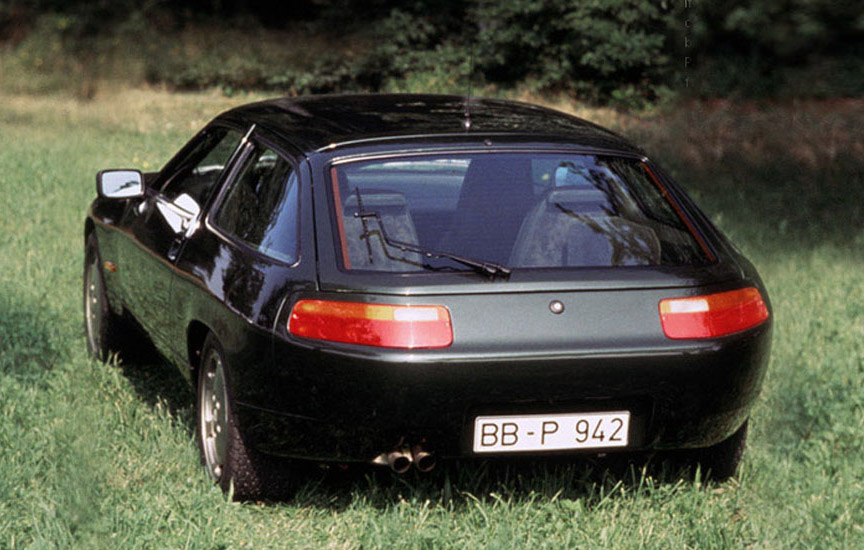
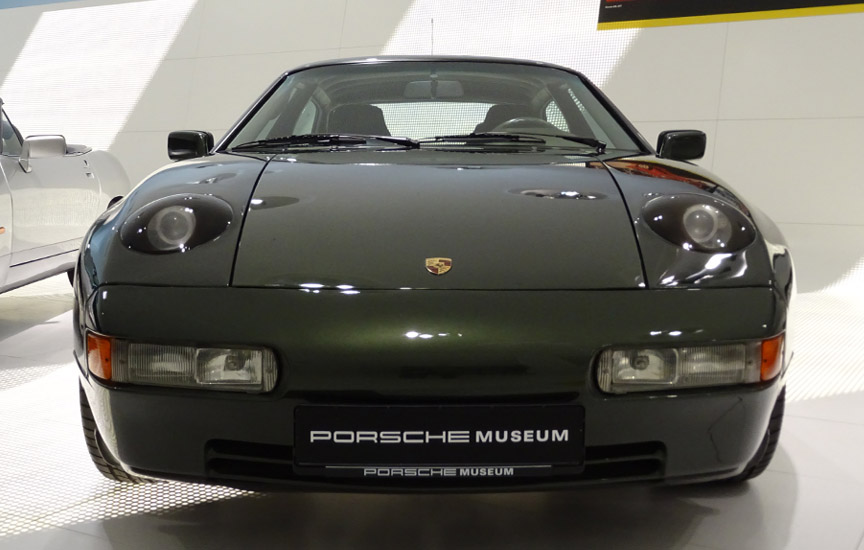
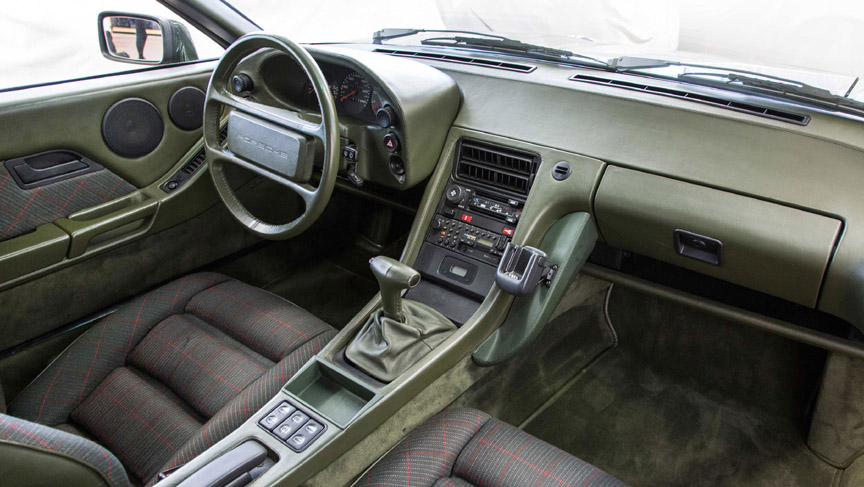
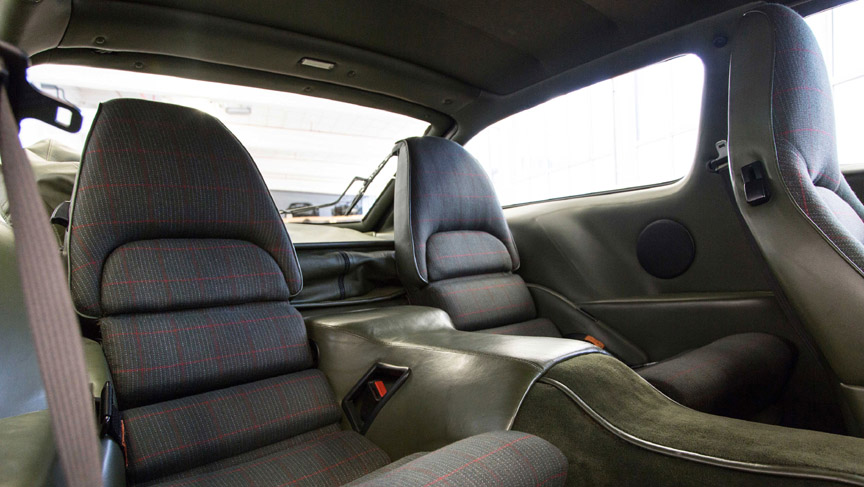
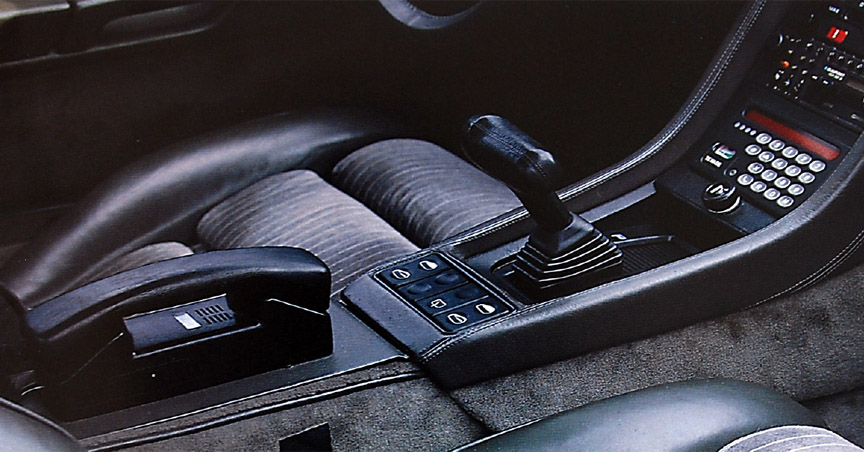
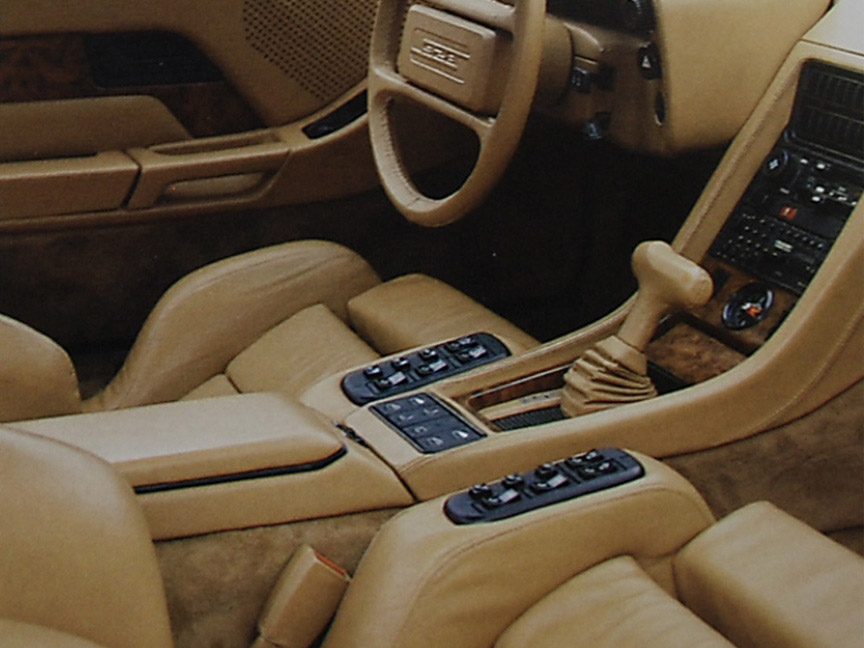
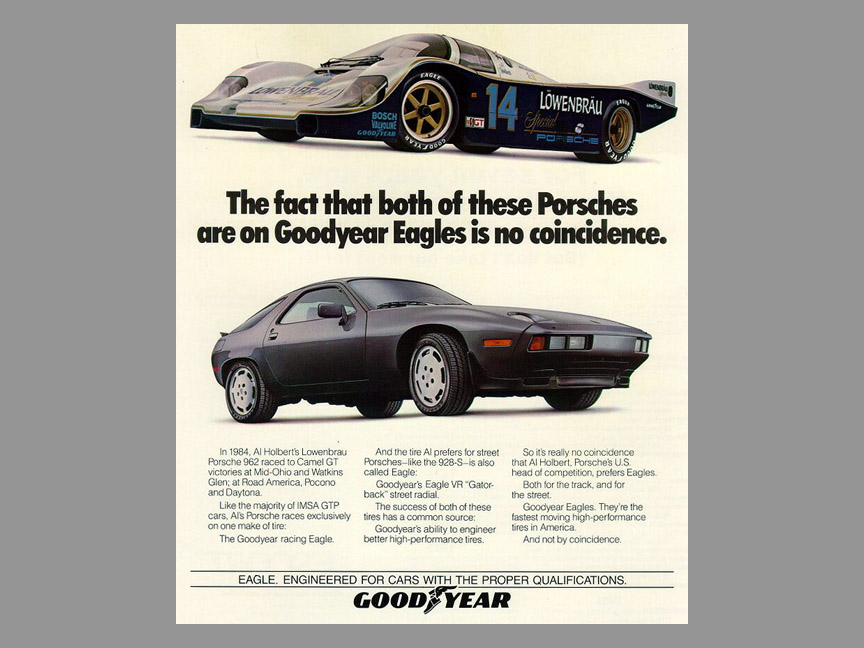
From 1985 model year, the USA and Japan market 928 S were equipped with 5.0-litre 4-cam 32-valve engines. Fans call these cars as S3. In the second half of 1985, from model year 1986, Australian market 928 S were also equipped with the S3 engine. The S3 could be ordered also in Europe, but despite larger capacity and double the valves, the S3 engines had less power because of the catalytic converter than the 4.7-litre European 928 S. Still, the S3 cars are one of the most collectable 928s as they have the original 928 body and a 5-litre engine that has “V8 4C 32V” proudly written on the intake manifold. From the end of 1985, the cars were equipped with brakes with aluminium callipers.
In October 1985, two Porsche 959 rallye cars were entered at the 1985 Pharaoh Rally in Egypt. One of them won the rallye, but second place was taken with the Porsche team support car, a Mercedes G-class fitted with the Porsche 928 S3 engine!
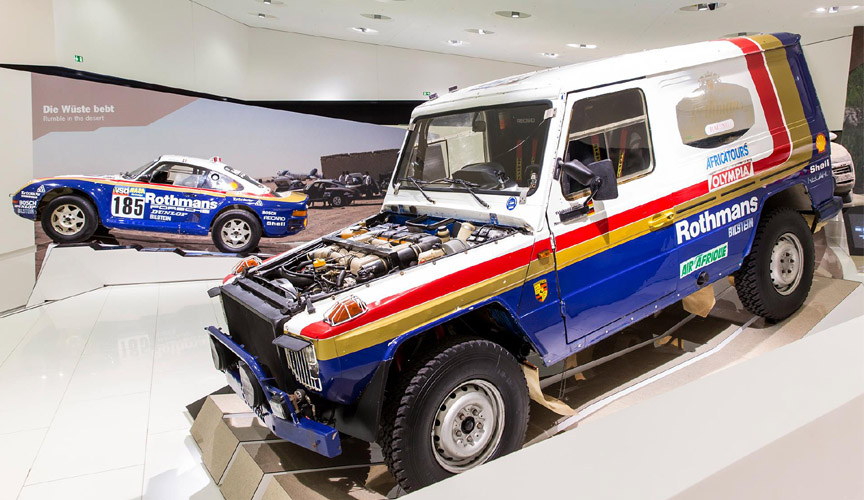
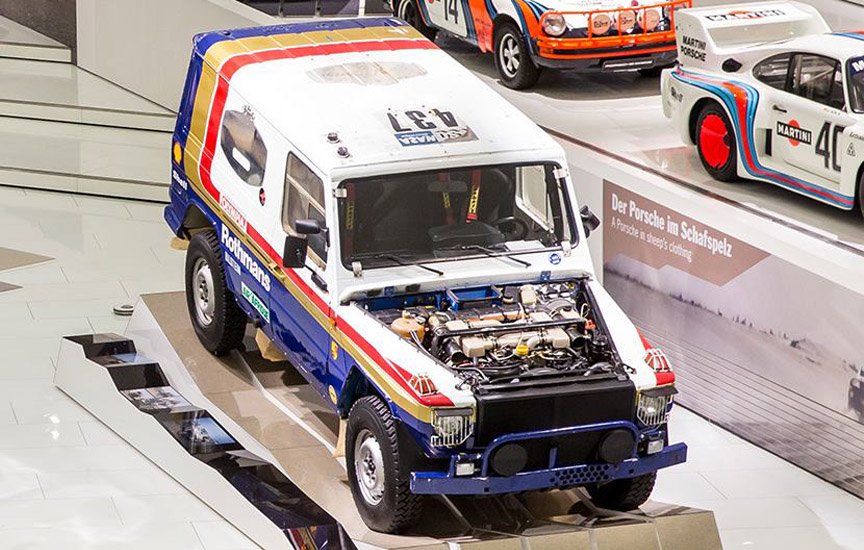
In 1986, for the 1987 model year, the 928 was fitted with the front and rear bumpers seen on the 928-4 concept car 2 years earlier, plus a new rear spoiler. Because of the new shape of the bumpers, the front and rear fenders had to be modified, too, like on the 928-4. The new car was called 928 S4. The reason for the naming was simple – before the S4, the 928 engine had already evolved to S, S2 and S3. The S4 basically inherited the S3 engine, just that it put out more power and had different intake manifold (now written “32V” on it, but not “V8 4C” anymore).
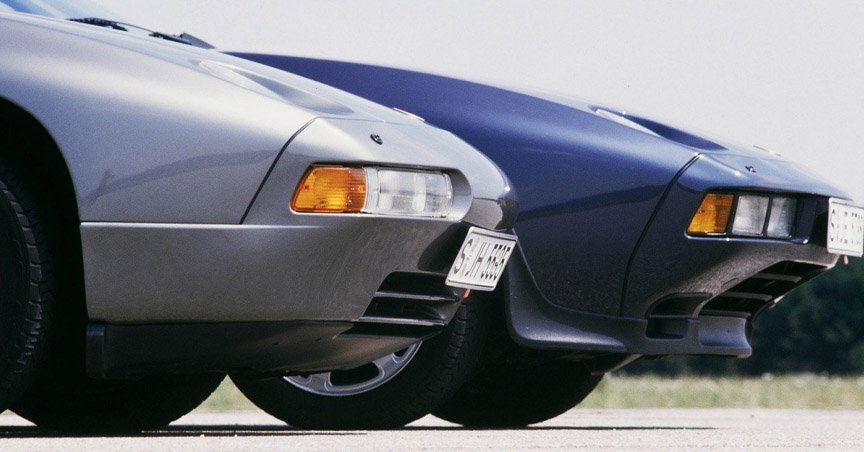
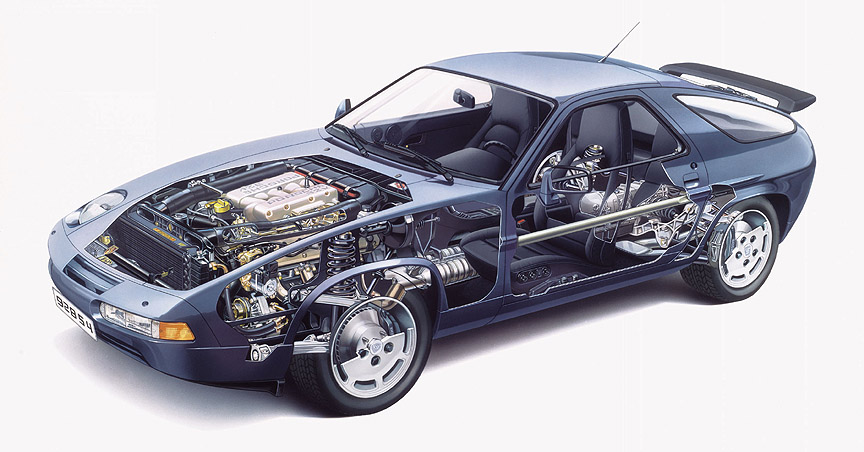
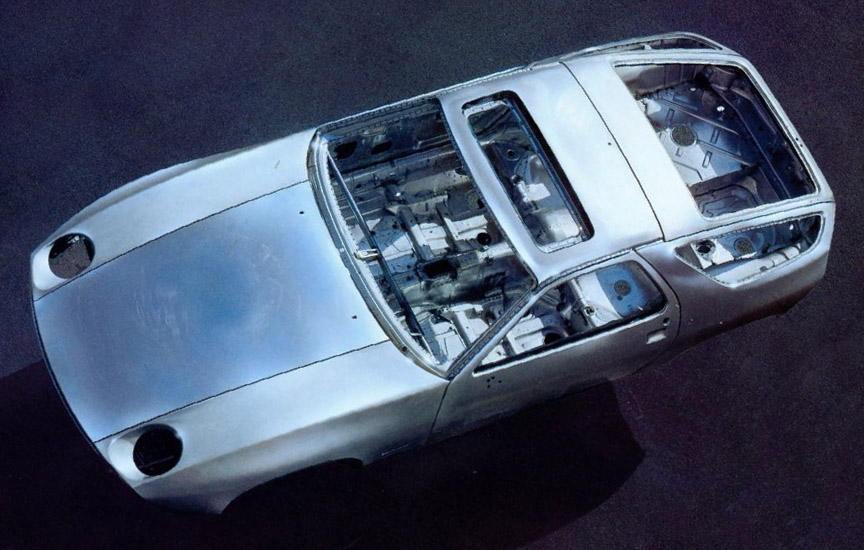
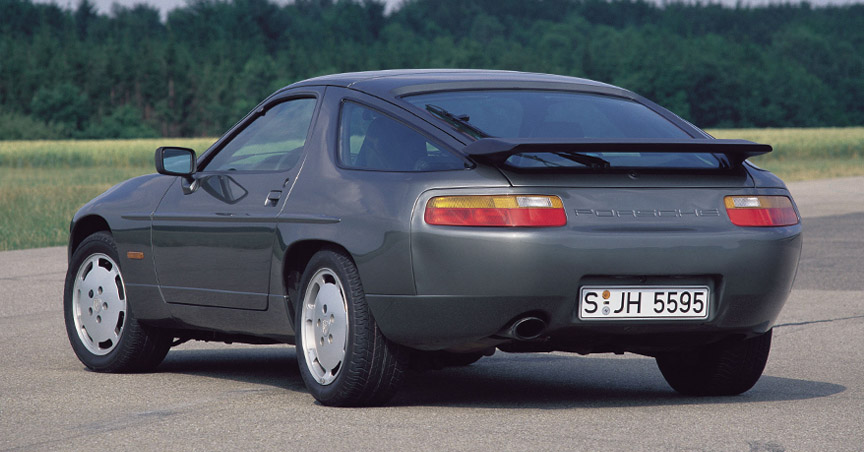
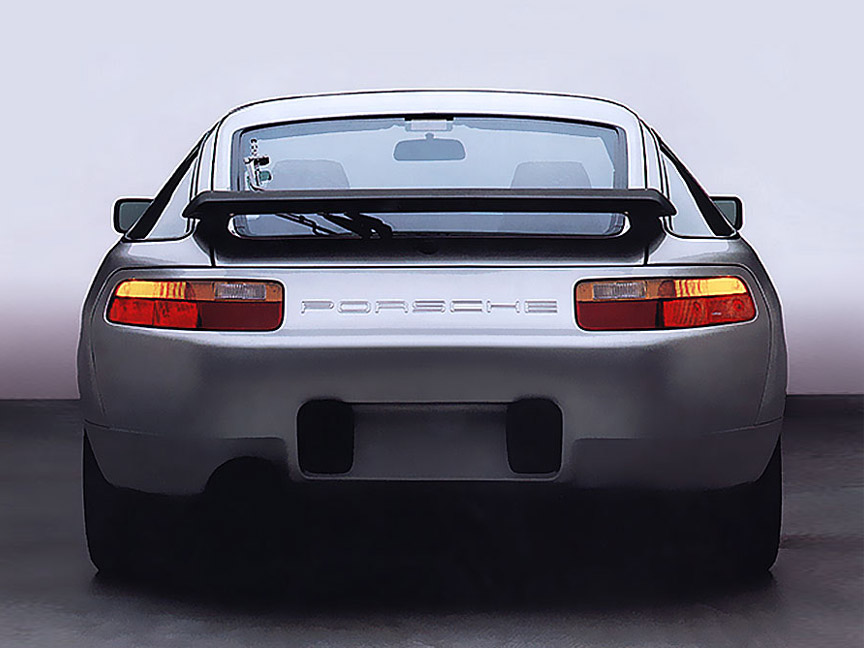
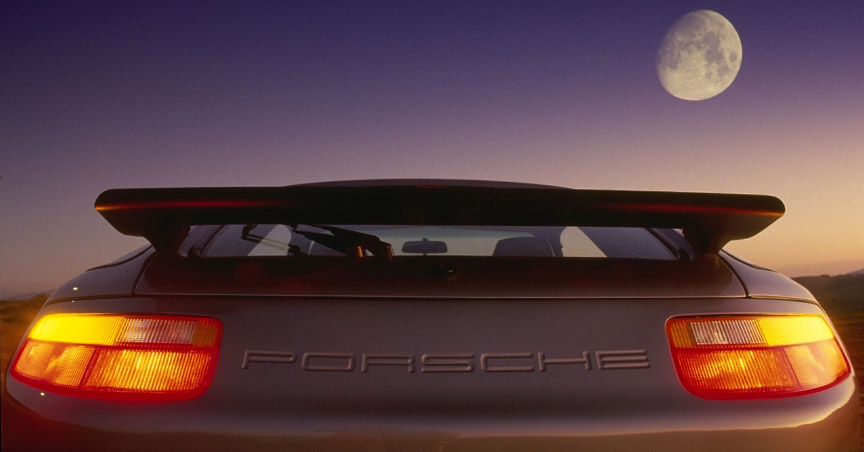
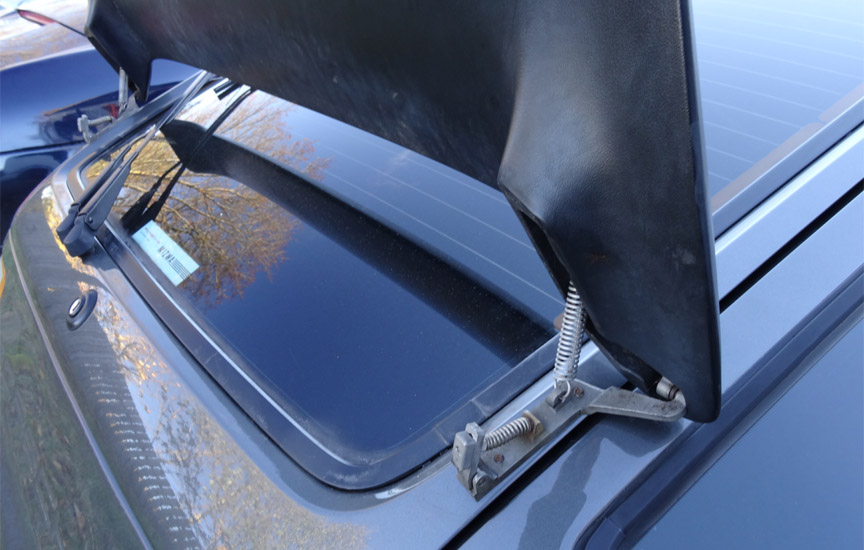
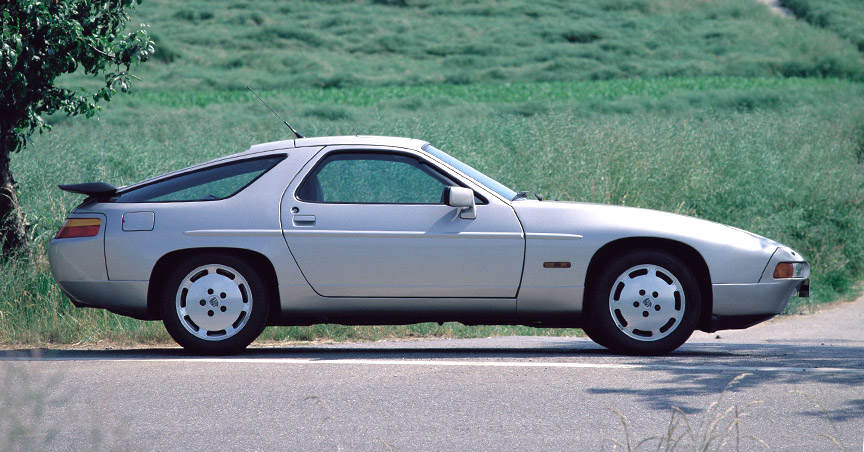
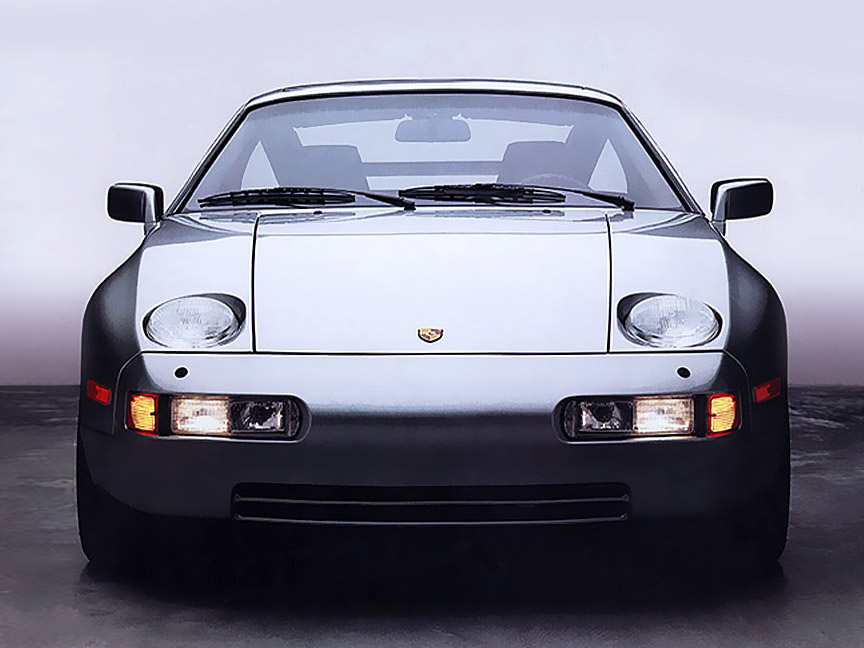
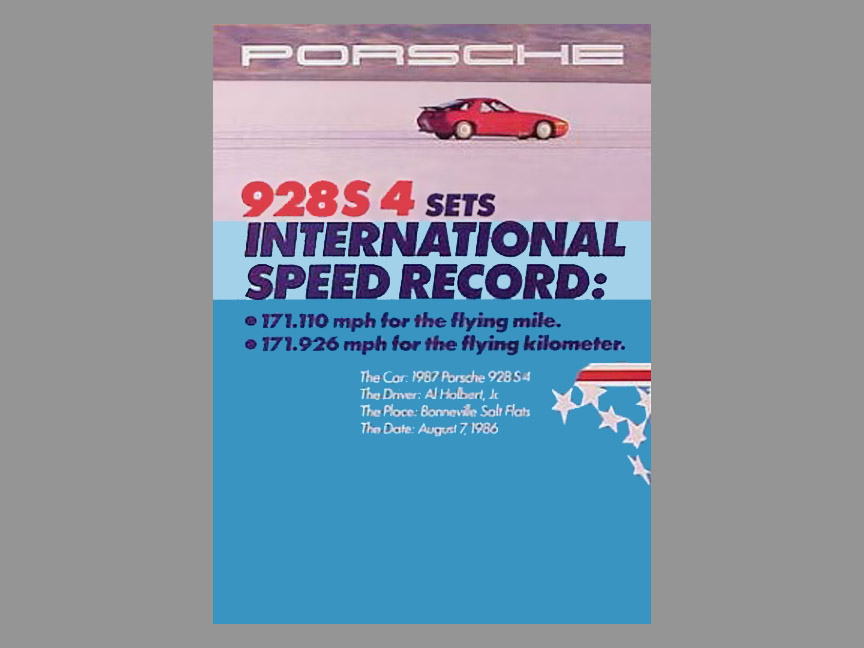
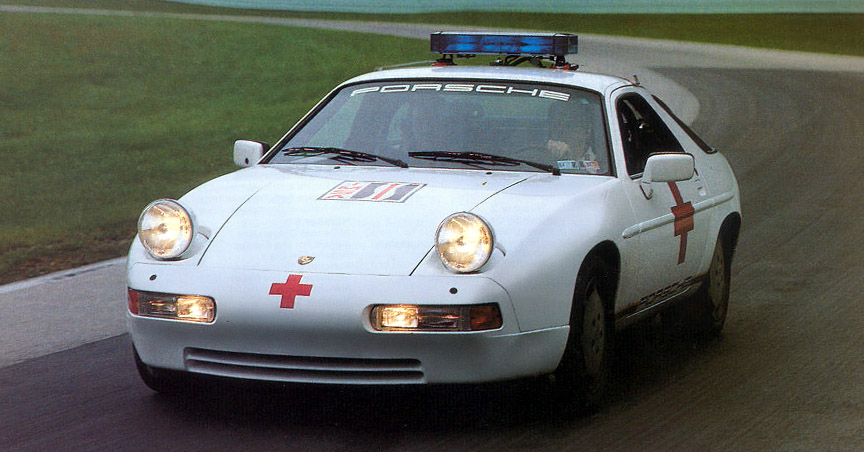
In 1986, S4 engines were sold to marine industry. A newsletter from Wizeman Marine from September 1986 advertised a marine engine based on the new 928 S4 engine. Separately from that affair, Porsche experimentally even created bi-turbo racing boat engines called 928 S4 Offshore.
Experimentally, a 928 S4 cabriolet version was made in 1987, internally called “H21”.
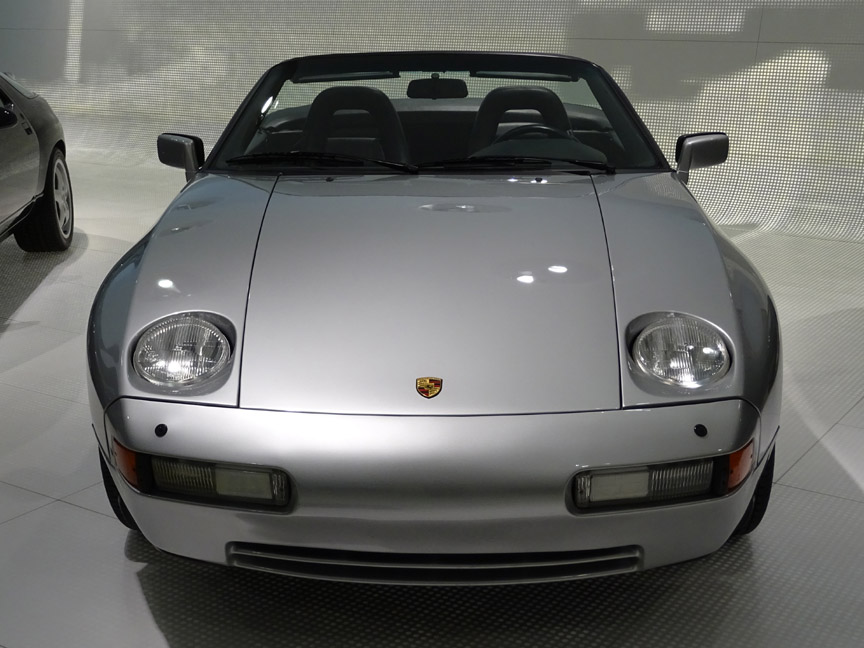
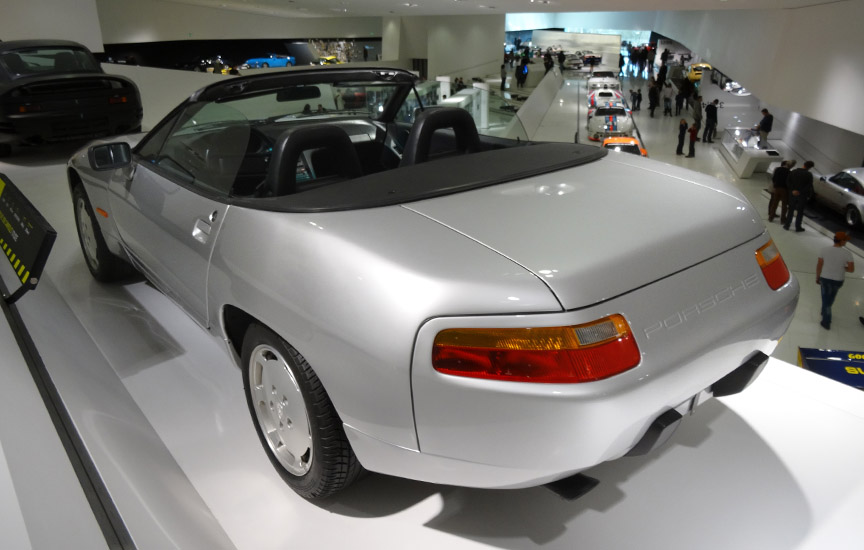
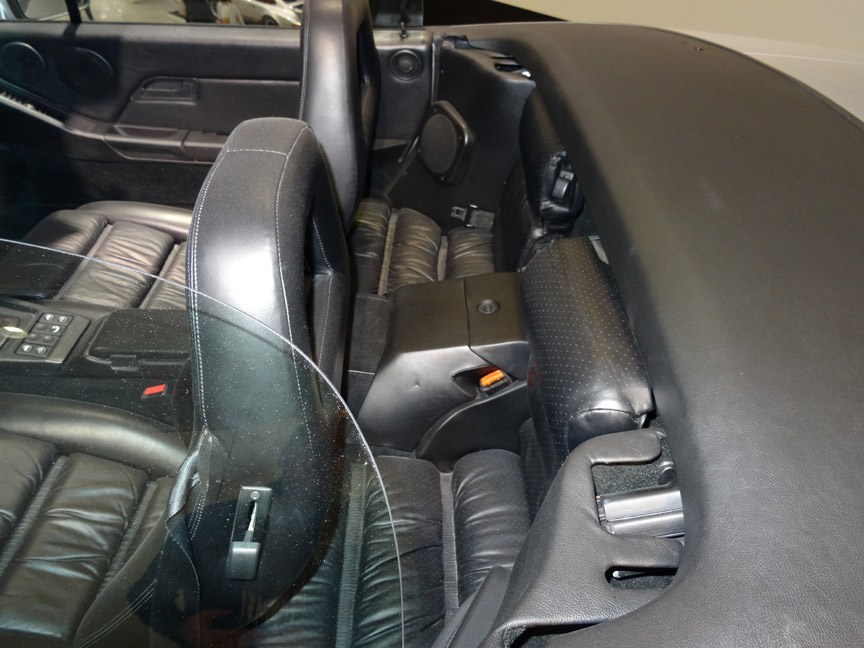
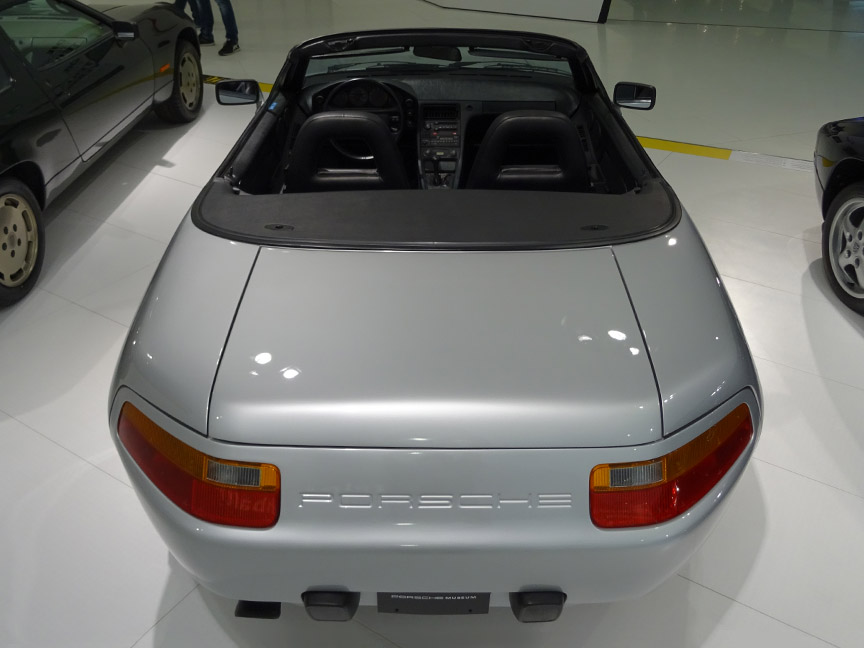
In 1987, the long wheelbase 928-4 concept was also pursued further and the result was a 4-door 928! Two cars were made, one based on European 928 S4 and the other on American market S4. The shape of the roof at the rear was different – the American version has a nicer flyline.
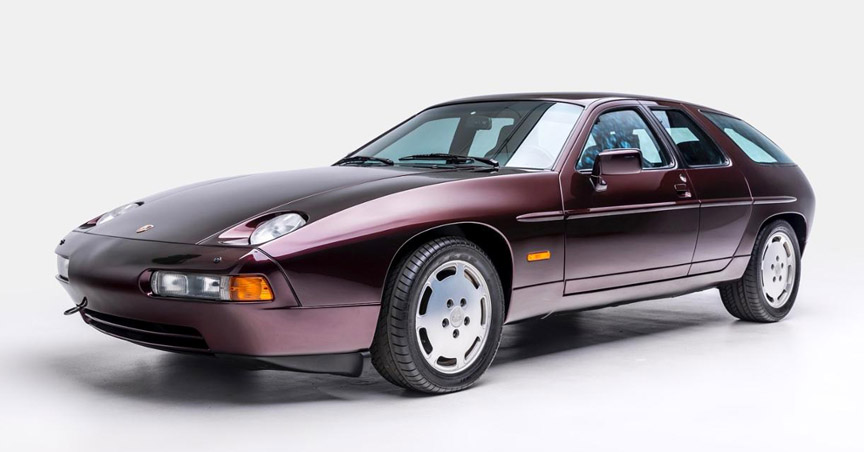
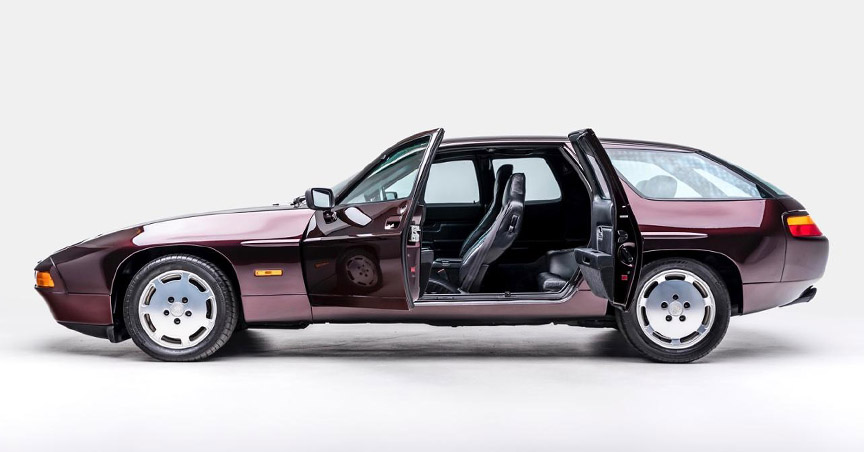
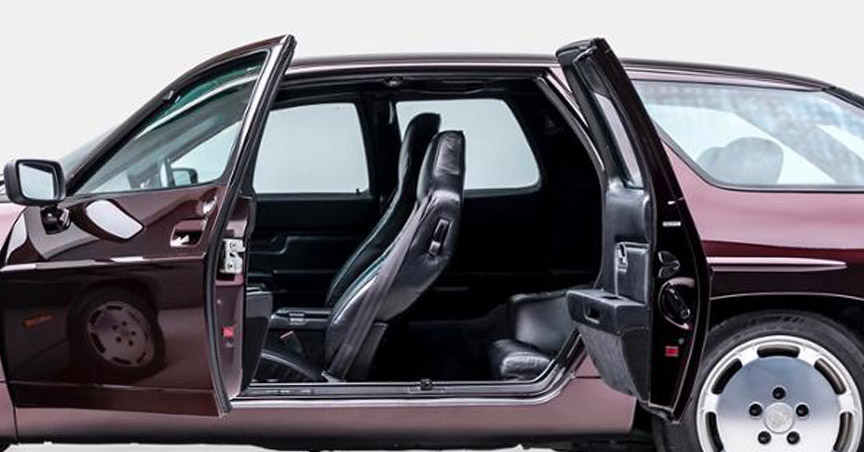
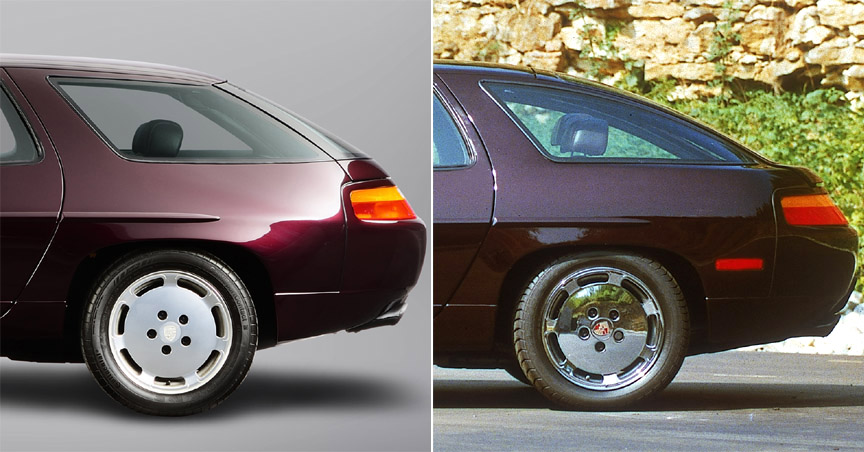
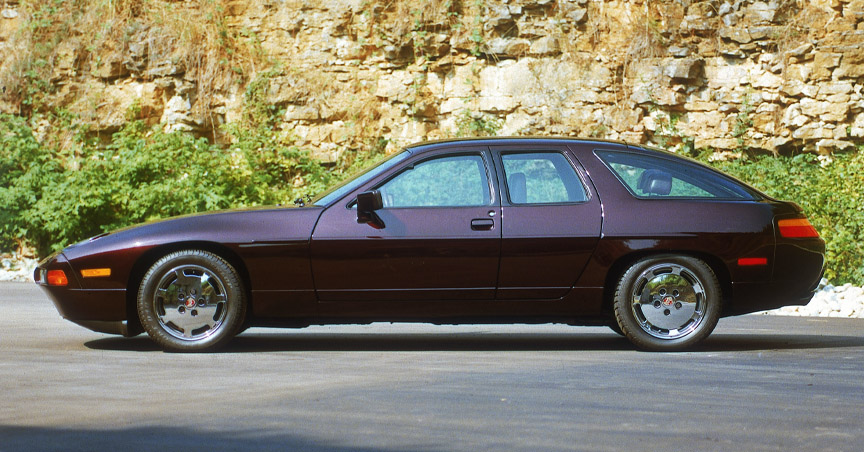
Both the 4-door 928 and the 928 Cabriolet were made on Porsche’s order by Karrosseriewerke Weinsberg (soon to be acquired by ASC which provided convertible tops for Porsche 944 Cabriolets from 1989).
Although the first prototype of the 928 S4 Club Sport (initially called “Leichtbau”) was created already in 1986, the production cars were launched as 1988 models. The CS had wider 8″ front and 9″ rear forged “Club Sport” wheels, better tyres (Bridgestone), sports shock absorbers and a weight reduction program. It is not exactly clear how much weight was saved on the production cars, but the numbers were counted during the prototype building: deletion of air conditioning -35 kg/77 lb, manually adjustable seats -20 kg/44 lb, no underbody panelling -15 kg/33 lb, lighter exhaust, smaller battery, no rear window wiper, lighter alternator and lighter starter, no rear sun visors, lighter wheels.
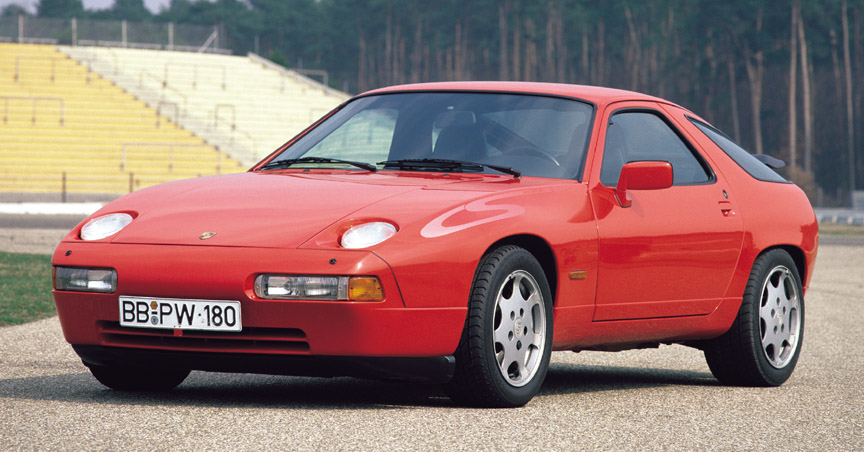
One of the S4 SC prototypes (“H53”) was experimentally equipped with the PDK double-clutch transmission that Porsche tested on its racing cars.
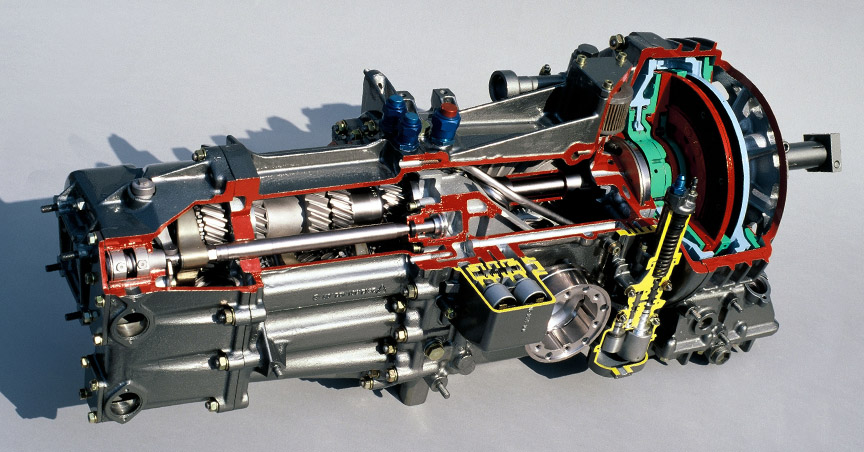
A few 928 S4 Sport Equipment cars were sold in UK. They can be positioned between the S4 and the CS.
In 1988, for the 1989 model year, the 928 cars were equipped with digital trip and warning displays in the instrument cluster (PIDS, Porsche Information and Diagnosis System) and with tyre pressure monitoring (RDK, Reifendruck-Kontrolle). For the 1989 model year, the 928 GT version was introduced. It was basically a S4 with a bit more power and available only with manual transmission. There wasn’t much special about the GT version, but as the 928 was a special car already, then every touch that made it more special, put more icing on the cake. In January 1989, Porsche dealers were informed that it was planned to produce 200 cars in the GT trim (option M639). It was probably just a marketing trick to get more sales. Despite the introduction of the GT version, Porsche sales were dropping (they had been dropping after 1986). Soon it was decided that the GT will not be a limited edition car and it will stay in production as a separate version. At the same time it was decided that the S4 will be offered only with automatic transmission.
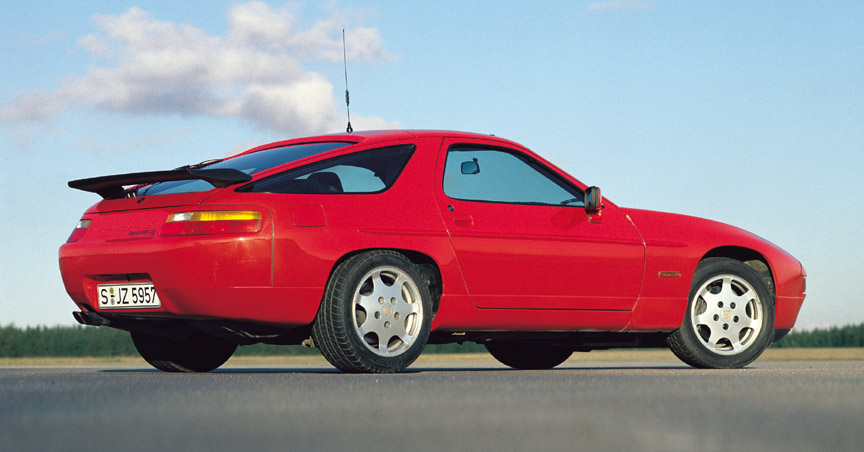
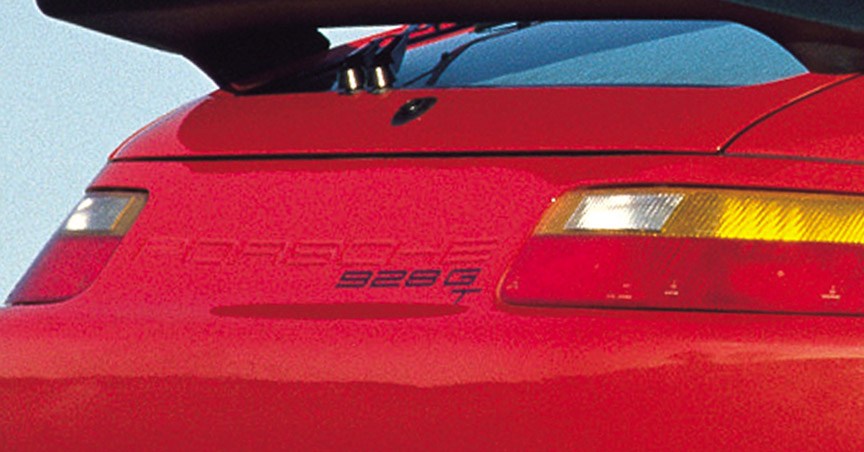
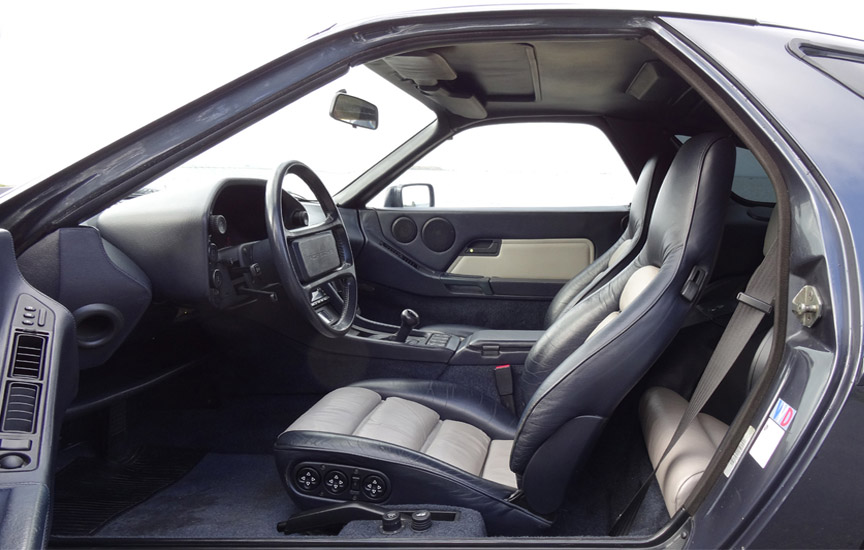
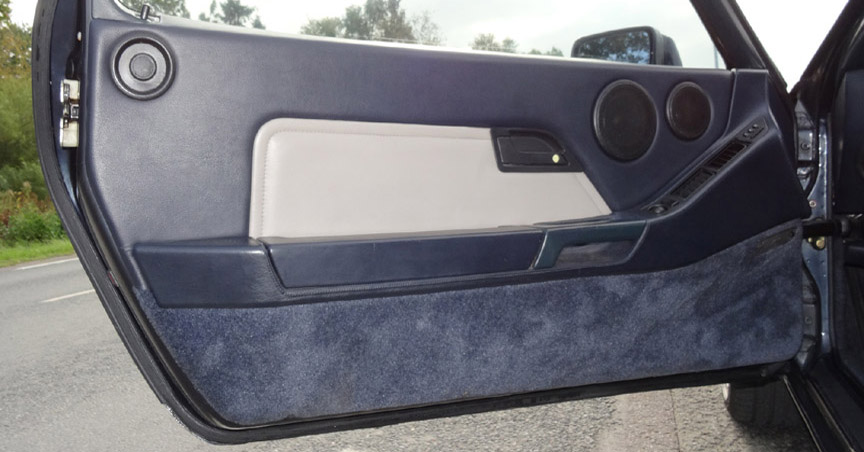
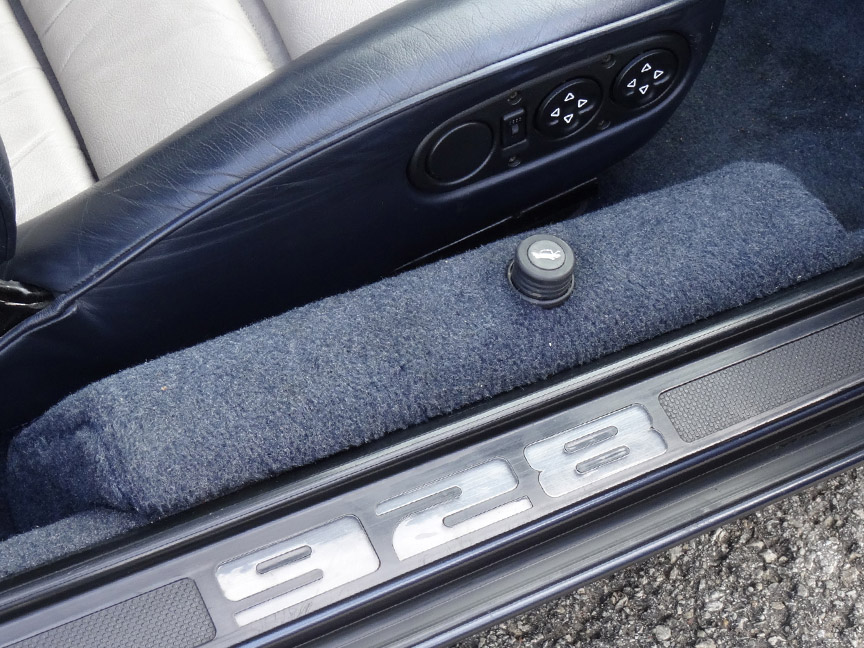
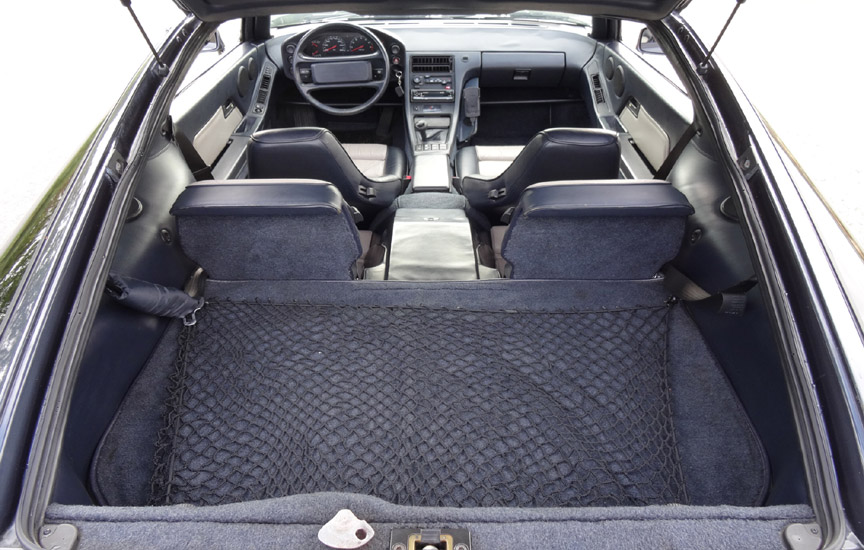
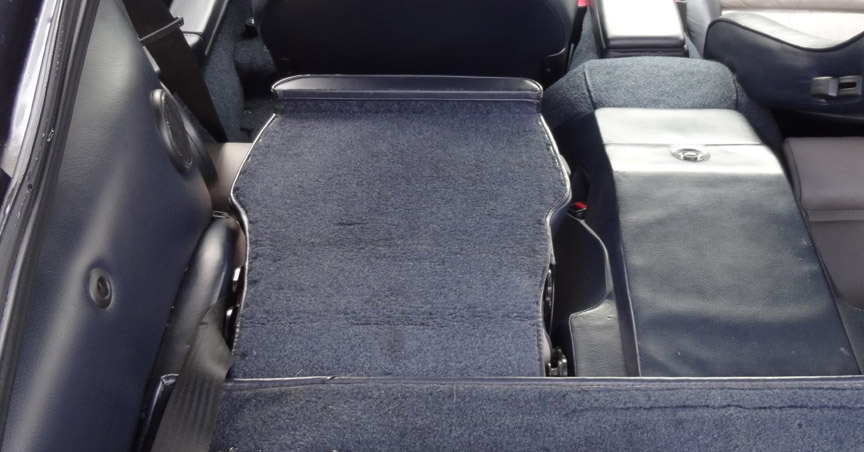
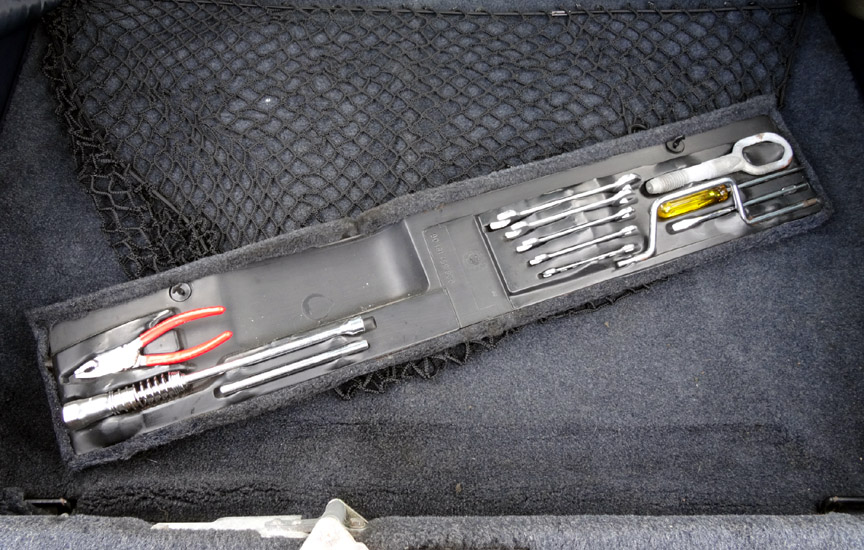
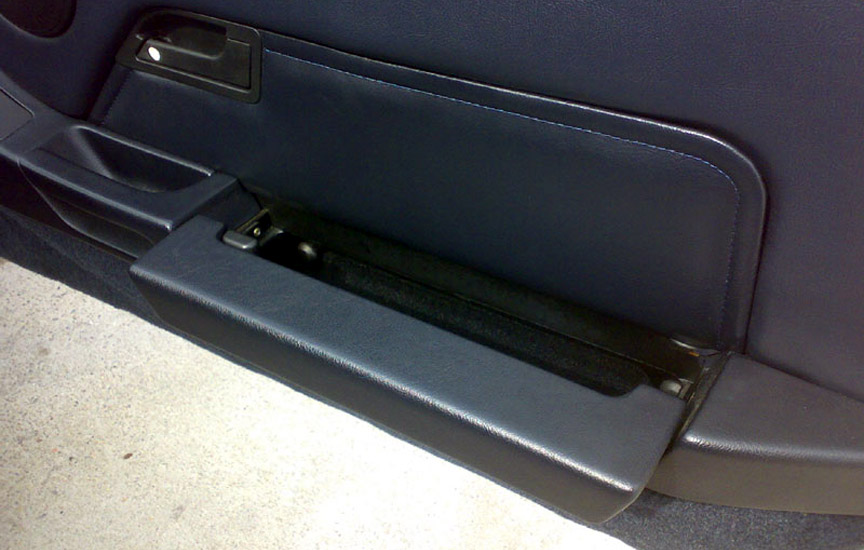
In the end of the eighties there was a plan to make all Porsche models a bit similar to each other, so, 911-style front fenders were proposed for the 928. A scale model was made, but it didn’t look good and the idea was dropped.
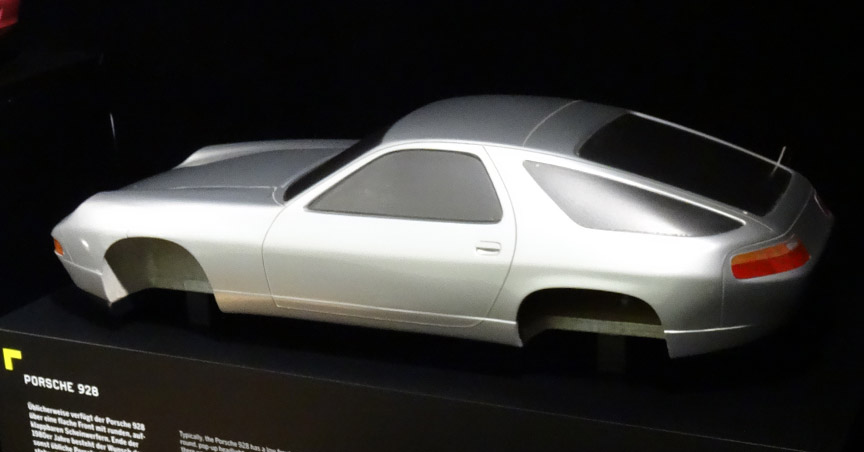
In 1989, Porsche Exclusive played with the idea of hidden pop-up headlights like on the 928’s first clay model in 1972. These hidden headlamps made it to the Porsche Exclusive brochure, but it is not known if anyone actually ordered them. The other new feature from Porsche Exclusive was the rear wheel arch widening modification, option XC1. Only around 10 cars were done with XC1.
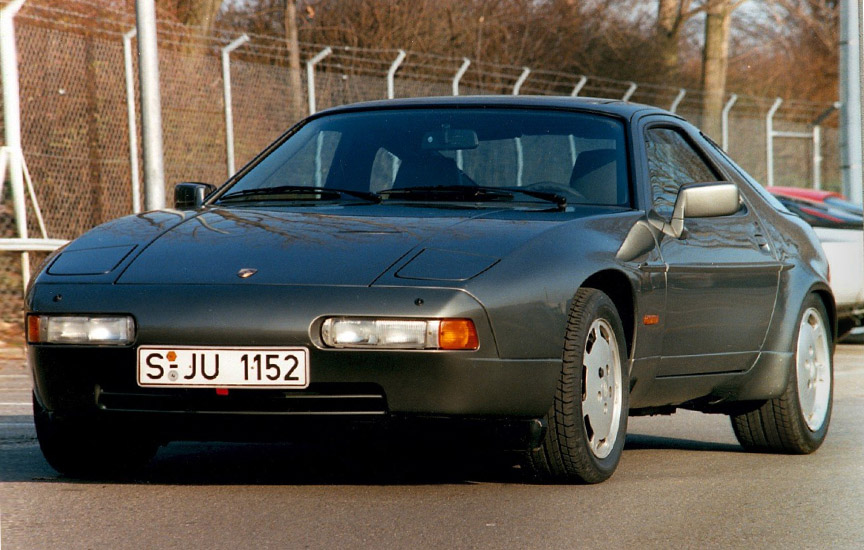
Instead of the XC1 rear wheel arch widening, from 1990 the complete rear fender widening option XX8 came from Porsche Exclusive. Around eighty model year 1991 cars were made with XX8 rear fenders with more than half of the XX8 cars going to a single country – Japan!
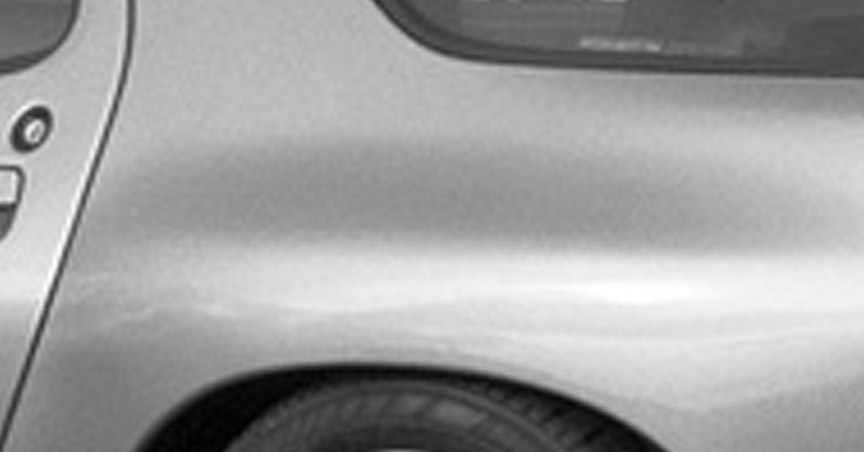
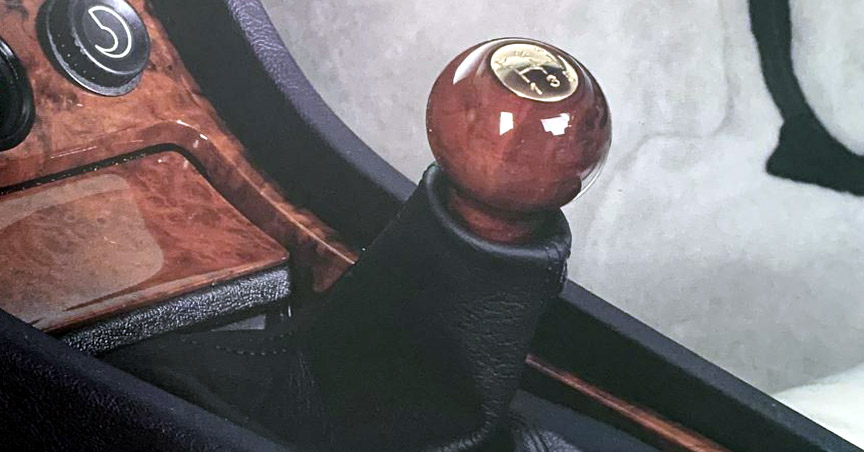
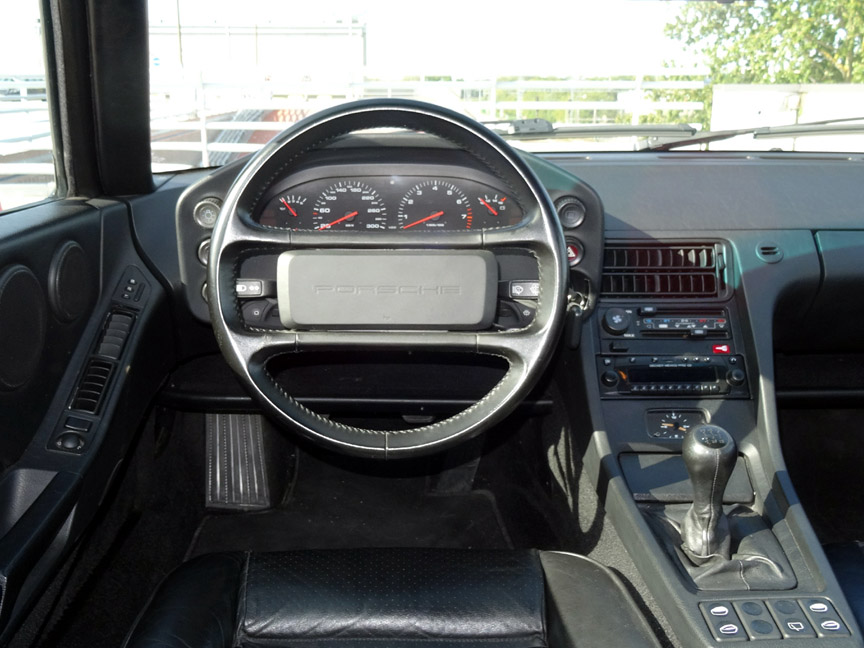
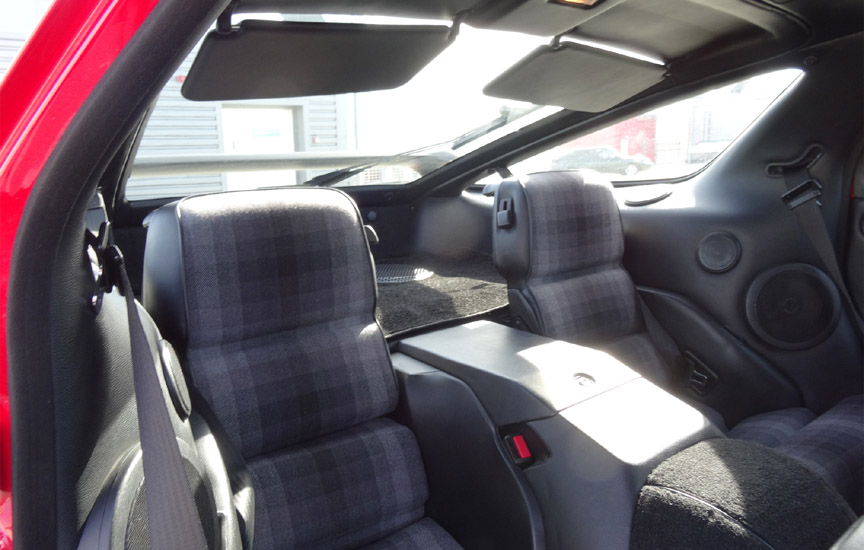
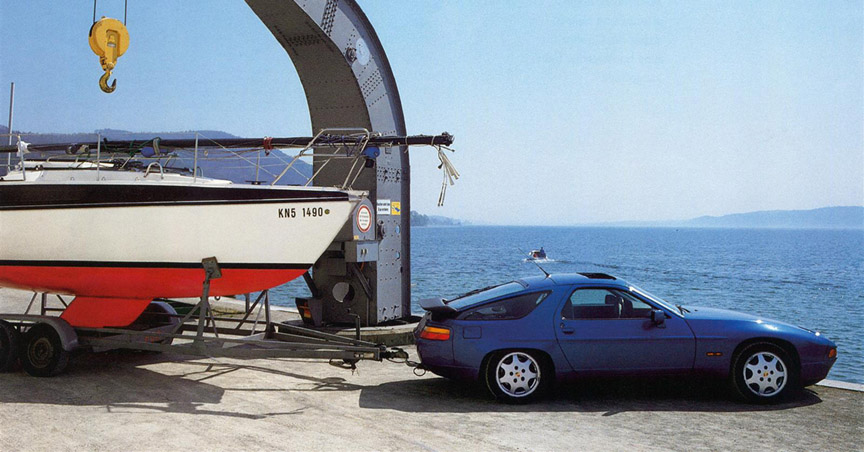
The trailer hitch on a 928 sounds weird and rare, but there were even more strange items officially available, like the special mirrors in case you towed a caravan (spare part code 928.731.051.02 for left and .052.02 for right side). Compared to this, a roof rack sounds like a usual thing, but it didn’t end there – you could order a luggage rack, roof suitcase box, ski box, surf board carrier, canoe carrier, regular bike carrier and race bike carrier – all these were officially offered items with 928 spare part codes!
The final change in the appearance of the 928 came in 1991 for the 1992 model year, when the 5.4-litre GTS replaced the 5.0-litre 928 S4 and GT. The GTS was unveiled at the Frankfurt motor show in September 1991. The 5.4-litre engine capacity was achieved thanks to a new crankshaft. The GTS got aerodynamic mirrors, bigger brakes, 17″ wheels with 255 mm wide rear tyres, wider rear fenders and a reflective rear panel with PORSCHE-lettering. Nice!
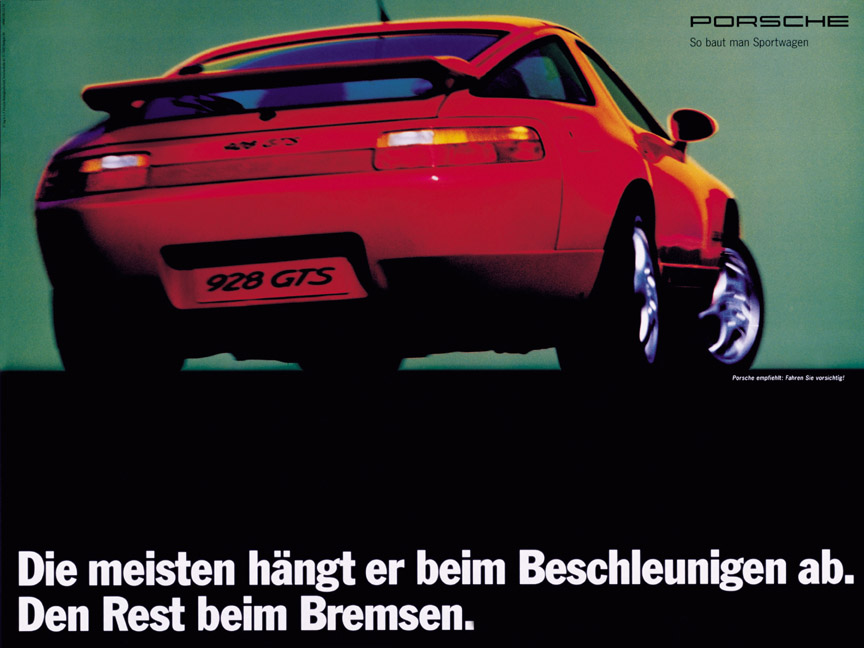
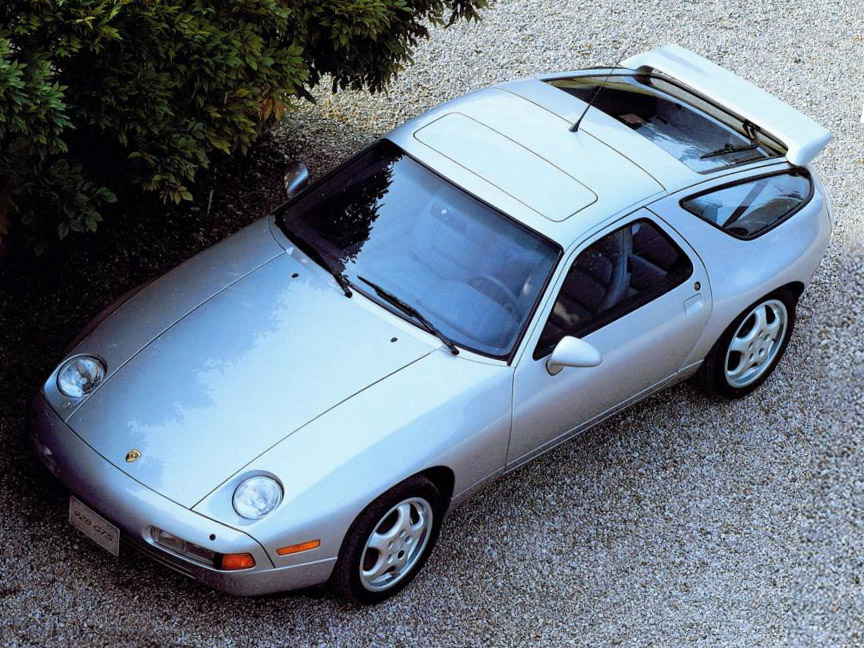
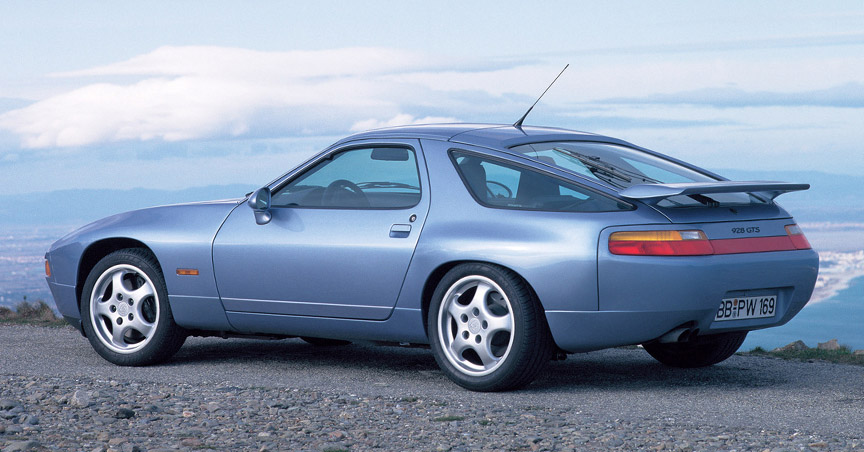
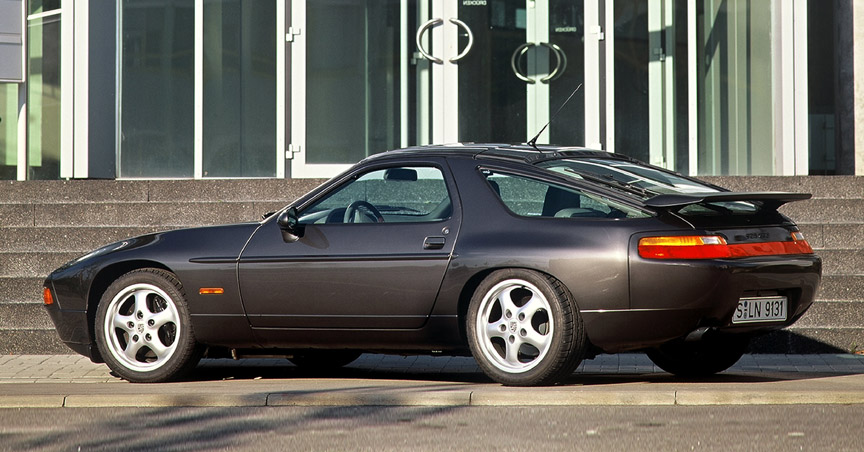
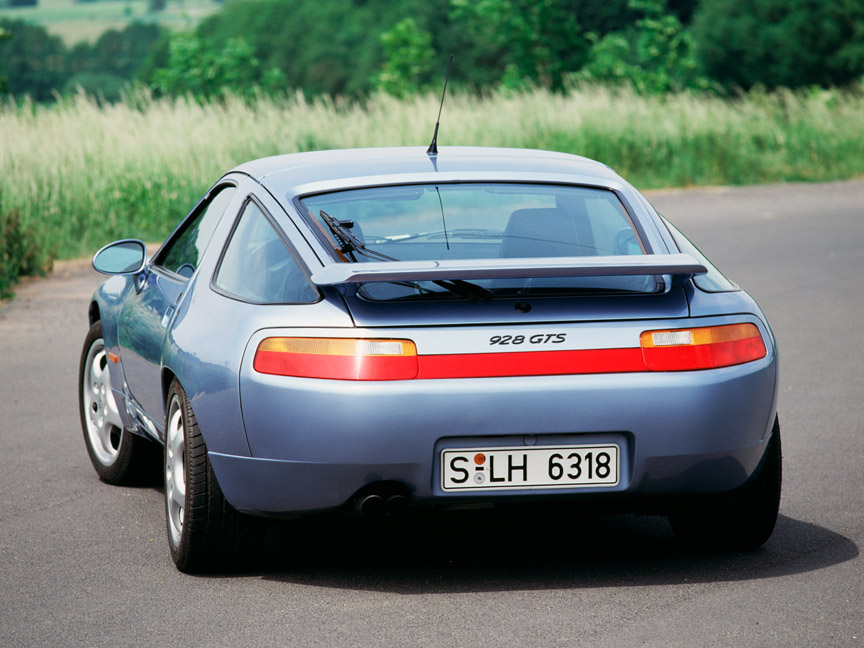
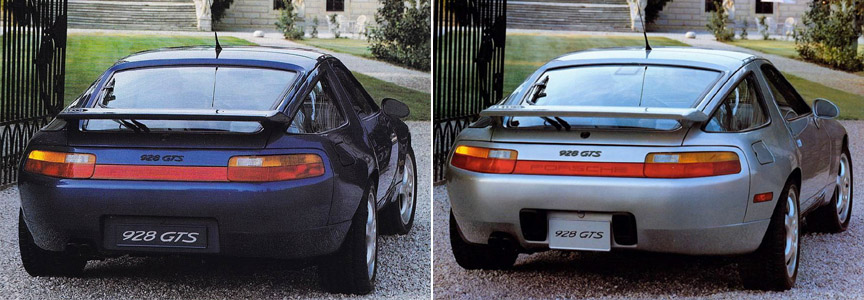
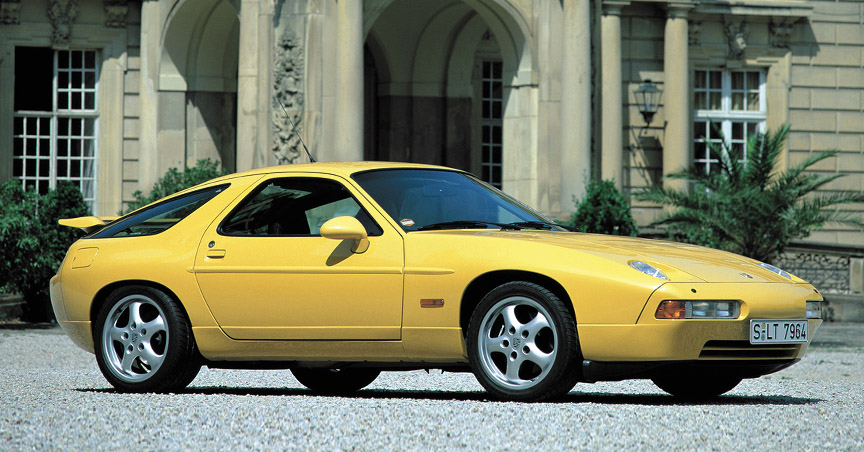
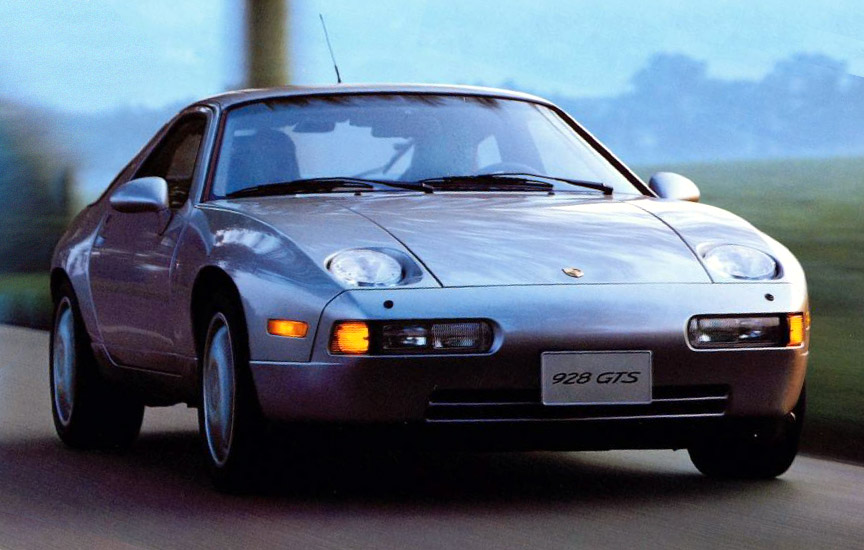
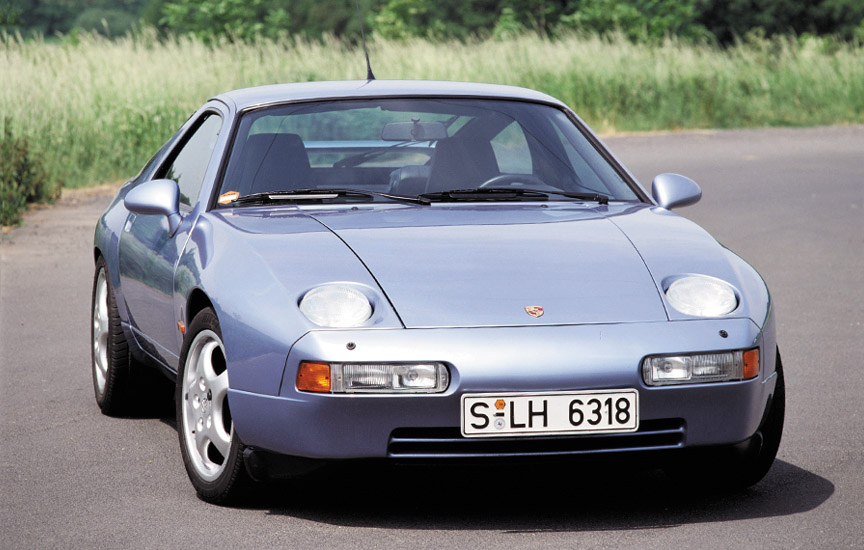
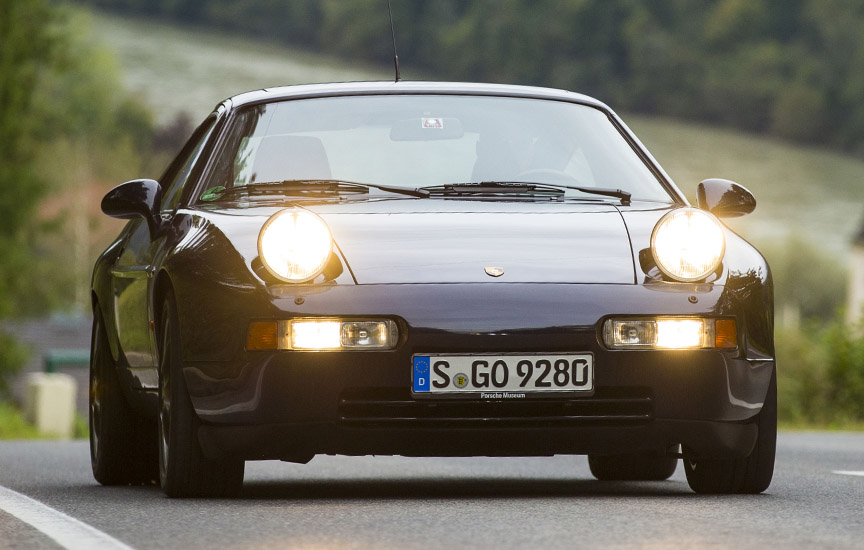
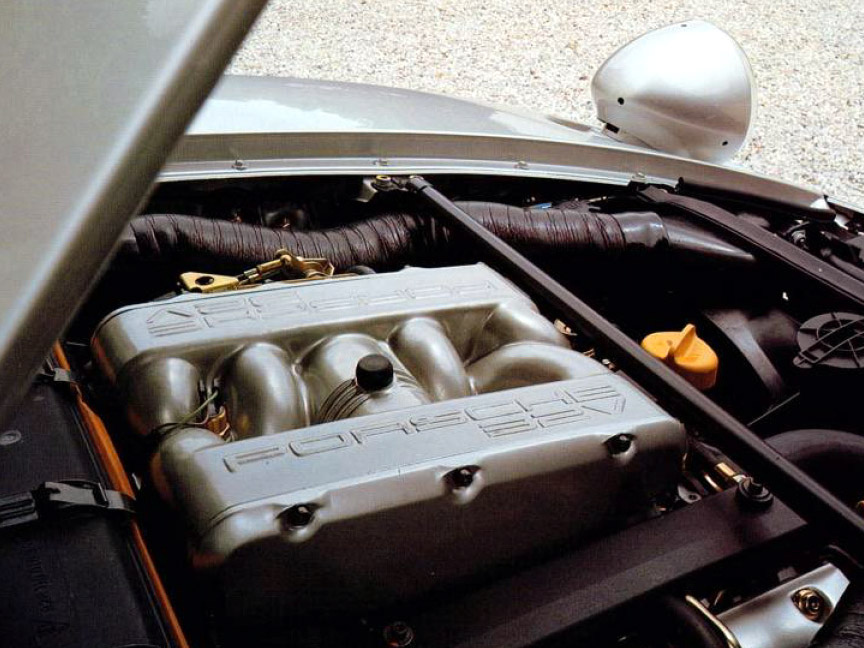
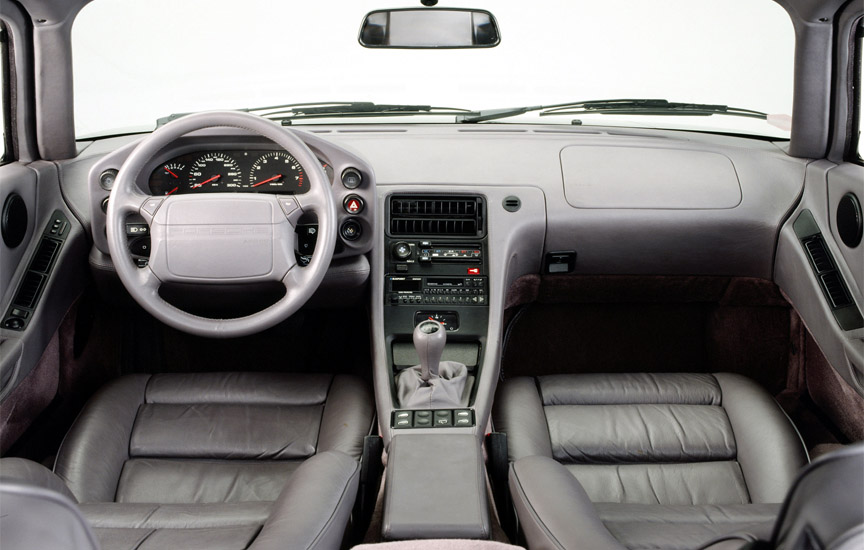
As a marketing trick, the GTS became available in America as a 1993 model, although it was still the very beginning of 1992. These cars have 1993 model year VIN and build code M718 which tells that the car is equipped with the next model year VIN (the car is older than the VIN shows).
The 928 GTS beat the 24 hour world speed record that the 928 S had hold for 11 years. The new average speed record set in 1993 at Nardo ring was 165 mph/265 km/h. This is average speed over the 24 hour period that included the frequent pit stops for refuelling and also the driver changes!
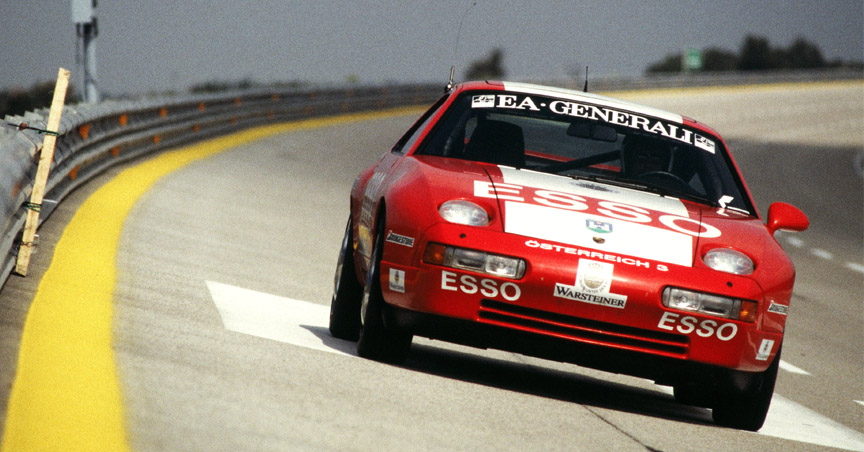
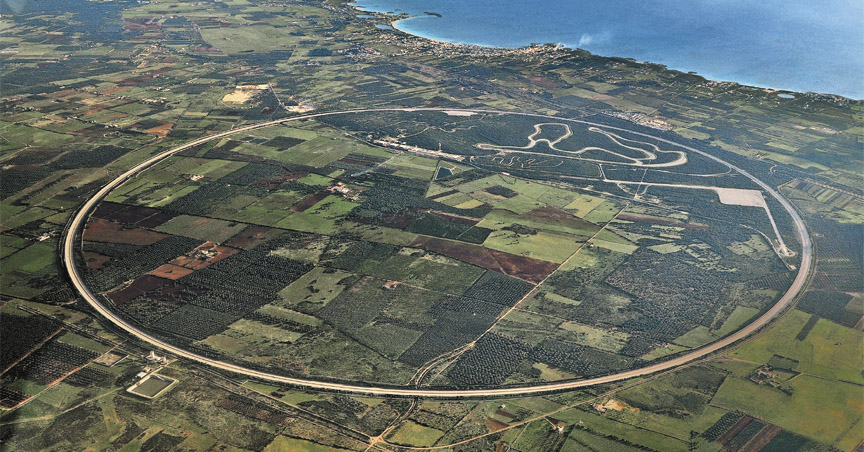
From 1994, Porsche Exclusive offered flared front fenders and 8″ wide front wheels with option X38. These were regular shape front fenders, just a bit wider, not to be confused with the front wheel arch add-ons used on Japanese market cars.
The 928 was a unique model in a sense that Porsche made so many concept cars on it or used its engine elsewhere. The luxurious 928 was as expensive as the 911 Turbo and it never sold in big numbers – around sixty thousand were sold in 18 years.


